

5 of the Best Backpacking Trips in Olympic National Park
O lympic National Park is a hiker’s dream destination. How many other places in the United States can you hike from the white sand beaches of the Pacific Ocean, through an ancient, old-growth rain forest, and up to a glacier-capped peak in the high alpine in a single day? Most of the rugged interior of this million-acre tract of land is accessible only by foot or by horseback, and the majority is also a wilderness area.
The park’s 611-mile trail network—which includes 135 miles of the Pacific Northwest Trail—is ideal for backpacking, with hundreds of potential loop or point-to-point itineraries possible for all ability levels. Here are five of my absolute favorite backpacking trips in Olympic National Park (plus permitting, campsites, and other logistical considerations). This is not an exhaustive list, but rather an overview of some of the most scenic and popular hiking the park has to offer.
1. Hoh River Trail to Blue Glacier

The Blue Glacier viewed from its lateral moraine.
Length: 37 miles Type: Out-and-back Elevation gain: 3700 ft Difficulty: First 12 miles easy; last 6 to the glacier strenuous Getting there: The road is paved all the way. Trailhead parking is competitive, so plan to arrive early in the morning. Permit considerations: High elevation campsites are quota sites. Bear canisters not required.
The first 12.4 miles of this trail comprise an easy stroll through the Hoh Rain Forest. There’s plenty to love about this hike long before you get out of the trees: immense spruces, firs, hemlocks, and cedars abound in this section, along with lush ferns, mosses, and peekaboo views of the mighty Hoh River itself.
Still, the trail’s big schtick is really the glacier at the very top of the trail—the only place in Olympic National Park where a non-mountaineer can get up close and personal to 7,900-foot Olympus itself via the lateral and terminal moraines of the Blue Glacier. Many people tackle the glacier from a base camp at Lewis Meadows or Elk Lake.
On your way back to the car, zip around the 0.75-mile Hall of Mosses loop near the parking lot for some additional rainforesty goodness.
Warning: You’ll have to climb significantly in the last five or six miles on the way out to the glacier, as well as navigate a landslide via a long, sketchy rope ladder just before Glacier Meadows. The ladder will pose a challenge for folks who struggle with heights or exposure.
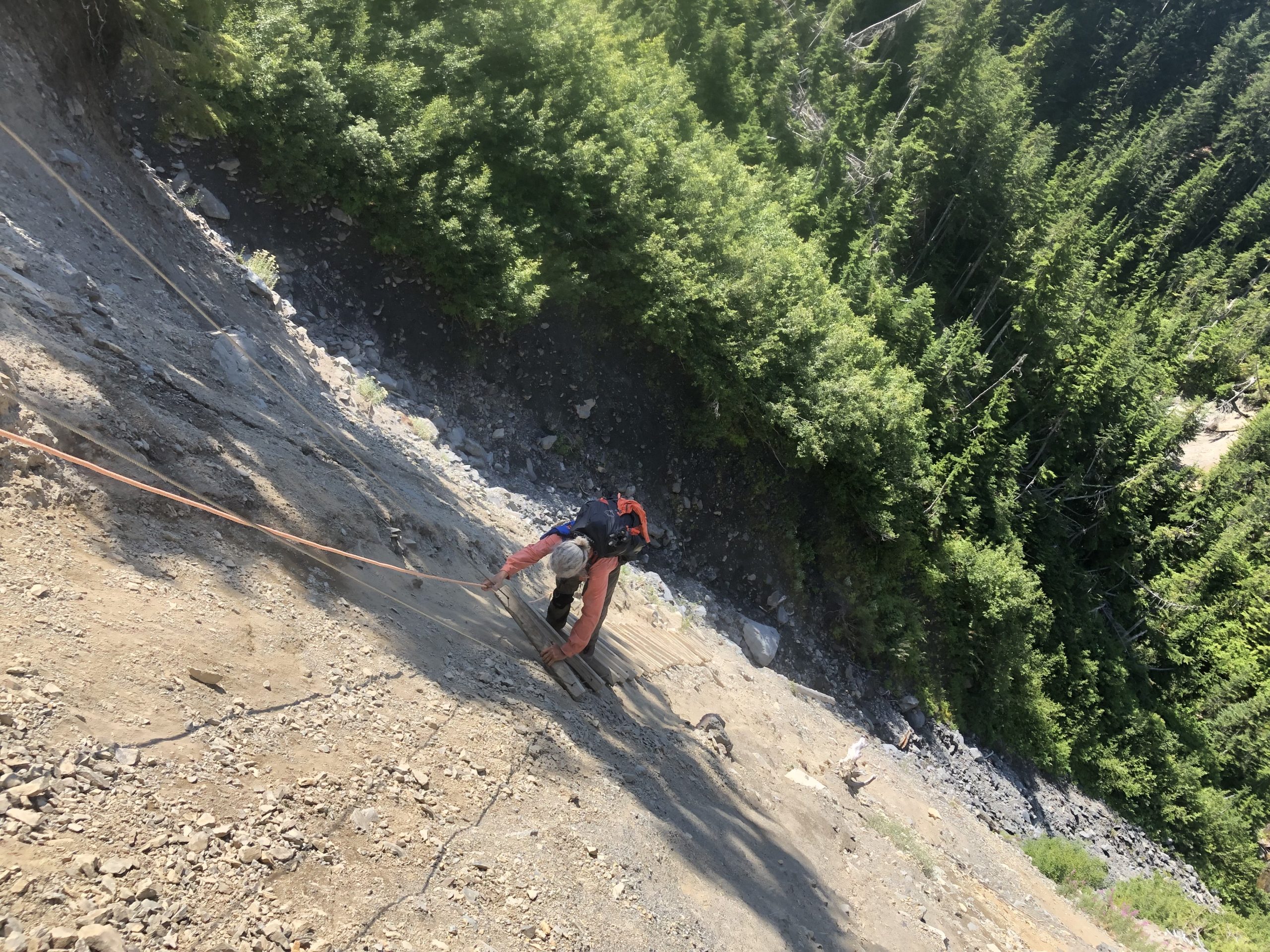
Yeahhh not sketchy at all.
Make it shorter: You can still have a very pleasant rainforest hike with almost no elevation change if you camp at Lewis Meadows (mile 10) and turn around.
2. High Divide / Sol Duc Loop

Length: 19 miles Type: Loop Elevation gain: 4000 ft Difficulty: Moderate to strenuous Getting there: Paved, two-lane road all the way. Smooth sailing. Permit considerations: All campsites are quota sites. Bear cans required.
The High Divide is one of the park’s few true ridge walks. Start at Sol Duc trailhead and head counter-clockwise past lovely Deer Lake up to the High Divide. As you navigate over Bogachiel Peak, you’ll gain views of Seven Lakes Basin to the north and Mount Olympus to the south.
This is a great hike for wildflowers in summer and fall foliage later in the season. While the mountain vistas are fantastic on this loop, the many picturesque alpine lakes along the way steal the show. The entire Divide is basically a gigantic huckleberry patch, which means tasty treats in late summer and a good chance at a black bear sighting.
After the hike, you can grab a shower and a soak at Sol Duc Hot Springs Resort—so bring your bathing suit in the car.
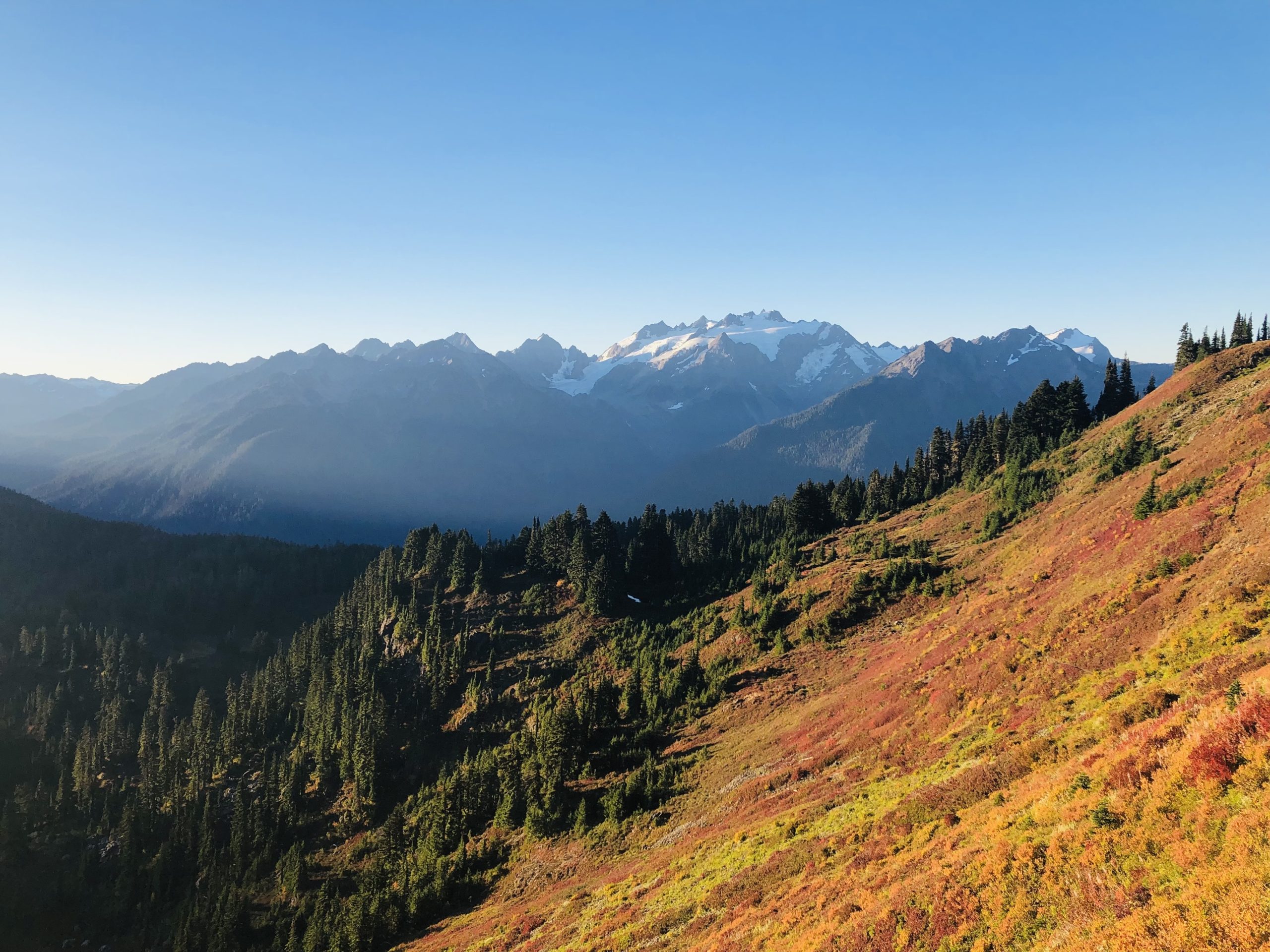
Mount Olympus from the Cat Basin primitive trail.
Make it longer: At Heart Lake, continue straight on the Cat Basin primitive trail and continue around past Swimming Bear Lake and Spreadeagle Pass. At Appleton Pass, pick up developed trail again and head back down to the Sol Duc Trail. This primitive trail is mostly easy to follow, but is steep, indistinct, overgrown, and eroded in several places, so I would only recommend it for experienced hikers. This extension will give you more miles and excellent vistas, including the best views of Mount Olympus in the area.
3. Enchanted Valley / Anderson Pass / O’Neill Pass Loop
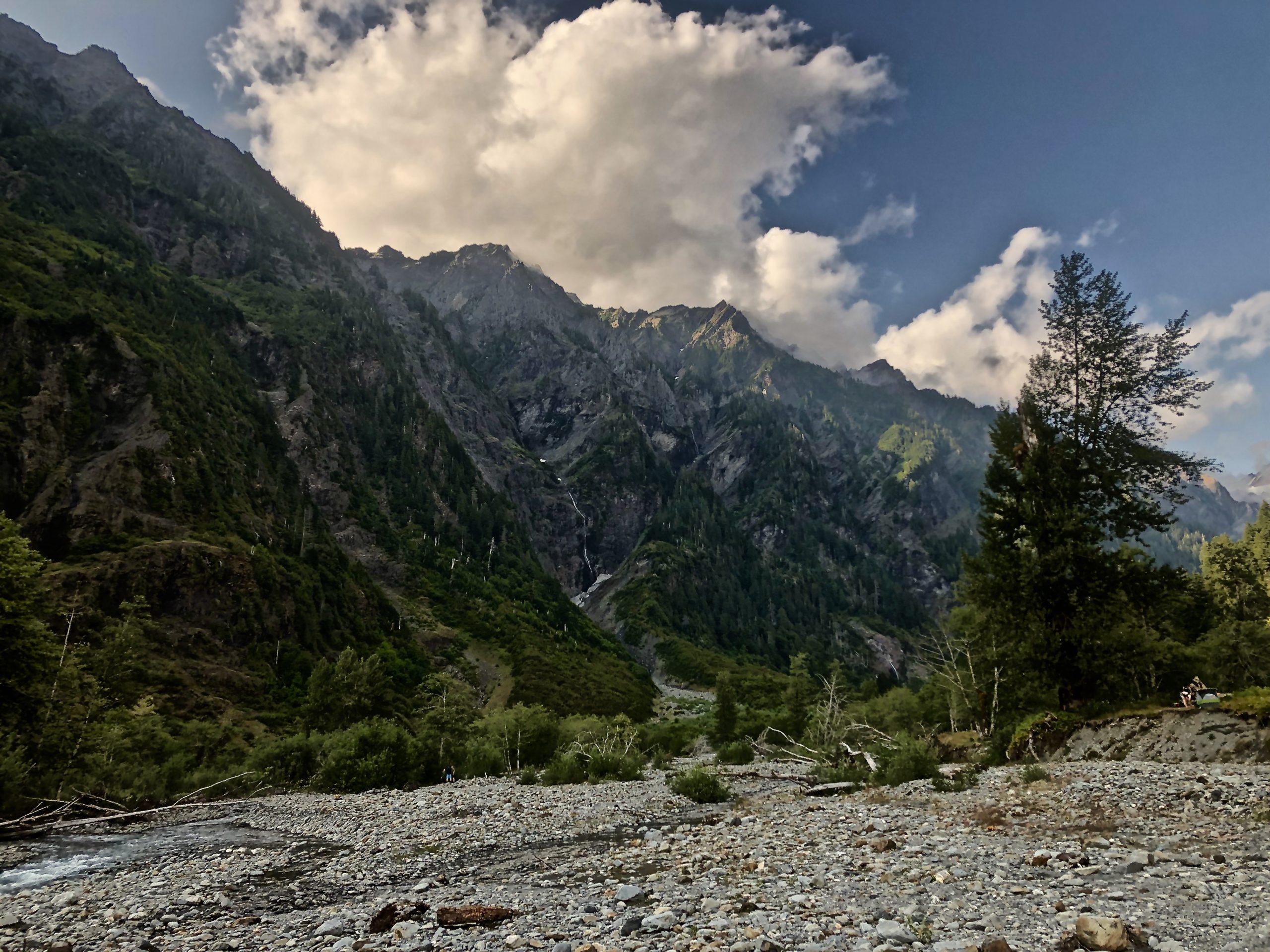
Enchanted Valley is one of the most popular beginner backpacking destinations in Olympic National Park.
Length: 52 mi Type : Lasso (loop/out and back hybrid) Elevation gain: 11,000 ft Difficulty: Moderate to strenuous Getting there: The road to Graves Creek Trailhead has some washboard but is in great shape overall as of this writing. Graves Creek Campground (primitive, self-service, $20/night) is 0.4 from the trailhead and is a great place to spend the night before getting an early start the next morning. Permit considerations: No quota sites on this loop, but some sites require bear canisters.
This hike begins in the Quinault Rain Forest. Be prepared to crane your neck a lot and say, “WOW LOOK HOW BIG THAT TREE IS,” at least 40 times on your way to aptly-named Enchanted Valley. There’s lots of camping in the valley, and you can watch the waterfalls tumble down 4000-foot valley walls from your tent.
From there, you’ll enter the loop portion of this hybrid “lasso” hike, beginning a roller coaster ride over Anderson, LaCrosse, and O’Neil passes. The Anderson Moraine and LaCrosse Lake spur trails are both worthy side trips along the way.
On your way home, you can stop at the coin laundry on Lake Quinault to wash your clothes and/or use the pay showers.

Anderson Moraine—the glacier is basically gone now, but this is still a worthy side trip from Anderson Pass.
Make it shorter: Just go out to Enchanted Valley and back. If you can book two nights in the Valley, set up a base camp and day hike to Anderson Moraine from there.
4. Grey Wolf Pass / Cameron Pass / Hurricane Ridge Loop

Lillian Ridge.
Length: 43 mi Type: Loop Elevation gain: 13,000ft Difficulty: Strenuous Getting there: The last eight miles of Deer Park Road are narrow, steep, and winding as you climb to 5,500-foot Deer Park Trailhead. As of 2022, the road is in excellent shape, but you do have to be cautious of other vehicles coming downhill fast around the many blind corners. Parking is limited. Permit considerations: Everything in the Grand Lake area is a quota campsite, the rest are not. Some sites require bear cans.
This hike balances some very remote, seldom-visited parts of the park with the highly photogenic Hurricane Ridge area. You can expect decent trail conditions between Grand Pass and Hurricane Ridge due to that area’s popularity. Every other part of this loop is quiet and infrequently maintained, so expect overgrown vegetation, deadfall, and eroded/washed-out sections of trail in places.
This hike offers up both solitude and a veritable buffet of scenery, including mossy forests, Mount Olympus, and glimpses of Port Angeles, the Strait of Juan de Fuca, and British Columbia. You’ll also get to enjoy one of the park’s precious few sustained ridge walks on Lillian Ridge and Hurricane Ridge.
This is a challenging hike featuring several very steep and strenuous climbs on this loop, notably Lost Pass, Cameron Pass, and Grand Pass.
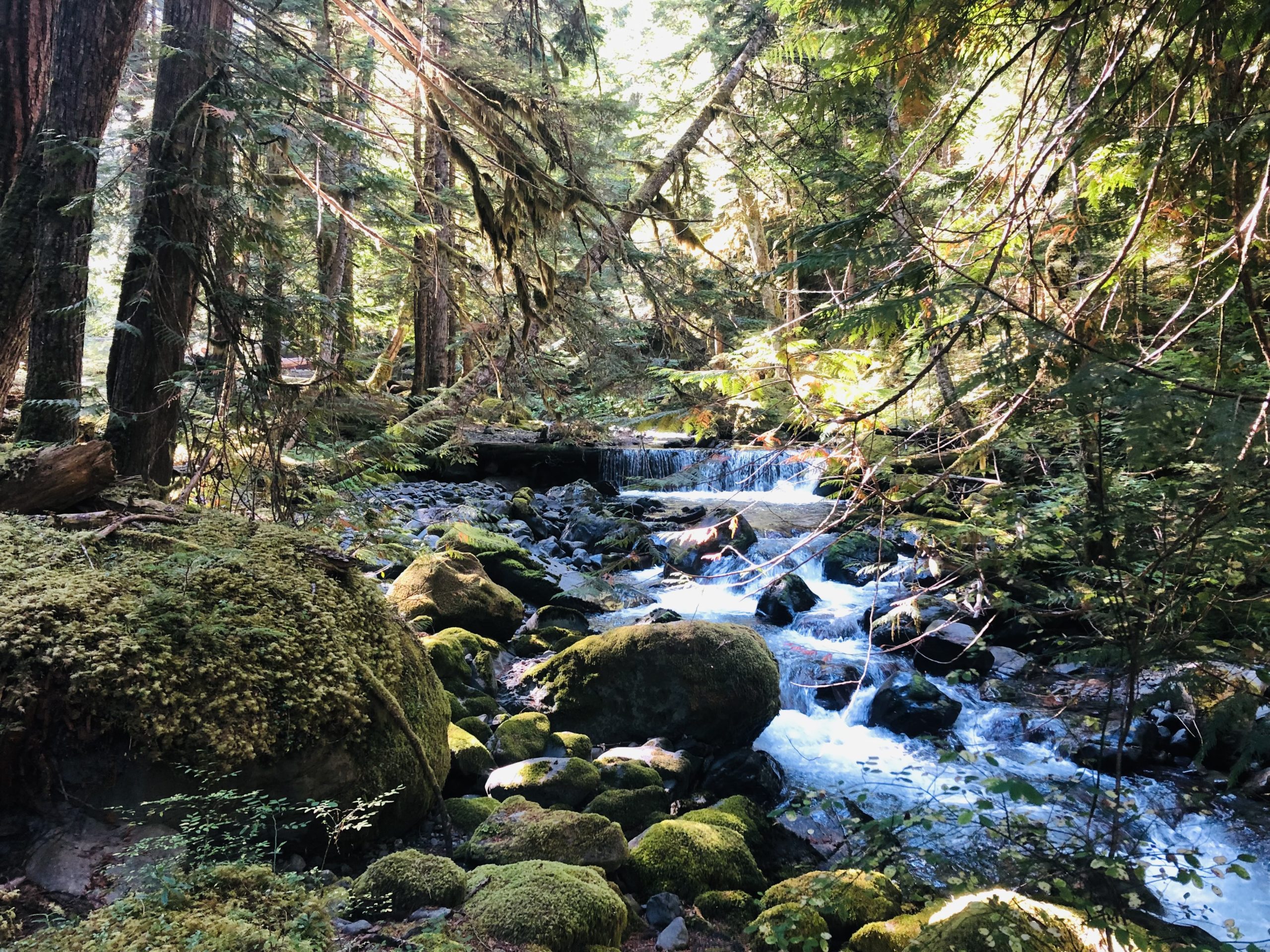
The Grey Wolf River.
Make it shorter: Park at Obstruction Point Trailhead (closed for the remainder of 2022) and just do the Grand Lake / Hurricane Ridge area, which is undoubtedly the most scenic portion of the hike.
Make it longer: Take some extra time to explore side trails along the way. Cedar Lake is a worthy side trip from Falls Camp, and when you get to the Obstruction Point area, check out Badger Valley in addition to the ridge walk.
5. Shi Shi Beach to Ozette Lake
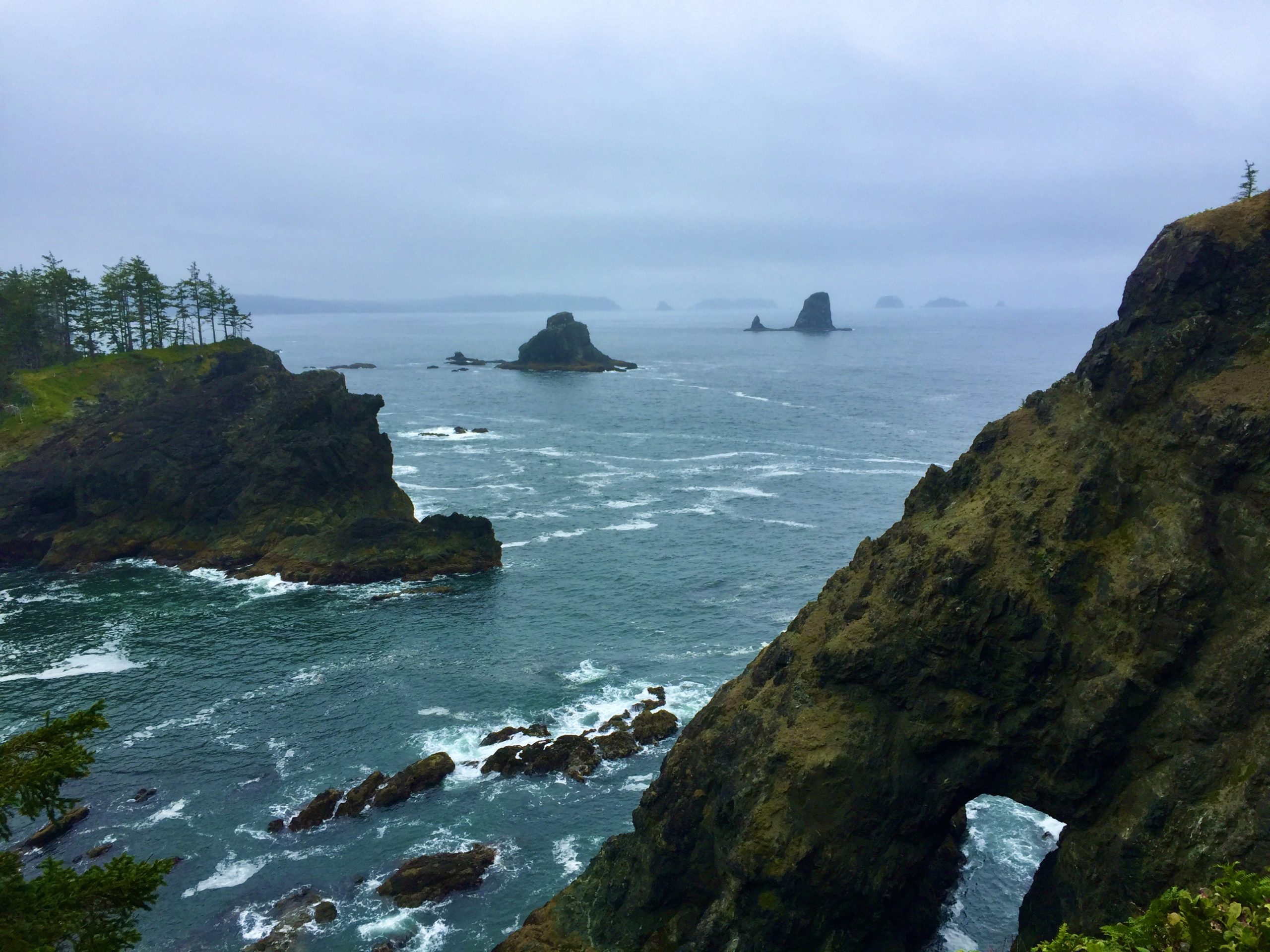
Photo via Dan Purdy.
Distance: 19 mi Type: Point-to-Point Elevation gain: 500 ft Difficulty: Moderate Getting there: At Shi Shi Beach, park your vehicle at one of the many grass/dirt lots along Tsoo-Yess Beach Road. Local homeowners run these lots, and you’ll find specific payment instructions at each lot. Also, as you’ll be parking on Makah land, please be familiar with their rules and regulations. Chief among these is the Makah Recreation Permit , which must be displayed on your parked vehicle. Permit considerations: Many of the beach campsites are quota sites. Bear cans are required at all sites.
No Olympic National Park backpacking guide would be complete without at least one beach hike. I haven’t actually done this hike (it’s on the bucket list), but one of our writers has and has created a fantastically detailed profile of it. If you can shuttle or stage two vehicles, you can do this as a point-to-point hike. Otherwise, it’s short enough that you could do it as an out-and-back.
Look forward to beach sunsets, tide pools, sea stacks, and other exciting beauty things on this gloriously unique hike. You will need a tide chart to navigate around some headlands, while others are impassable even at low tide and must be bypassed via overland trails.

Starfish bravely clinging to some kelp. Photo via Dan Purdy.
Make it shorter OR longer: You can’t start any further north than Shi Shi. However, you could turn around earlier than Alava to make it shorter or press on as far as Rialto Beach to make it significantly longer.
READ NEXT – The Olympic North Coast: 19 Miles of Magical Coastline in Olympic National Park
Olympic National Park Backpacking Logistics
Good to know.
- Dogs and other pets are not allowed on any trail in Olympic National Park. Service animals are OK.
- You won’t see any mountain bikes in the park, but many trails are accessible to pack animals.
- Cell service is spotty to nonexistent throughout most of the park. Do yourself a favor and assume you won’t have a signal.
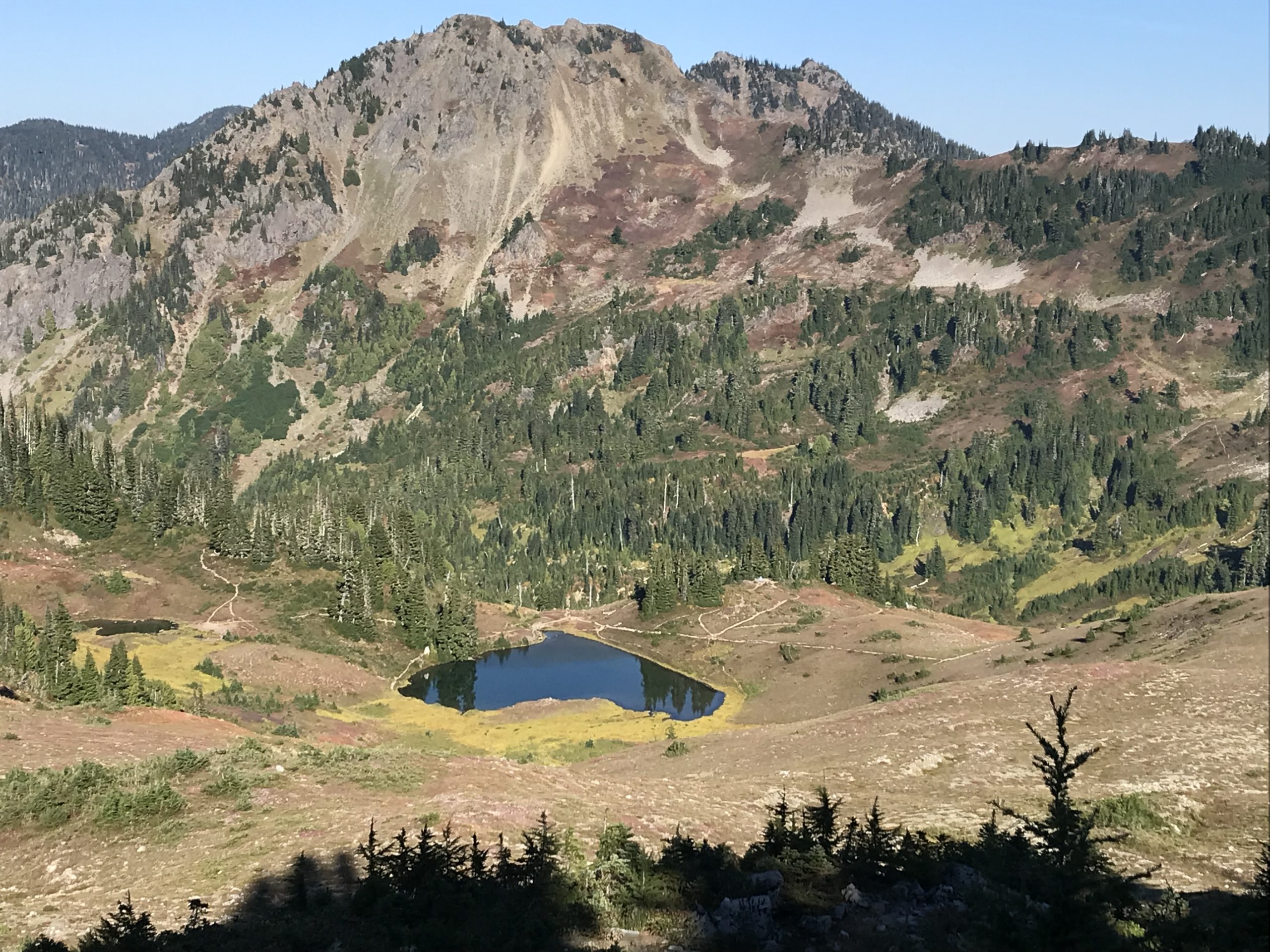
Heart Lake is a popular, quota-controlled campsite on the High Divide Trail.
You will need a permit to camp backcountry anywhere in Olympic National Park. Permits cost $8 per person per night plus a $6 booking fee. You can make reservations yourself online at recreation.gov up to six months in advance and print the permit within five to seven days of the start of your hike.
Quota sites: Some backcountry campsites are limited by a quota. If you sign up for one of these sites, you are expected to keep to your itinerary. On the park’s helpful Wilderness Trip Planner map , quota sites are indicated by yellow tent symbols.
Other sites are not quota-limited. You still have to register for these sites, and the park expects you to follow your itinerary as closely as possible to make search and rescue efforts easier. However, it’s not as big of a deal to stay at a different non-quota campsite since they’re non-competitive.
Unlisted campsites: Recreation.gov doesn’t list every backcountry campsite in the park. Unlisted sites are reservable, but you must know to ask for them. To do this, you can book a trip in the area you want to hike, then email the Wilderness Information Center (WIC) and ask to change the campsite. You can also try calling the WIC directly at (360) 565-3100 to book your permit over the phone, in which case the rangers can help you build an itinerary.
The backcountry rangers at Olympic National Park are extremely knowledgeable and helpful. It’s well worth calling, emailing, or stopping in person at the WIC to chat with them about your intended hike. They can also help you make changes to existing permits.
Bear Canisters
Some (not all) campsites in the park require you to store your food in a bear can. Be careful to note whether any of your campsites require canisters. If you don’t own one, you can usually get a free loaner from one of the WICs. While the park can’t guarantee they’ll have enough loaners on hand at any given time, I’ve never had a problem getting one. You can also buy canisters in Forks, Port Angeles, or Seattle. The Forks Outfitter also has a rental program.
Bear Can Recommendations: BearVault BV500 || Garcia Backpacker’s Cache (this is the kind the park will loan you)
Best Time to Hike in Olympic National Park

Fall colors at Gladys Lake on the Grey Wolf – Hurricane Ridge loop.
May through mid-October are the relatively dry months in this area, though the weather is always unpredictable on the peninsula. July and August are the busiest, most popular months. If you go before July, you’ll encounter gushing streams and waterfalls, more snow, and bugs, but fewer crowds. If you go in September or later, you’ll have fewer bugs, fewer crowds, and a shot at seeing some color change in the alpine tundra. Note that some high-elevation areas are only available for campsite reservations in the summer months (June or July through mid-October).
Final Thoughts
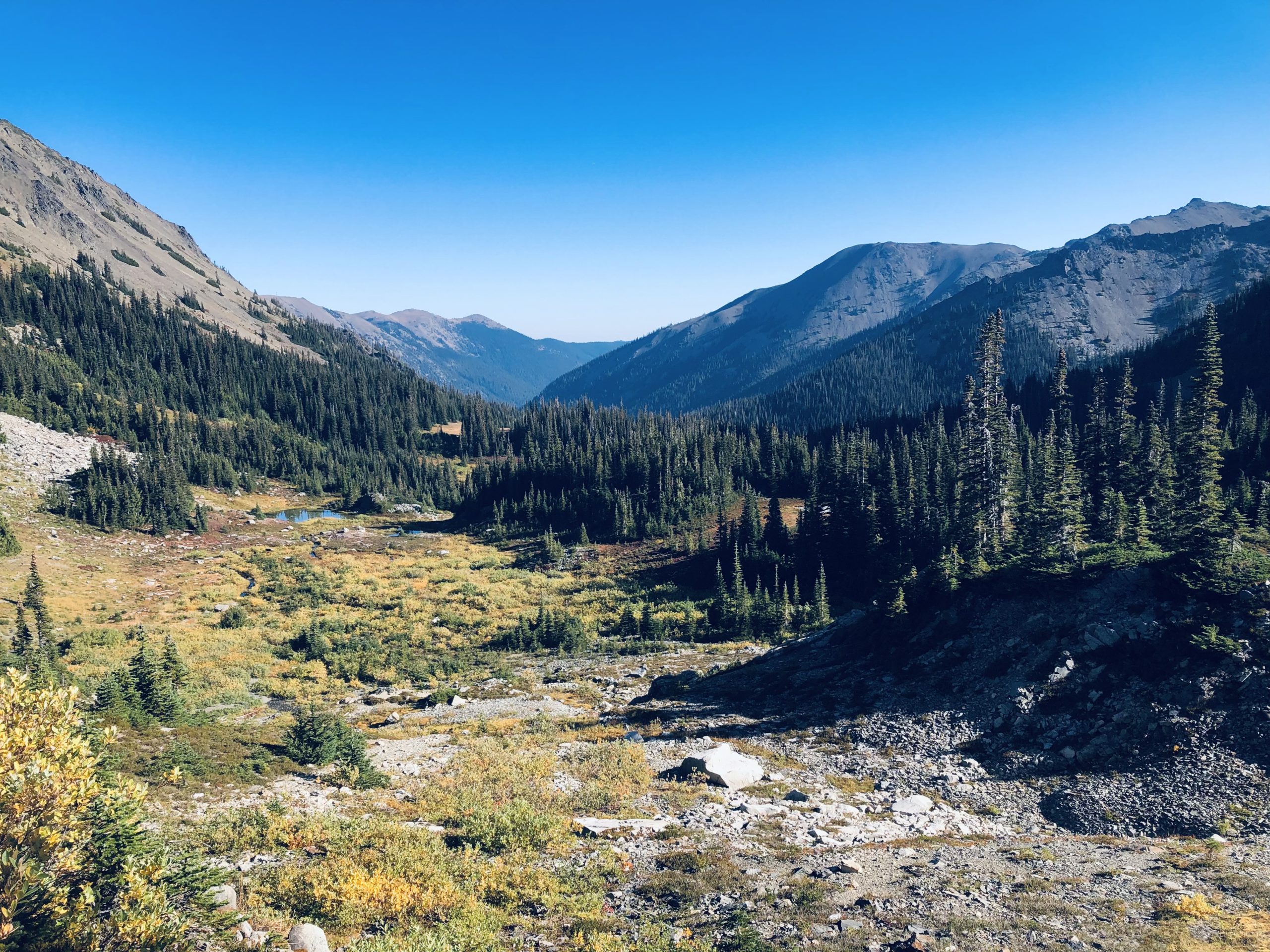
Grey Wolf Pass.
This is far from an exhaustive list of backpacking trips in Olympic National Park. You can make any number of different itineraries on the peninsula, including many that are less crowded than the popular gems we’ve highlighted.
I also encourage you not to limit yourself to just hikes within the confines of the park itself. There are tons of trails in the Buckhorn Wilderness and surrounding area that are worth exploring too. Washington Trails Association is an invaluable planning resource for anyone looking to scope out potential hikes in the area.
Featured image: Seven Lakes Basin, 2005. Photo by Brian . Graphic design by Zack Goldmann.

This website contains affiliate links, which means The Trek may receive a percentage of any product or service you purchase using the links in the articles or advertisements. The buyer pays the same price as they would otherwise, and your purchase helps to support The Trek's ongoing goal to serve you quality backpacking advice and information. Thanks for your support!
To learn more, please visit the About This Site page.
Oh hey there! I'm Ibex, managing editor of this site. I mostly spend my spare time scheming new adventures and inadvertently setting my hair on fire while cooking. Thru-hikes: Appalachian Trail 2018 | Wonderland Trail 2019 | Colorado Trail 2020 + 2021 | Wind River High Route 2022 | Pyrenean Haute Route 2023
What Do You Think? Cancel reply

THE OUTDOOR SOCIETY
Hiking Tours Beyond Yellowstone's Boardwalks
7 Jaw-Dropping Backpacking Trips in Olympic National Park
Olympic National Park is constantly one of America’s most-visited National Parks, yet few take the time to explore more than a mile or so off trail. With 611 miles of trails in the park, and nearly one million acres of wilderness to explore, backpacking in Olympic National Park gets you up close and personal to one of the worlds last remaining wild areas. From rugged, glaciated peaks, to isolated set-stacks on rugged coastlines, the only American rainforests, high alpine lakes and amazing waterfalls, the trails in the backcountry of Olympic lead to some of the best destinations in the world.
This year, take a trip to forgotten northwest corner of America and fall in love with the true wilderness of Olympic National Park. Whether you decide to hike to old chalets, shrinking glaciers, ancient petroglyphs, alpine lakes surrounded by mountains goats, or just looking to wander a remote section of beach to watch the most beautiful sunsets in America, Olympic’s backpacking trails are waiting for you. make sure you get your backcountry permit before backpacking in Olympic and all National Parks. While reservations aren’t needed for many of these trips, you still need to register with the park for your life-changing backpacking adventure.

Enchanted Valley and Anderson Glacier
Distance: 37 miles out and back
Backcountry Campsite Reservations: Not Needed
Backcountry Camping Areas: 5
Recommended Days: 5-7
The trek out to the Enchanted Valley is quite possibly the most iconic backpacking destination in Olympic National Park. Considered a rite-of-passage to experience the Olympics, this route out of the Quinault Rainforest gets you to impressive wilderness of all styles. Hiking through the rainforest, the trail takes you over bridges, before arriving in the Enchanted Valley. Also referred to as the “Valley of 10,000 Waterfalls,” the area has incredible views of mountains, black bear, the Quinault River and an old chalet that was built in the 1930s. The Chalet was rescued from a certain end in 2014, when it was moved 100 feet away from the Quinault River, which it was nearly falling into. From Enchanted Valley, head up into the mountains and experience Anderson Glacier, one of the 311 glaciers in the Olympic Mountains. Anderson Glacier is quickly melting away, so you better get to it soon, before it vanishes forever.

Royal Basin
Distance: 18 miles out and back
Backcountry Campsite Reservations: Permits are required and must be obtained at the Wilderness Information Centers .
Backcountry Camping Areas: 2
Recommended Days: 3
Hiking to Royal Basin gives you the best of the Eastern Olympics. Starting out along the Dungeness River, the second steepest river in America, the trail works its way along Royal Creek before arriving at the scenic Royal Lake. From here, trails let you explore incredible waterfalls, giant boulders and one of the greatest basins in Olympic National Park. Located at the base of Mount Deception, the second tallest peak in the Olympic Range, Upper Royal Basin has glacier tarns, peaks to climb and one of the moon-like landscapes you will find. With all this just a short nine mile hike, it is easy to see why it is a popular destination. Therefore, reservations and proper permits are needed to camp here between May and October. Don’t let the short distance fool you though, it is well worth the elevation gain and hoops to jump through to get this as a summer backpacking destination.

The Pacific Coast Olympic Wilderness
Distance: 22.7 one way
Backcountry Camping Areas: 11
Recommended Days: 5
If you have ever seen a picture from the Olympic Coast, you are able to appreciate just how wild and rugged it really is. Home to amazing hiking, whale watching, tide pooling and the best sunsets of your life, hiking along the Olympic Coast of Washington State will change your life. Hiking along the coast is challenging work, and a knowledge of tides is needed to properly complete this hike, yet all the effort is worth it for just one day along the 73 miles of coastal wilderness. This is the longest undeveloped stretch of coast along the contiguous United States, and is quite the popular backpacking destination. With miles of sea-stacks, as well as the Makah Petroglyphs, the region between Ozette and Shi Shi Beach will astonish you with its wild beauty and culture. Be aware, the best campsites fill up quickly, and reservations are needed to access the region in the non-winter months.

The Duckabush/Skokomish Traverse
Distance: 32.9 miles one way
Backcountry Camping Areas: 9
Side Trips: For an extra loop with stunning mountain views, add the La Crosse Pass and O’Neil Pass loop.
One of the lesser known traverse hikes on the Olympic Peninsula, the route from the Duckabush River to the Skokomish River gives a wide variety of terrain, including incredible mountains, wildlife and old growth forests. Starting at Duckabush, the trail works its way along the Duckabush River, climbing over Big Hump before entering into the old growth of Olympic National Park. From here, the trail skirts the river, climbing in elevation while giving you views of wildlife before crossing the river and heading to Home Sweet Home Camp. This wildflower-filled valley a few hundred feet below the 4,688 ft, First Divide gives great views of mountains, and an option to climb a few lesser known peaks, like Mount Hopper. After the pass, the trail drops quickly along the Skokomish River, giving impressive views of huge trees, glimpses of majestic peaks and a glimpse of the human history of the region.

Hoh River to Blue Glacier on Mount Olympus
Distance: 36 miles out and back
Backcountry Campsite Reservations: Permits are required above Lewis Meadow and must be obtained at the Wilderness Information Centers.
Backcountry Camping Areas: 8
Recommended Days : 3-5
Hiking the Hoh to the base of Mount Olympus is yet another iconic hike in Olympic National Park, and for good reason. The trail works its way up the glacier-fed Hoh River, weaving through moss-draped old-growth forests, herds of elk, and neck deep ferns. Mostly flat for the first 12 miles, the path gives hikers a chance to see impressive valleys, waterfalls and even a the Mount Olympus Ranger Station. After Lewis Meadow, the trail climbs 3,000 feet in less than 4 miles to Glacier Meadows Camp, just a short trek to Blue Glacier and the route to climb Mount Olympus. This hike has it all, from rainforests to high aline lakes, glaciers and the peak of the tallest mountain in the Olympic Range, all along one incredibly beautiful and popular trail. Be aware, the best campsites fill up quickly, and reservations are needed to access the region in the non-winter months.

Elwha to Quinault: The Press Expedition Route
Distance: 44.6 miles one way
Backcountry Camping Areas: 14
Recommended Days: 6-9
As one of the longest traverses of Olympic National Park, the route from the Elwha River to the Quinault is also one of the most historic. In 1889, a group of journalists and explorers from Seattle and the region took five months exploring the Elwha and Quinault Rivers. The route they took passes amazing locations like Goblins Gate and the Grand Canyon of the Elwha before reaching Low Divide and dropping into the rainforests of the Quinault. Today, the trail passes Humes Ranch and Cabin, before exiting the less popular areas for the wilderness of the Elwha. The Elwha River is now dam free for the first time in over a century, and the region is flourishing. This route to the Quinault gives solitude, opportunity for exploration and a chance to see trail marks left by the Press Expedition explorers. Along the North Fork of the Quinault River, the trail becomes even more beautiful, making it a great place to watch wildlife, dip in glacier fed river and hike through ancient, giant trees.

Seven Lakes Basin
Distance: 19.3 mile loop
Backcountry Camping Areas: 7
Recommended Days: 3-5 days
One of the more popular backpacking trip in Olympic National Park, those who get a permit to Seven Lakes Basin are rewarded with eye candy of mountains, lakes, animals and forests. Aptly names, the basin is full of lakes, mountain goats, wildflowers, and incredible views of glaciated peaks around the Olympic Mountain Range. Starting with the always impressive Sol Duc Falls, the trail heads up along the Sol Duc River, gaining in elevation before depositing hikers into an alpine wonderland. With campsites around the lakes, finding your favorite destination may be quite hard, as each lake offers unrivaled beauty. The highlights are probably Heart Lake and Lunch Lake, but Hoh Lake and Deer Lake are also quite spectacular. The Seven Lake Basin Loop is best done during clear summer nights, when after spending a day exploring the lakes and ridges of the region, you can sit back and enjoy one of best stargazing views in the park. For those looking for a high alpine experience in Olympic National Park, this is one of your best options.
WANT MORE ADVENTURES IN AND AROUND OLYMPIC?
Discover a Hike a Week through Doug Scott’s Olympic National Park Area Guidebook

Keep Reading See All

Full Moon Rising: Yellowstone National Park Full Moon Tours

Eight Yellowstone National Park Hikes/Tours I Recommend for November and December
5 Amazing Backpacking Trips in Olympic National Park
Explore the best of the Pacific Northwest backcountry.
By: The Outbound Collective + Save to a List
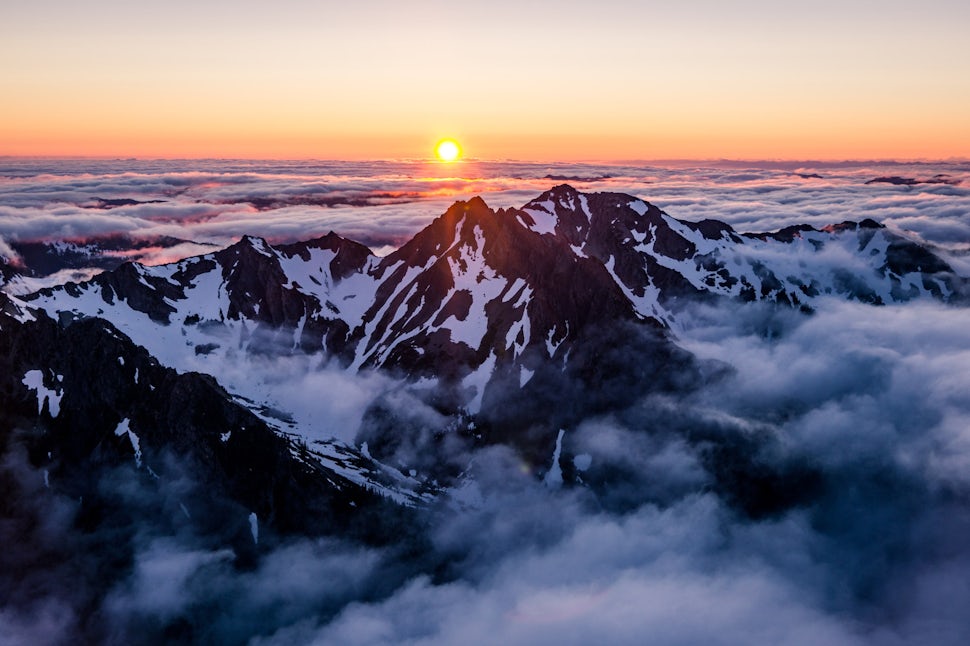
If you’re an avid hiker and backpacker, a trip to Olympic National Park needs to be on your to-do list. Even if you’re new to backpacking, there’s quite the dynamic mix of backcountry adventures below; one of these trails is sure to meet your needs. Some of the most spectacular views in the whole park are only accessible by hitting the backcountry!
Our favorite part about a backpacking trip to Olympic National Park is the chance to enjoy a little R&R afterwards. Nothing eases the soreness that always follows a backpacking trip like a dip in Sol Duc Hot Springs Resort . Soak your exhausted legs in the mineral-rich waters, then treat yourself to delicious Northwest cuisine served at the Springs Restaurant . Oh, and did we mention the massages ?
If you've got time to spare after your backpacking trip, we highly recommend treating yourself to a couple days of recovery. We're sure you'll be glad you did. Check out some of our favorite backpacking trips in the park below and if you're looking for more tips on how to spend a few days in the area, check out our Explorer Sonja Saxe's story 72 Hours Exploring the Olympics .

This is the perfect opportunity to backpack through the gorgeous Hoh River Trail at a more beginner level. The Hoh Rainforest is gorgeous with its moss-covered trees and ample opportunity to see wildlife. This particular section is open year-round (and ideal in the winter for anyone seeking solitude) but if you're considering the full Hoh River Trail be sure to check with rangers on the snow and avalanche conditions.

This intermediate level backpacking trip is always a great choice. You’ll put in some decent work to reach your destination with 2,500 ft. of elevation gain but you'll be rewarded with classic views of the Olympic Range and many pristine alpine lakes. If you're looking for somewhere to fly fish, this spot is for you.

A dynamic and varied exploration, you’ve got to look into this trip if you're up for a challenge. This is not a hike you want to undertake straight off the couch. You'll be climbing just over 3,000 ft. with some pretty steep sections, but every step will be worth it.

This is a popular day hike due to it's relative ease of access, but if you stick around to spend the night the crowds thin out and you'll share this special place with just a few neighboring backpackers. This is another great spot for any anglers...the brook trout here are invasive so not only do you not need a license, but rangers often encourage you to take as many fish as you can.

This is one of the most challenging - and most rewarding - trips you could take in the park. Strap on your boots and prepare for unforgettable views of the Olympics, the Cascades and the Pacific to the west. For this trip, it’s ideal to have rock climbing and glacier travel experience and always check in with the rangers for current snowpack conditions before heading out.
Discover more adventures around Olympic National Park here or check out the Stories below.

Cove photo: Gabe O'Leary
We want to acknowledge and thank the past, present, and future generations of all Native Nations and Indigenous Peoples whose ancestral lands we travel, explore, and play on. Always practice Leave No Trace ethics on your adventures and follow local regulations. Please explore responsibly!
Do you love the outdoors?
Yep, us too. That's why we send you the best local adventures, stories, and expert advice, right to your inbox.

Olympic National Park: My Second Ever Backpacking Trip
Heather DuBrall
I was invited on a two-day backpacking trip in Olympic National Park with two lady adventure friends. The shenanigans with friends on the first day was invigorating, and the solitude of an early morning photo tour on the second day was a dream.

Olympic National Park Is an Oasis of Family-Friendly Adventuring
The Outbound Collective
Visit one of the most enchanting parks in the United States.

6 Beautiful Lakes to Explore in Olympic National Park
Discover an endless supply of lakeside views.

20 Photos that Capture the Beauty of Olympic National Park
If you're considering an adventure to the Pacific Northwest, your first stop should be Olympic National Park.

10 Must-Do Adventures in Olympic National Park
Whatever you decide to do on your adventure to Olympic National Park, you really can’t go wrong.
- Local Adventures
- Tours and trips
- Camping Nearby
- Outbound PRO Membership
- Add your property
Mobile Apps

© 2024 The Outbound Collective - Terms of Use - Privacy Policy

Planning a Backpacking Trip in Olympic National Park
Written by Brad Lane Apr 15, 2024
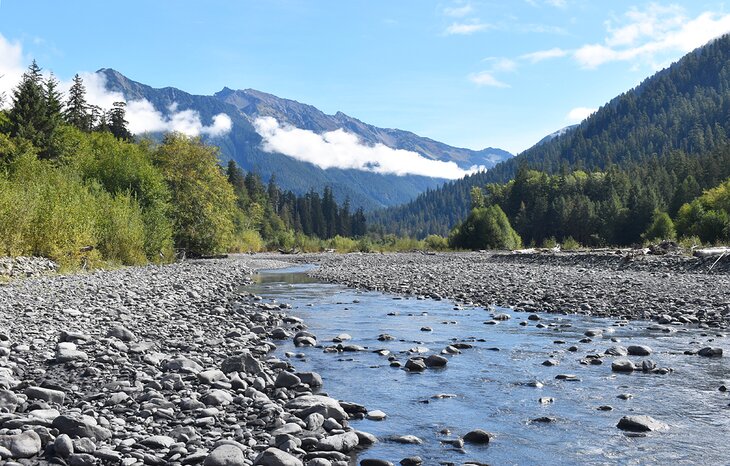
In a decade-long pursuit of backpacking adventures across the American West, nothing has ever compared to the treasure trove of hiking trails in Olympic National Park in northwest Washington State. It's not only the rugged peaks, verdant rainforest, and boulder-strewn coast that make it my favorite backpacking destination, but it's also the ease and accessibility the nearly million-acre park provides.
Backcountry permits are required for all primitive campgrounds in Olympic National Park, but the way to obtain a permit has changed. As of 2021, all backpacking permits in Olympic National Park must be obtained in advance . This doesn't infringe on the accessibility of getting a permit, as the same number of quota and non-quota sites are still available.
Planning Essentials
All backcountry trips start at one of twelve starting areas, quota sites vs non-qouta sites, getting a permit, things to keep in mind, utilize the olympic hiking company shuttle for easier adventures.
One of the first online resources you'll want to utilize for planning a backpacking trip into Olympic National Park is the Wilderness Trip Planner map, published by the National Park Service. This colorful map highlights all 600+ miles of Olympic's backcountry trails and hundreds of wilderness camps.
It's overwhelming to open the Wilderness Trip Planner for the first time, and it helps to know a few things for reference. Below are the basics.
The backcountry permitting system divides the park into 12 starting points, including the challenging and trail-less Bailey Range (for experienced mountain climbers only). Check out the other 11 starting points to pinpoint where you want to begin a trip:
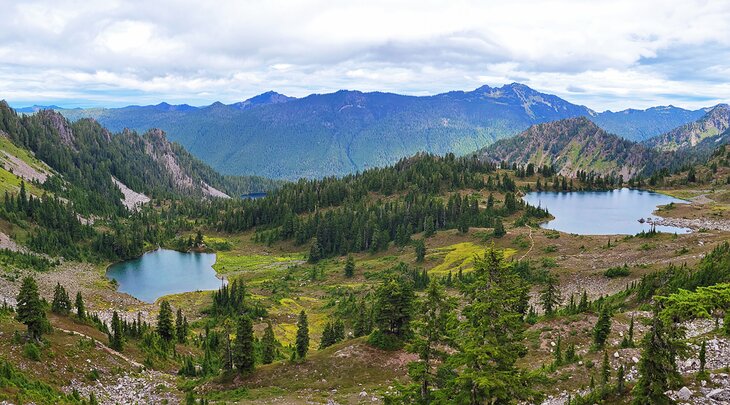
Backcountry Starting Areas Clockwise from the Olympic National Park Visitor Center in Port Angeles:
- Hurricane – Several trails and campsites exploring the northeast Hurricane Ridge area, including Deer Park.
- Dosewallips – A challenging eastern region of the park with sites along the Dosewallips River.
- Staircase – A slightly more accessible southeast park region with lake and river campsites and a Visitor Center at the main trailhead.
- Quinault – This starting area dives into the rainforest on the southern side of the peninsula, lending access to several miles of trails, including the route through the bear-heavy Enchanted Valley.
- Queets – This rainforest entry point in the park's southwest region lends access to the three primitive campgrounds on the Queets River.
- Hoh - Popular area for backpacking and day-hiking, lending access to the Hoh River Trail and several backcountry campsites.
- Bogachiel - Three campsites stem from Bogachiel State Park near the entrance to the Hoh Rain Forest, providing an alternative into the Seven Lakes Basin.
- Sol Duc - Popular day-use destination providing the quickest access to the several campsites within the Seven Lakes Basin.
- Elwha - Just west of Port Angeles, this area has several short and long routes, many following the Pacific Northwest National Recreation Trail.
- North Coast -The north half of the Olympic Wilderness Coast spans from Rialto Beach past Shi Shi Beach with 14 campsites, including several quota sites further north.
- South Coast - It's all non-quota sites on the south half of Olympic's coastline, offering an excellent spot for planned or unplanned camping near the ocean.
Permits are required for all backcountry travel into Olympic National Park. Permits are unlimited for certain camping zones, while several other camps are capped, requiring permit registration ahead of time, often through a competitive lottery process.
When looking at the map, note these different symbols next to the listed campsite:
Non-Qouta Campgrounds
Search for these camp zones on the map, especially if you are making a last-minute trip. These camp zones have no limit, or a very high limit, on the number of backcountry visitors they can host in the general area. For example, a permit for Five Mile Island on the Hoh River Trail allows visitors to camp along the river's gravel bar, not just a specific site.
Quota Campgrounds
Less than 50 of Olympic's backcountry sites are capped, with limited overnight permits available. Many of these sites are within the esteemed Seven Lake Basin , a high-alpine wonderland. Several quota sites are also along the stunning North Wilderness Coast , including sites along the Ozette Triangle Trail.
Many Quota sites are capped for a reason, and several remain entirely booked throughout the quota season (May 15th to October 15th) . The year's backcountry permits are made available on April 15th . Securing these sites' permits will be difficult when planning a last-minute trip anywhere past mid-May.
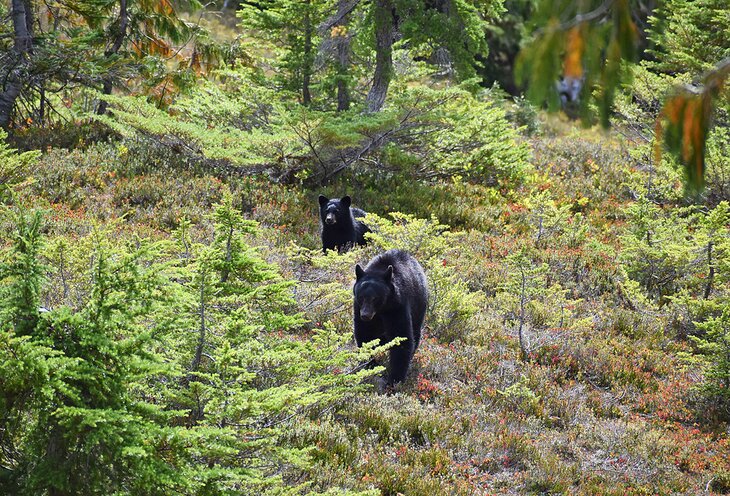
Permits are required for all Quota and Non-Quota campsites in the Olympic Backcountry, and all permits are available through www.Recreation.gov . You'll need to print out your permit before your trip or visit the Wilderness Information Center (WIC) in Port Angeles to obtain a hard copy.
The WIC also issues permits in person for really last-minute trips. It's also a valuable resource you can call or visit for any questions regarding trail conditions, closures, and any other information regarding your trip.
Address: Wilderness Information Center, 3002 Mt Angeles Rd, Port Angeles, WA
Link Together Non-Quota Sites for Last-Minute Trips
If it's past May 15th, a month after all reservations open, most Quota sites will already be filled for the summer season. However, obtaining a permit is just a click away by focusing a trip on non-quota sites.
Circle April 15th on the Calender for Quota Sites
Your best bet for obtaining any of the approximately 50 quota sites is to book it as soon as it becomes available on April 15th at 7 a.m. PST. It is possible to obtain a quota permit after this date, but as the year goes on, you'll need more and more flexibility when planning a trip into quota zones.
Smiles not Miles
Just a personal recommendation, but don't underestimate how much time you'll spend just soaking in the landscape. The Wilderness Trip Planner displays trail mileage but not elevation gains. Depending on your experience, attempting more than 10 miles a day could be a challenge that takes too much away from the experience.
Olympic Hiking Co. offers a convenient resource for trailhead logistics. It provides several shuttle options along the coast and a Sol Doc Falls to Hoh Rainforest shuttle for those who obtain permits into the Seven Lakes Basin. This private company also specializes in custom shuttles across the Peninsula.
Author's Tip: Park at the exit point and get a shuttle to the start of your backpacking trip, so you can backpack at your own pace back to your car.

More on Washington
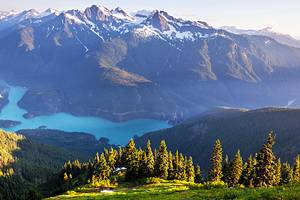
North Coast Route Backpacking Guide – Olympic National Park
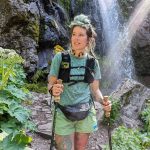
Some of the links on this page are affiliate links
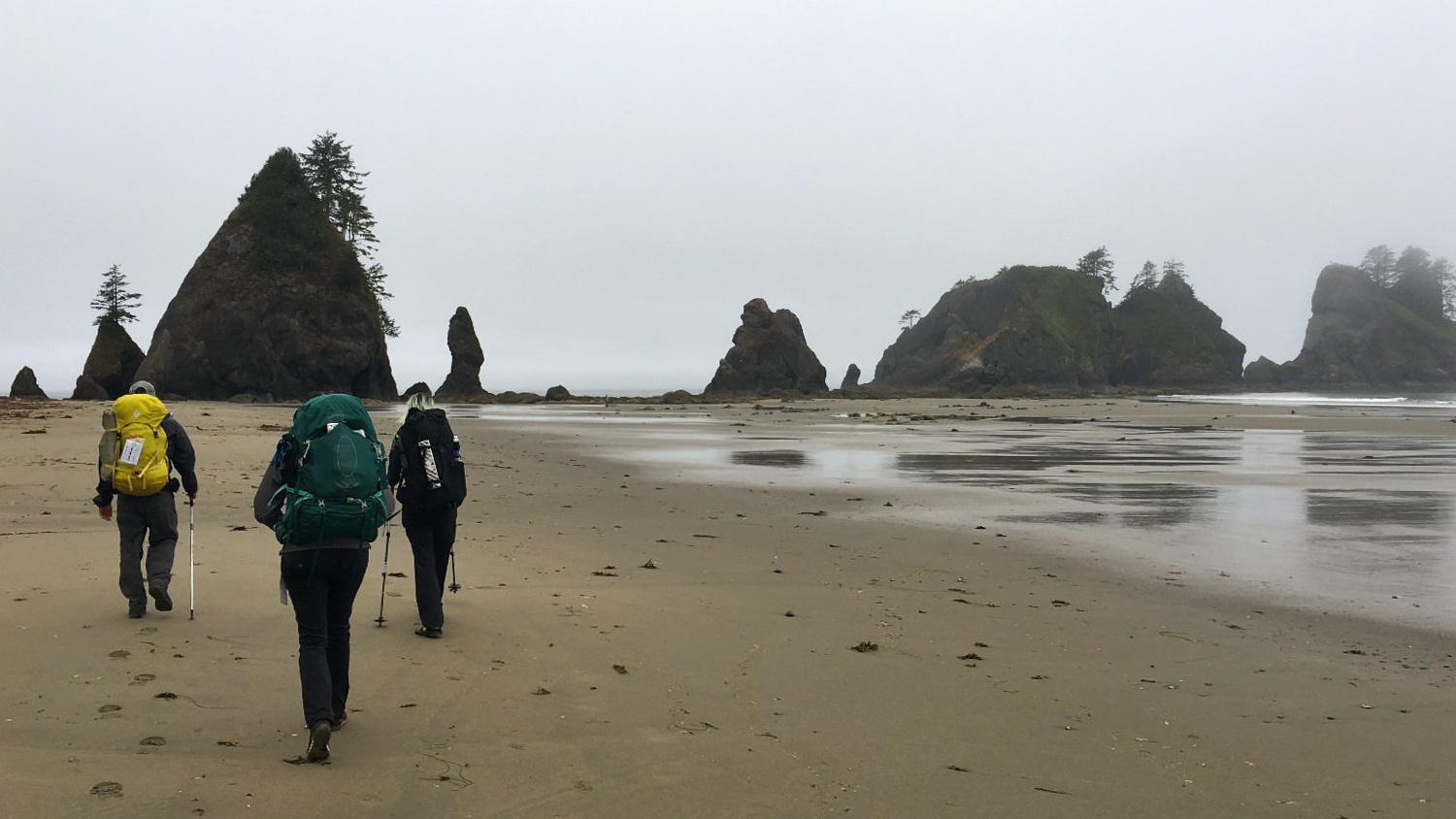
The North Coast section of Olympic National Park – from Shi Shi Beach to Rialto Beach – is not your ordinary walk on the beach. This route features some of the most rugged and isolated coastal landscapes in the country. From tidepools full of life to sea stacks miles out in the ocean, every headland you round offers another breathtaking view.
This is a challenging hike and your daily mileage will be dependent upon making it to headlands at low tide or using ropes to traverse overland trails. On this trek you’ll also encounter some stretches of sandy beach, scattered boulders that require scrambling, and lots and lots of rock hopping.
QUICK FACTS
- Distance: About 37 miles, but it may vary depending on tides
- Days Needed: 3-5 days
- Best Time to Travel: May through September
- Permits: Required, more info below
- Difficulty: Difficult
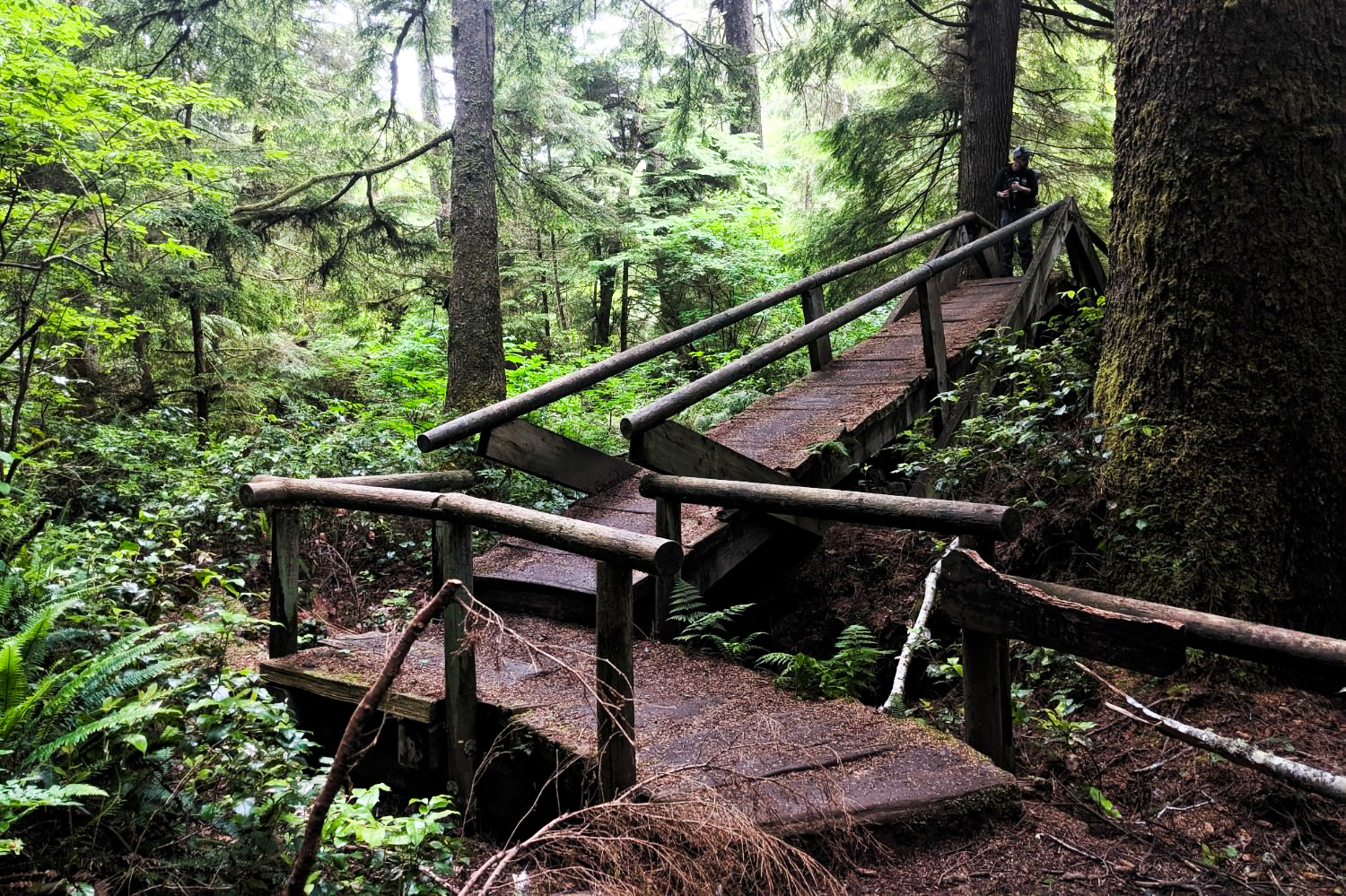
- Beautiful beach scenery
- Marine wildlife (eagles, starfish, seals, sea lions, seahawks, whales, a whole bunch of crabs)
- Colorful sunsets over the ocean
- Petroglyphs (be sure to get to Weddings Rocks at low tide!)
- Campsites all have great ocean views
- Quickly changing tides make it difficult to get miles in
- Long stretches of rocks and boulders to traverse
- Soft sand and pebble beaches are exhausting to hike on
- Steep overland trails with some sketchy rope assists
- Olympic Coast is often foggy, drizzly, and chilly
- Multiple permits and bear cans required
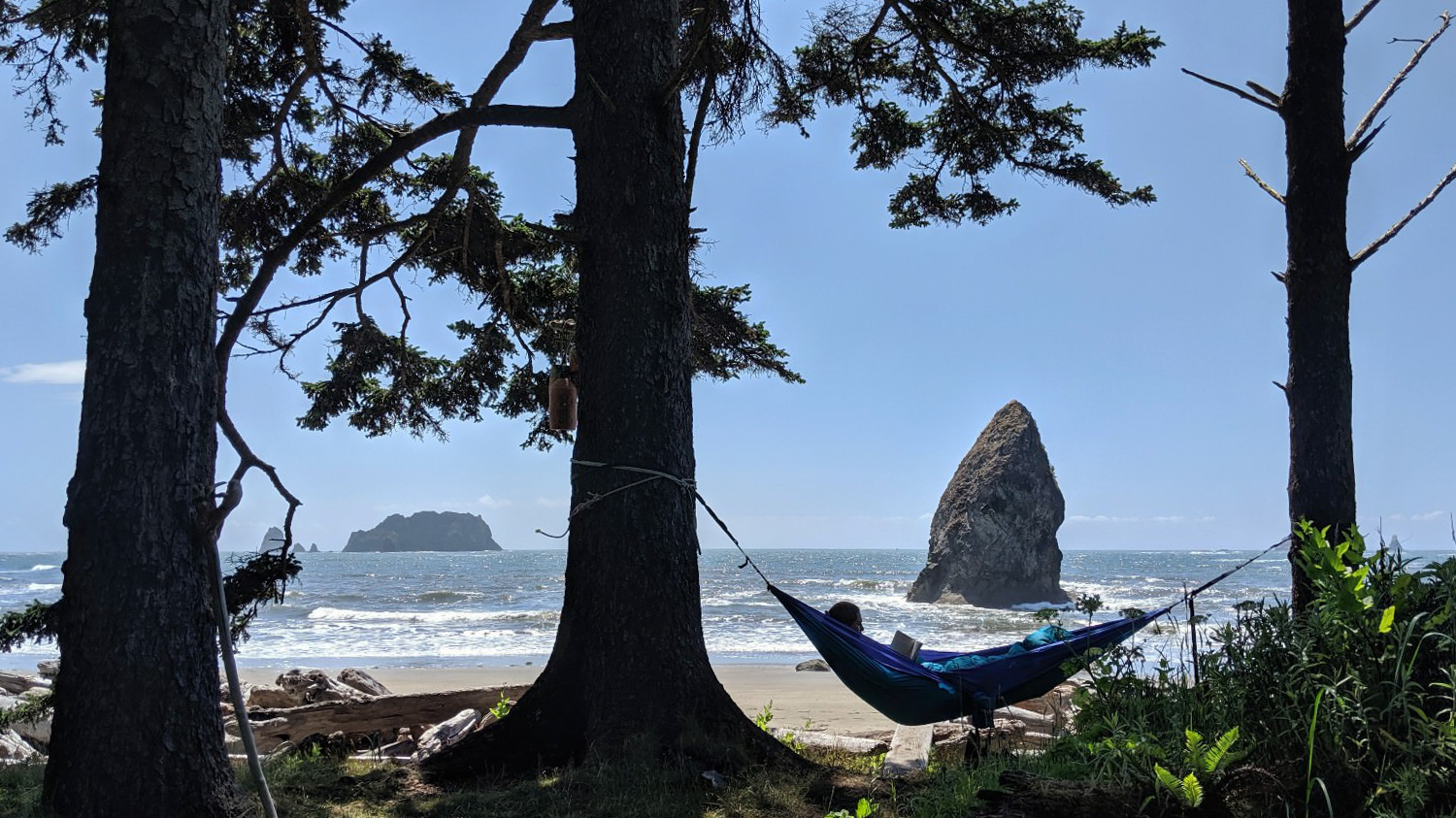
BEST TIME TO TRAVEL
The months of May through September are the best times to travel to this area. Early spring, late fall, and winter can all be especially chilly and rainy on the Olympic Coast, and there are very few places to find shelter from bad weather on this hike. Traveling in the warmer and less rainy summer and late spring months will make for the most pleasant trip.
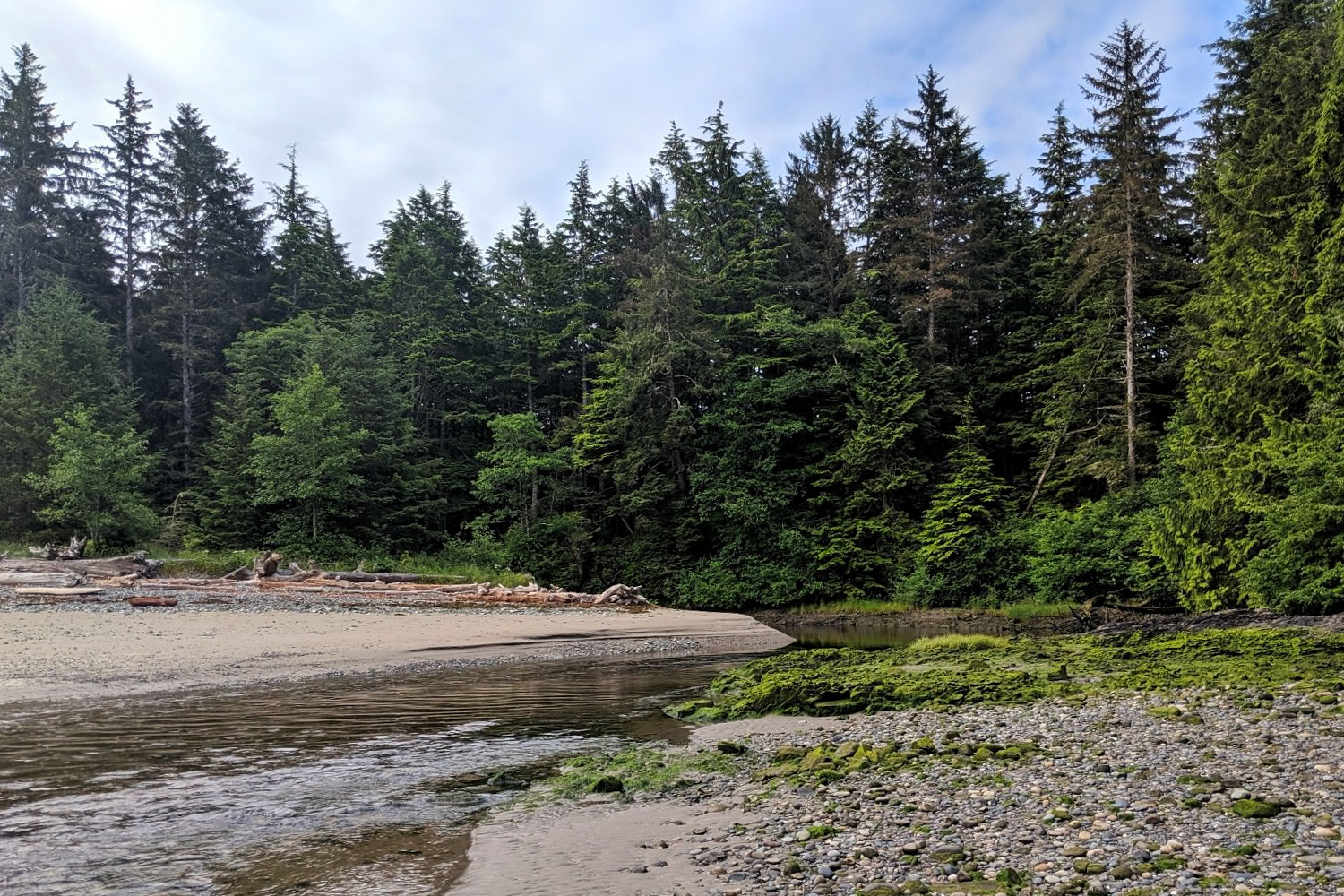
DIFFICULTY: tides & river crossings
We rate this hike as difficult. Navigation is very easy, you just follow the coastline, but the difficulty comes with timing. There are many headlands that can only be rounded at low tide; a couple can never be passed unless you happen to get a negative tide. Some of these headlands have rope-assisted overland trails to go up and over if you don’t get there at the right tide, but some don’t and you will have to wait a few hours to be able to pass. We got caught by the tide on more than one occasion. This can be quite dangerous if you get caught in a low elevation spot or on an exposed rock. We spent four or five unpleasant hours cooking on a 20 square foot rock with six foot drop offs to waves crashing against rocks on either side. Not fun. All that to say, timing is really critical, so make sure you print out a tide table for the dates of your trip.
Rounding headlands is usually rocky and slow-going, but we generally preferred it over taking the rope assisted overland trails. Going around the headlands, you can find plentiful tidepools with starfish, anemones, little hermit crabs and all kinds of other marine life. The ropes on the overland trails are hard on your hands, the trails up and down are extremely steep (some are completely washed out on one side), and some of the ropes are fraying and have sketchy anchor points.
There is one crossing of the Ozette River on this route. We went across at negative tide in the morning after camping at the north bank, which made it a very easy crossing. The water was about up to the knee and wasn’t moving too quickly. If you don’t hit this spot at low tide, the crossing can be a little more unpredictable. Winter run-off and heavy periods of rain will also change the conditions of this river, so stay aware of the weather when planning your trip.
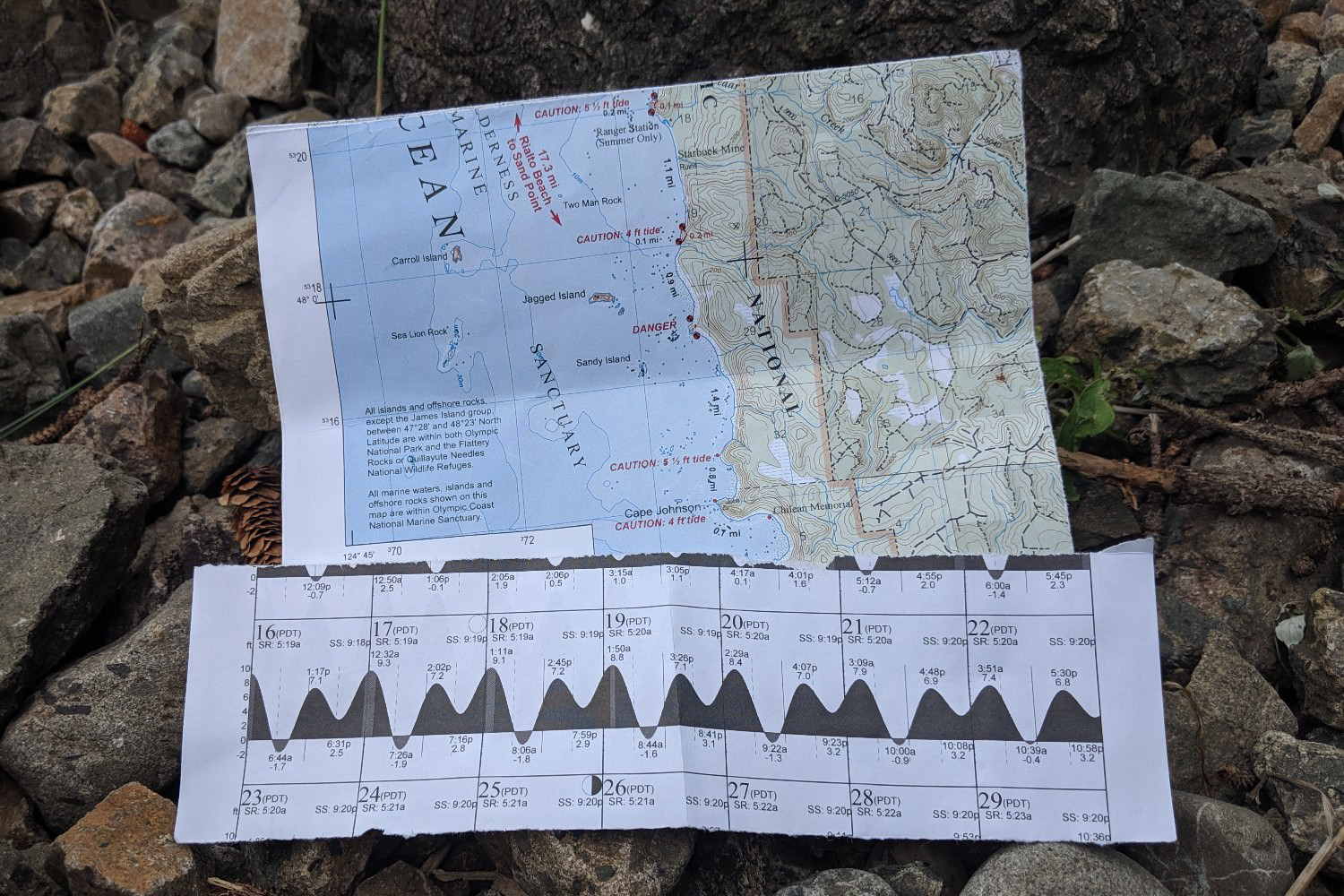
To ensure a safe and enjoyable trip, follow these safety guidelines:
- When traveling along the coast, know the tides .
- Bring a map and a tide chart to plan your route.
- Be prepared to hike over headland trails during high tides. Some headlands cannot be rounded even during the lowest of tides.
- When camping on the beach, camp above the high tide water line.
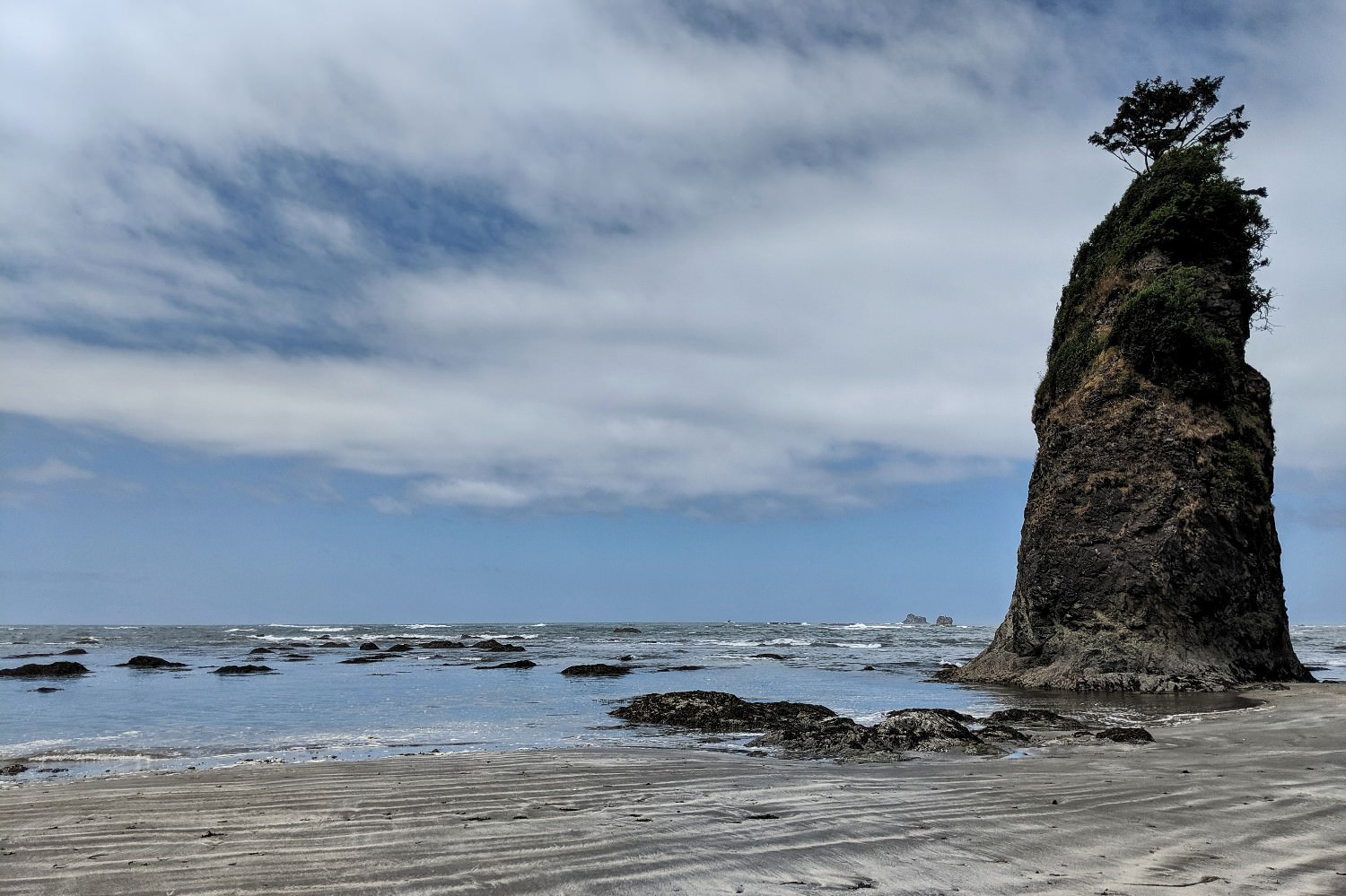
PERMITS & REGULATIONS
Note: We are not an official source for permit information and park policies. For the most up-to-date information check with the park service .
Wilderness permits are required year-round for all overnight trips on the Olympic Wilderness Coast; they are limited between May 1st and September 30th when more people are visiting the coast. Making reservations is required for campsites between Yellow Banks and Point of Arches (we recommend making reservations for all other sites you’ll stay at while you’re at it).
Wilderness permit reservation requests are usually submitted in March of each year, but you’ll want to check the official website for the specific date. You can submit your reservation request online at www.recreation.gov or in person at a park Wilderness Information Center during business hours. A third option for phone reservations is usually available a bit later in the year. This option will allow users to call the Recreation.gov call center at 1-877-444-6777 to obtain a reservation.
You must pick your pre-arranged permit up at the Wilderness Information Center in Port Angeles which is north of Olympic National Park or from the South Shore Lake Quinault Ranger Station near the southwest end of Olympic. We went to the Quinault Ranger Station for our permits, map, and tide chart.
These were the permit fees at the time of our trip:
- Wilderness permit flat fee per group (group size is 12 people max): $6
- Camping fee per person per night: $8
- Alternatively, if you plan to camp for more than five nights in Olympic National Park over the course of the year, you can buy the Olympic Annual Wilderness Pass which covers one individual’s camping fees for a 12 month period (permits and reservations are still required with the Wilderness Pass). The Wilderness Pass costs $45 per person.
After you get your wilderness permit, you will need to get a permit to enter the Makah Indian Reservation where the trailhead is. The permit is $10 (valid for the whole year!) and there are a few different places where you can pick this permit up. We chose Washburn’s General Store because it is en route to the trailhead and we could pick up some last minute items there.
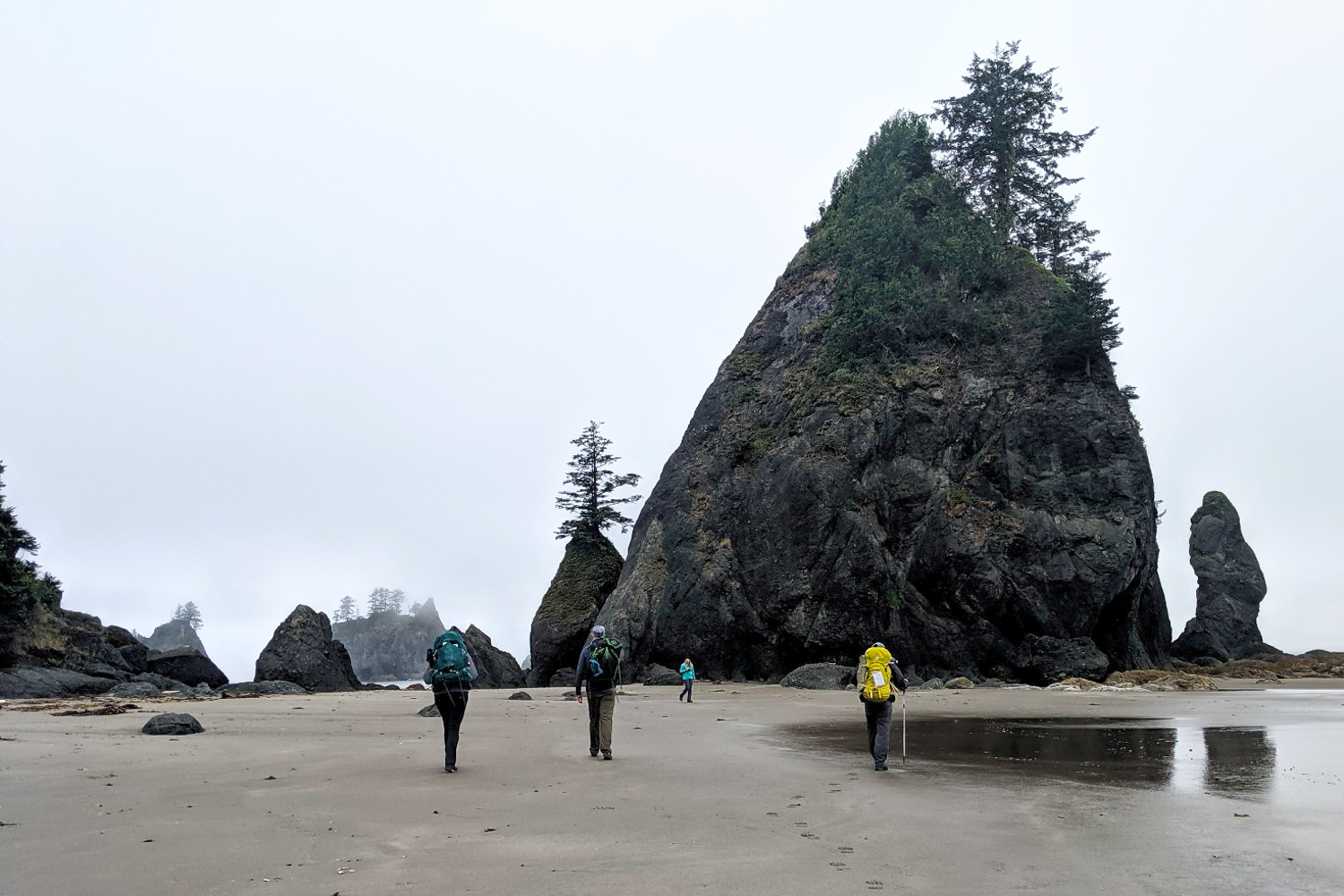
REGULATIONS
The Olympic Coast is a beautiful section of wilderness that contains fragile marine ecosystems. It’s ALWAYS important to practice Leave No Trace whenever you go into nature to protect yourself and others, wildlife, and the environment. Olympic National Park has a few rules of their own.
- Bear canisters are required for all food, garbage, and scented items – bear cans may be rented from the Wilderness Information Center in Port Angeles or the South Shore Lake Quinault Ranger Station , but their stock is limited
- Fires are permitted on the beach (except between Wedding Rocks and Yellow Banks) ten feet from beach logs and below the high tide line
- Do not gather wood from the forest, only gather from the beach
- Pets, vehicles, bicycles, wheeled devices, and stock animals are prohibited on park beaches and coastal trails
- Avoid walking on or picking up tidepool animals
- Take no more than a handful of unoccupied shells
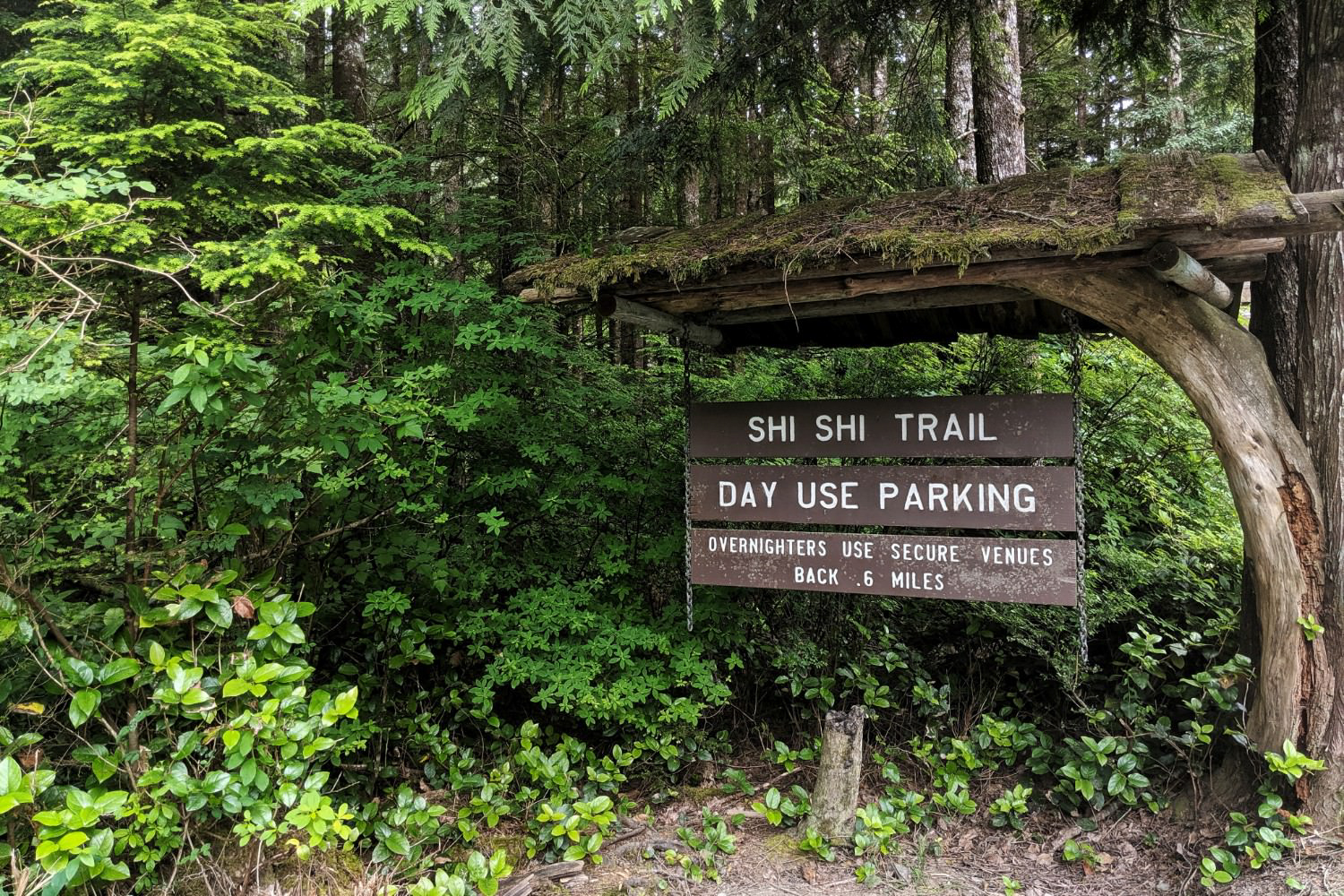
TRAILHEAD & PARKING
To hike this trail end-to-end from Shi Shi Beach to Rialto Beach, you’ll need to park a vehicle at either end of the hike, arrange for transportation ahead of time, or hitchhike back to your car.
- If you have two vehicles in your party: There is an overnight backpackers lot at the Rialto Beach trailhead to leave the first vehicle at, then you drive north to Shi Shi Beach (about an hour and 50 minutes) where you can park on private land in the Makah Indian Reservation about a half mile from the trailhead. Parking prices vary here, but the land we kept our vehicle on was $10 per night. There is a parking lot at the Shi Shi Trailhead, but it’s not recommended to keep your vehicle there overnight due to break-ins and vandalism.
- If you are arranging transportation from one end back to your vehicle: There’s not a lot of information on individuals or companies offering rides between these trailheads, but we found Olympic Hiking Co . They offer shuttles from Rialto to Ozette, then Ozette to Shi Shi (they don’t charge for the second location shuttle if you book with a group).
- If you’re planning to hitchhike back to your vehicle: First things first – don’t get in the car if it doesn’t feel right. Say you just realized that you forgot your camera and you need to go back to look for it. Tell the car to go on without you and walk away, you don’t want to take an unnecessary risk. We’ve done a lot of hitchhiking between trail towns and trailheads and have never had a bad experience, but things can happen. Always stay aware of your surroundings and, if possible, have a partner with you if you must hitchhike.
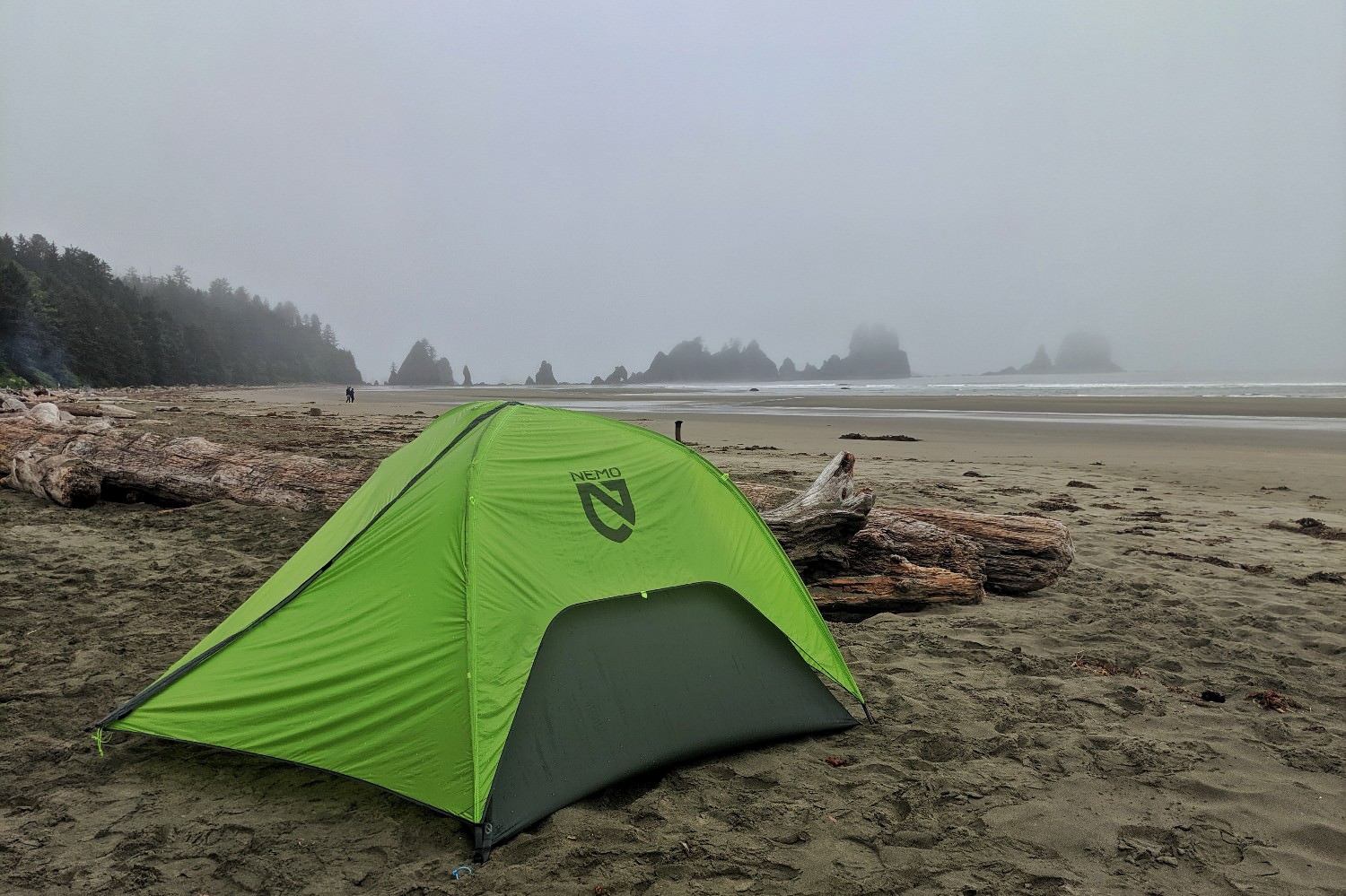
There are designated campsites along this route, most of which will have you camping directly on the beach sand. There are a limited number of forested campsites at some locations, so if you don’t want to camp in the more exposed beach sites, get to camp early! We highly recommend making reservations ahead of time for the following sites if you plan to stay at them because space is very limited:
- Seafield Creek
- North side of Ozette River
- South side of Ozette River
- Wedding Rocks
- Yellow Banks
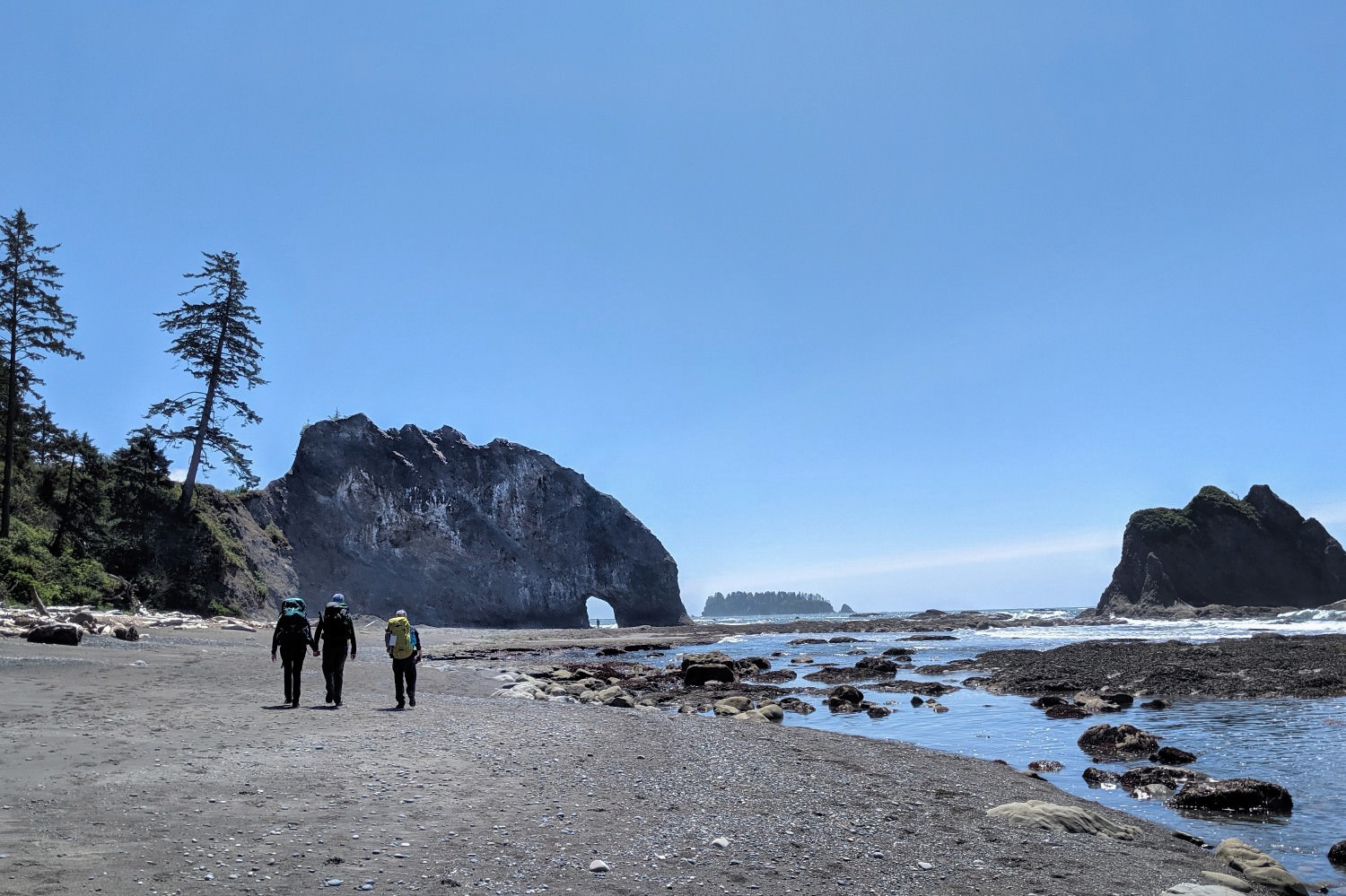
BACKPACKING GEAR: WHAT TO PACK
We prefer lightweight backpacking because it’s more comfortable and it allows us to cover more ground with less effort. For recommendations on our favorite lightweight backpacking equipment, check out the CleverHiker Gear Guide and our Top Picks page.
TENT: We used the NEMO Hornet 2P on this trip. We love this tent for its low weight and small packed size. The Hornet 2P is on our list of the Best Backpacking Tents .
BACKPACK: We used the Granite Gear Vapor Trail 60. This pack is a slightly updated rerelease of a Granite Gear classic, and we like how affordable, minimalist, and lightweight it is. Check out our list of the Best Backpacking Packs for our top backpack recommendations.
SLEEPING BAG: We took the REI Co-op Magma 30 on this trip. It’s lightweight, warm, and packs down super small. The Magma bags are on our list of the Best Backpacking Sleeping Bags and they are our top pick for all around sleeping bag value.
SLEEPING PAD: We Used the Klymit Static V2 on this trip. It’s the perfect balance of budget-friendly, comfy, and light. The Static V2 is on our list of the Best Backpacking Sleeping Pads and is our top pick for best budget sleeping pad
COOKING SYSTEM: We took the MSR Pocket Rocket 2 Stove , Toaks Titanium 900 ml. D115mm Pot , and Sea to Summit Alpha Light Long Spoon . The Pocket Rocket is on our Best Backpacking Stoves list and is our top pick for canister stoves.
WATER FILTER: We took the Sawyer Squeeze on this trip, because It’s lightweight and easy to use. We also recommend checking out the Sawyer Micro Squeeze which is even smaller and lighter and is our top pick for best all-around filter on our list of the Best Backpacking Water Filters .
SHOES OR BOOTS: We wore Chaco Z/1 Classic Sandals for this hike. Controversial, we know, but we like that our toes can wiggle freely and that it’s okay to dunk a tootsie or two into a puddle without having to worry about wet socks or shoes.
HEADLAMP: We took the Black Diamond Spot 325 from our list of the Best Headlamps . We love that it’s bright, lockable, and has a long burn time.
FOOD: When backpacking this route you’ll have to carry all your food. Check out our Best Lightweight Backpacking Food Guide and our Best Freeze Dried Backpacking Meals for some of our go-to recommendations.
FOOD STORAGE: When backpacking the North Coast Route you’ll have to carry all your food in an approved bear canister . When using a bear canister, make sure to choose calorically dense foods that won’t take up too much space.
CLOTHING: Here are some of our favorite hiking/backpacking clothing items from our Top Gear list .
- 1 Rain jacket – Patagonia Storm Racer & Patagonia Stretch Rainshadow
- 1 Down jacket – MontBell Plasma 1000 Alpine Down Parka
- 1 Pair hiking pants – PrAna Zion Stretch & Prana Halle Hiking Pants
- 1 Pair hiking shorts – Nike dri fit running shorts
- 1 Hiking t-shirt – Nike dri fit t-shirt
- 1 Long-sleeve shirt – Nike dri fit quarter zip
- 1 Pair underwear – ExOfficio Give-N-Go & ExOfficio Give-N-Go Women’s Briefs
- 2-3 Pair socks (add thin sock liners if using boots) – Balega Hidden Comfort for warm weather & Darn Tough Micro Crew Cushion for cold weather
- 1 Pair base layer bottoms (optional) – Patagonia Capilene Air Base Layer Bottoms
- 1 Pair gloves or mittens
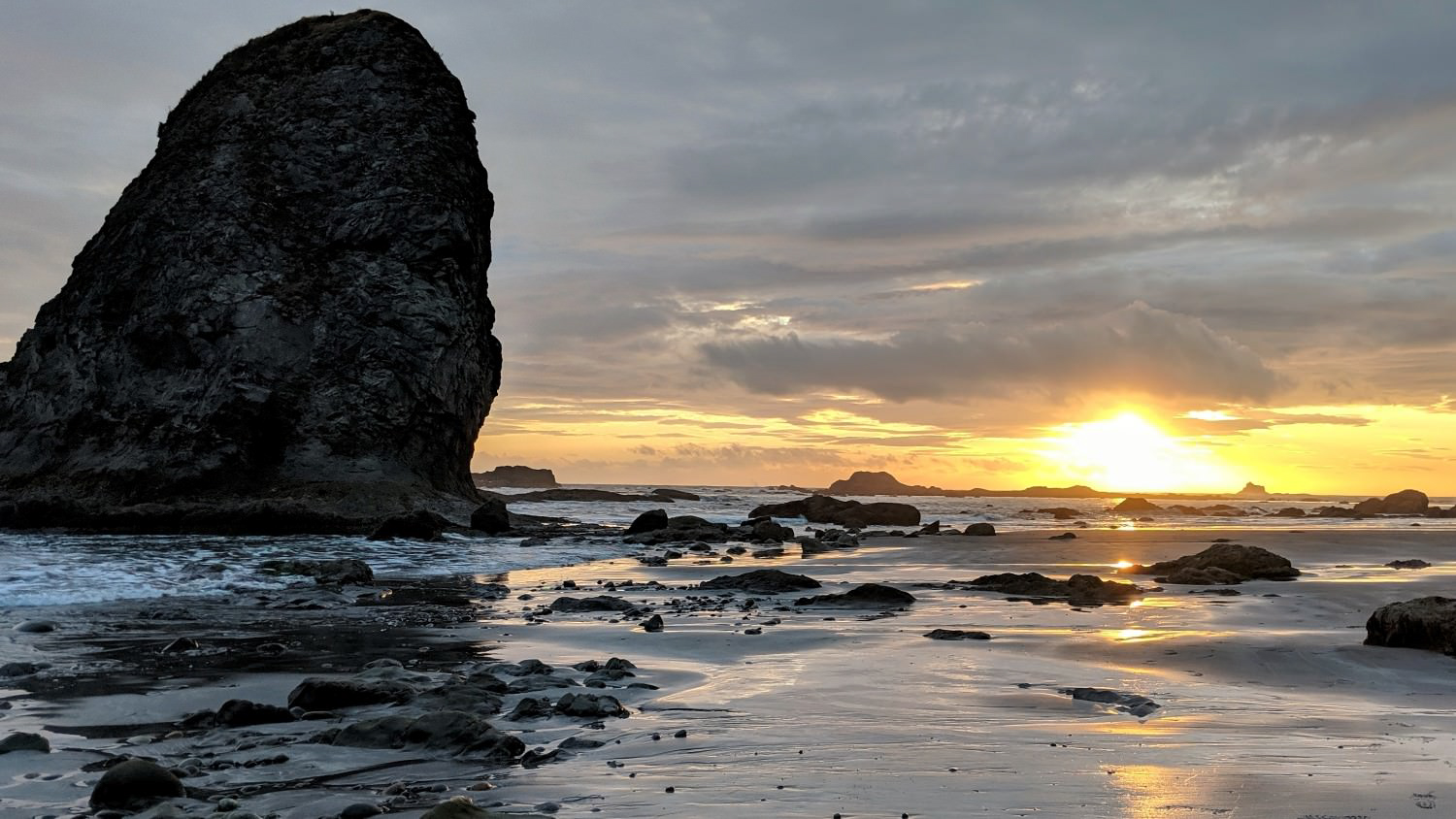
MAP & COMPASS: We picked up a map and tide chart from the South Shore Lake Quinault Ranger Station which worked well for us. You can also get the Green Trails Map No. 99S- Olympic Coast Beaches if you want to have it before you go. Both maps have great information about what tide is needed to round headlands. In addition, we always hike with a compass .
FIRST AID KIT: Always bring a small personalized first aid kit; we used the .3 Ultralight Kit .
SUN PROTECTION: Most of this hike is exposed to full sun. Sunglasses (polarized recommended), sunscreen , and spf lip balm are a must.
POCKET KNIFE: We brought the Gerber Paraframe I Knife . It’s small and cheap and came in handy a couple of times.
OTHER ITEMS:
- We all brought a pair of cheap, lightweight work gloves to save our hands while using the rope assists on overland trails
- Small towel: the Nano Pack Towel is great.
- Cash and ID
- Personal toiletries
- Hand sanitizer
- Insect repellant: a 1oz bottle of Picaridin will do the trick
- Camera: the Sony Rx100 is our go-to camera for lightweight backpacking.
For more info on what to bring on your next trip, check out our Ultimate Backpacking Checklist .
More North Coast Route photos
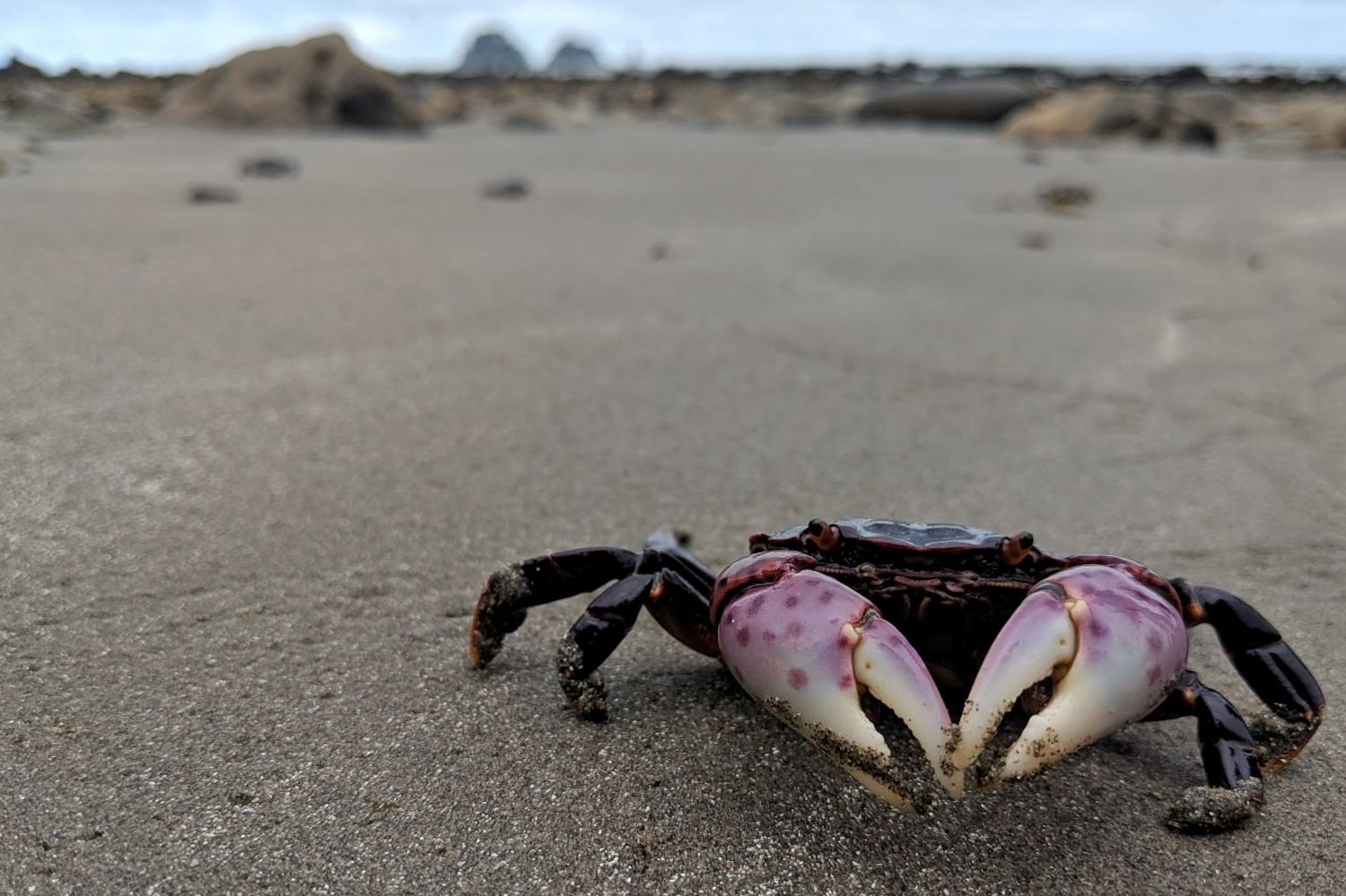
MORE INFORMATION
We hope this guide helps you plan a fun adventure along the Olympic Coast. As always, please leave a comment below if you have any recommendations, questions, or suggestions. And if you found this guide helpful, please share on social media and click the little heart button below to give us a digital high five!
For more popular CleverHiker content, check out the following links:
- CleverHiker Gear Guide
- CleverHiker Top Gear Picks
- Essential Trail Skills Videos
- Lightweight Gear Foundations Videos
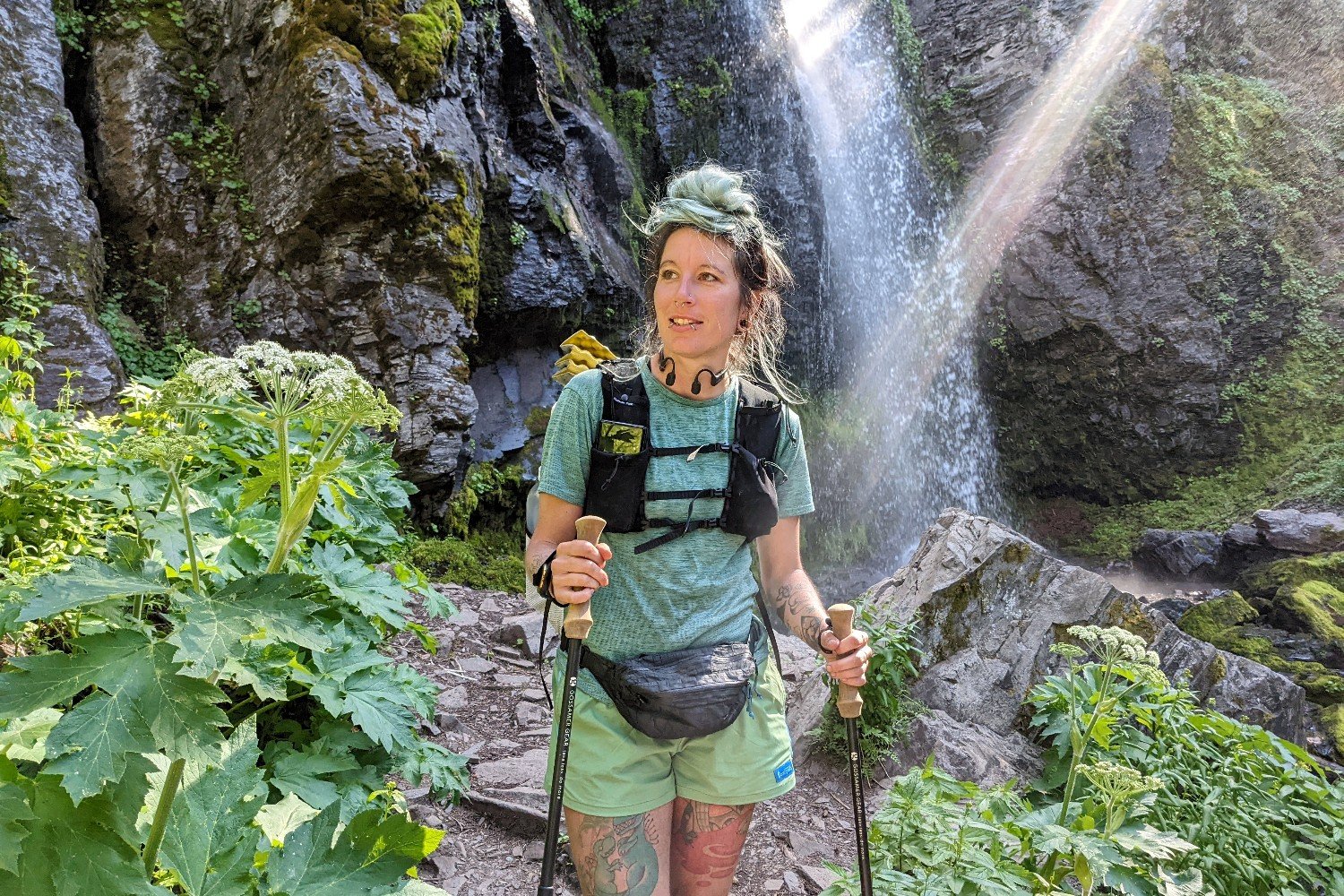
Casey Handley is an avid backpacker and self-described gear nerd. She’s hiked thousands of miles on long distance trails across the country including the Appalachian Trail, John Muir Trail, Colorado Trail, Arizona Trail, and Long Trail. The crinkle of a new Dyneema tent, the smell of Doug fir trees, and shaving an ounce off her pack weight are a few of her favorite things.
Disclosure: Some of the links on this page are affiliate links, which means we may receive a modest commission if purchases are made through those links. This adds no cost to our readers and helps us keep our site up and running. Our reputation is our most important asset, which is why we only provide completely honest and unbiased recommendations.
Enchanted Valley in Olympic National Park: Backpacking Guide
Published by sarah vaughan on july 24, 2023 july 24, 2023.
Featuring verdant old growth forests, glacial-fed streams, some of the best views of the Olympic Mountains, and even a historic chalet, there are plenty of reasons why the hike to the Enchanted Valley in Olympic National Park is one of the most popular backpacking trips on the Olympic Peninsula. The 26 mile trail to the Enchanted Valley brings you deep into the Olympic National Park backcountry, providing access to areas of the park few visitors get to experience. In this article, we’ve outlined all the information you need to plan your next adventure to the Enchanted Valley in Olympic National Park!

Two Outliers may contain affiliate links, which means we make a small commission at no extra cost to you. As an Amazon Associate, I earn from qualifying purchases at no extra cost to you. For more information, see our privacy policy . Thank you for your support.
enchanted valley in olympic national park
Nestled deep in the wilderness of the southwestern corner of Olympic National Park, the Enchanted Valley is one of the best hiking trails on the entire Olympic Peninsula.
The trail follows along the rushing Quinault River, through old growth forests of towering Sitka spruce trees and across rickety bridges. Home to all types of wildlife, Enchanted Valley in Olympic National Park also offers a great opportunity to see black bears, elk, deer, and many other forms of plant and animal life.
The Enchanted Valley sits at just over 2,000 feet above sea level and is surrounded by the magnificent, snow-capped peaks of the Olympic Mountains in all directions.

Enchanted Valley Chalet
At the entrance to the Enchanted Valley, you’ll find the famous Enchanted Valley Chalet, which was built in the 1930’s to help encourage visitors to the area. All building materials were hauled up the 13 mile trail by horses, allowing for the construction of the chalet in its remote location.
Perhaps unsurprisingly in hindsight, the Chalet became too expensive to operate as a restaurant and hotel for weary hikers and it was converted to a lookout base during WW2 for Japanese airplanes. While the Chalet still stands today, it is boarded up and closed to visitors. Even so, it is a welcome sight to see after 13 miles of hiking!

enchanted valley backpacking overview
- Distance | 25.5 miles
- Elevation | 3,254 feet
- Difficulty | Moderate
- Permits required | Yes
- Fires allowed | Yes
- Dogs allowed | No
Find this hike on AllTrails | Enchanted Valley Chalet via Easy Fork Quinault River Trail
Note on difficulty | We’re rating the Enchanted Valley hike as moderately difficult if broken up over the course of two or three days. Even over two days, the hike is long but the elevation gain is gradual, making it moderately difficult as far as backpacking trips go.
Other PNW Resources
Looking for more to do in the Pacific Northwest?! We’ve got lots of resources to help you plan your trip!
- Diverse landscape including lush rainforest, old growth forests, glacial-fed streams, and towering, snow-capped mountain peaks
- Gradual elevation make this an ideal backpacking trip
- Plenty of great campsites and unlimited backcountry permits mean you don’t need to worry about competing for a limited number of campsites/permits
- Great base to explore more remote trails deeper in the Olympic National Park backcountry
- Long trail to reach the Enchanted Valley before any big mountain views
- Unlimited permits means there will be crowds and you’ll need to search around for a private campsite
- While views in Enchanted Valley are beautiful, the best views are deeper into the backcountry
Enchanted Valley in Olympic National Park | Know before you go

Enchanted Valley packing list
Below is a list of gear we’d recommend packing for backpacking to Enchanted Valley in Olympic National Park.
Bug Spray | The mosquitos around the river can be pretty brutal.
Warm Layers | Arc’teryx Cerium LT Hoody Even during the summer, it gets quite cold at night here. Pack a warm sleeping bag and extra layers for when the sun goes down. My Arc’teryx jacket is incredibly warm, lightweight and packs down small!
Water shoes | Chacos Great for wearing around camp or for wading into the river.
Bathing suit | Is there anything better than laying in the sun on a warm summer day beside the river after hiking 12 miles? The water is cold, but dipping your feet in feels great after long day of hiking!
Compact towel | PackTowl l ightweight towel This compact lightweight towel packs down small, making it great for carrying on backpacking trips and perfect for drying off after taking a dip in the river!
Bear Spray | Counter Assault Since there are black bears in the area, carrying bear spray with you is a good idea.
Bear Can | BearVault Bear canisters are required in Enchanted Valley by Olympic National Park. We can typically share the small can for short trips (1 – 2 nights) and the larger can or two small cans for longer trips.

Our Backpacking Essentials
Good gear can make all the difference on a backpacking trip. Below we’ve compiled a list of our tried and true backpacking gear essentials – we use these items every time we backpack and couldn’t live without them.
Backpack | 40L Osprey Tempest / 65L Osprey Ariel / 55L REI Co-Op Flash For one-night backpacking trips, I (Sarah) love my 40L Osprey Tempest! It fits the essentials but is super lightweight. For longer trips and/or carrying more weight, the 65L Osprey is more spacious, really comfortable, and provides more hip support. Matt’s go-to pack for most trips is the lightweight 55L REI Flash.
Backpacking Tent | Mountain Hardwear Aspect 3 A reliable tent makes all the difference in the backcountry, and the Mountain Hardwear Aspect 3 has not let us down. Though it’s not cheap, it’s lightweight (less than 4 pounds), durable, easy to set up and feels spacious enough to fit 2 people comfortably.
Campstove | Jetboil Flash Picture this: you wake up in the dark in the backcountry, aiming to catch the sunrise somewhere nearby but its so cold you don’t want to get out of bed… then you remember you’ve got a Jetboil and piping hot coffee can be ready within minutes! Morning made.
Coffee | Sea to Summit Collapsible Coffee Filter If you’re a coffee snob (like me…) who needs *real* coffee in the morning, even in the backcountry, the compact Sea to Summit collapsible filter makes it easy. Pair with the Jetboil Flash and Sea to Summit cups and you’ll have your cup of joe in no time!
Sleeping Bag | REI Co-op Women’s Magma 30 / REI Co-op Men’s Magma 30 At this price point, you can’t beat the REI Co-op Magma 30 (Women’s and Men’s). We both use this sleeping bag, and it’s lightweight enough for backpacking without sacrificing on warmth and durability.
Sleeping Bag Liner | Sea to Summit Reactor Thermolite Sleeping Bag Liner I’m a very cold sleeper so I often bring this Sea to Summit sleeping bag liner,even for summer nights. It’s super cozy, lightweight, adds 8 degrees of warmth and helps keep your sleeping bag cleaner.
Trekking Poles | Black Diamond Distance Z Trekking Poles / Distance NFZ Tre kking Poles I had always thought trekking poles were silly until one very steep, exposed, slippery hike in Death Valley left me feeling quite insecure even with solid tread on my boots. Immediately after I bought my Black Diamonds and haven’t hiked without them since.
Sleeping pad | Women’s Therm-a-rest NeoAir Xlite Sleeping Pad / Therm-a-rest NeoAir Xlite Sleeping Pad I often sleep better on my Therm-a-rest sleeping pad than I do in a hotel bed… this thing is so comfy and weighs only 12 ounces! Only downside I have found is it is a bit noisy if you tend to move in your sleep a lot.
Inflatable Pillow | Sea to Summit Aeros Ultralight Pillow This Sea to Summit inflatable pillow is super lightweight and packs down tiny (I’ve actually lost it a few times because it packs down so small), so it’s great for camping and backpacking trips. The best part, it’s shockingly comfortable! I am a light sleeper (in a normal bed), so this is huge for me!
Dehydrated Meals | Backpacker’s Pantry Pad Thai with Chicken Backpacker’s Pantry has a huge variety of dehydrated meals that we’ve found to be surprisingly tasty. The Pad Thai and Chana Masala are our all time favorites!
GPS | Garmin InReach Mini The one piece of gear you hope you never need to use, but is worth its weight in peace of mind. We always carry our Garmin In-reach Mini in case of emergency in areas without cell service and it gives us (and our parents) peace of mind. It can also be used to simply let a loved one know you’ve arrived at your destination.
Headlamp | Black Diamond Storm 400 Navigating around a campsite is nearly impossible after dark without a headlamp. We both use Black Diamond Storm 400’s, and we’ve found them to be reliable and long-lasting despite the compact size.
Water Filter | Katadyn BeFree 1.0L Water Filter There is plenty of water along the trail so we highly recommend packing a water filter to save some water weight. The Katadyn BeFree is small and couldn’t be easier to use.

How difficult is Enchanted Valley in Olympic National Park?
As noted above, we’re operating under the assumption that most of the people reading this article are planning to backpack and spend at least one night in the Enchanted Valley (two nights is even better, more on this below!).
With that in mind, we’re rating this as a moderately difficult backpacking trip. Covering about 13 miles, the hike into the Enchanted Valley is not a short hike by any means. However, with an elevation gain of just over 3,000 feet, the trail is actually quite gradual, easing the difficulty level quite a bit.
The trail follows along the East Fork of the Quinault River, ambling through the ups and downs of the forest along the river bank, with no super steep inclines or declines. With the long distance but gradual elevation gain, the hike to the Enchanted Valley is certainly a challenge but nothing too difficult.
It took us about 6 hours total to hike from the trailhead to the Enchanted Valley, stopping twice for snacks and lunch. Admittedly, we were hiking pretty fast as we wanted to snag a good campsite so 6 hours is probably a bit quicker than usual.
We’d recommend planning for a 7 hour hike both in and out of the Enchanted Valley.

When to backpack Enchanted Valley
One of the great things about the Enchanted Valley hike is that it has a longer peak season than most of the other hikes in Olympic National Park. The best time to hike to the Enchanted Valley is anytime from late May to late September.
Because Enchanted Valley sits at just over 2,000 feet above sea level, it tends to clear out of snow earlier in the season and is generally warmer than other higher-elevation hikes in the area. You should be able to reach the Enchanted Valley without encountering too much snow by late May. However, always be sure to check for current conditions before starting your journey.
Earlier in the season (May to early July) is a great time to hike to the Enchanted Valley, as snow will still be melting at higher elevations, meaning the waterfalls in the area will be full and the Quinault River will be gushing. However, if you plan to hike deeper and higher into the backcountry, you will likely experience some lingering snowfields.
Later in the season, you can expect drier conditions and fewer waterfalls, but there will be less chance of snow impacting your plans.
Overall, from May through September, you can expect warm-to-hot daytime temps (typically in the 70’s F) and cool nights (usually in the 50’s F). Of course, always check the weather before you begin your hike.
Remember you’re in the PNW: weather can change rapidly and rain showers are possible at any point in time. Always be prepared for rain!

Enchanted Valley trailhead
The trailhead for the Enchanted Valley hike is located in the southwest corner of Olympic National Park, about 45 minutes past Quinault Lake. More precisely, the trailhead is located here , or right next to the Graves Creek Campground.
The last 10 to 15 miles leading up to the trailhead are on a dirt road, which is generally well maintained, apart from the many potholes. You should be able to make it to the trailhead with any car. You’ll just need to be extra careful to avoid some of the potholes if you have a low clearance vehicle.
We have not tried to reach the trailhead while it is raining, which could cause the road to become muddy, so always use your best judgment.
Parking at the trailhead
As Enchanted Valley is one of the more popular backpacking trips in Olympic National Park, the parking at the trailhead is a bit tight. The parking lot is really just the end of the road with only maybe 20-30 clearly designated parking spots.
However, there are plenty of small pull-outs along the side of the road for the last half a mile or so where you can park. As such, you should not have a problem finding a place to park near the trailhead. However, some of these parking spots could be quite a bit down the road, adding a not-insignificant difference to the distance you’ll be hiking.
Like all popular hikes, we highly recommend you get to the trailhead and begin your hike as early in the day as possible.

Where to stay before Enchanted Valley
With a long day of hiking ahead of you and competition for the best campsites, you’ll want to spend the night before your Enchanted Valley hike as close to the trailhead as possible. For better or worse, the trailhead is remote and there are not many lodging options nearby.
However, there are a few good options for lodging the night before the hike to Enchanted Valley, which we’ll describe below.
Graves Creek Campground
Graves Creek Campground is located right at the trailhead to Enchanted Valley and is the most convenient place to stay the night before you begin your hike.
Graves Creek Campground is fairly rugged, with only pit toilets and no running water available. RVs and trailers are not allowed due to the road conditions leading up to the campground/trailhead. Tent sites cost $20 per night.
However, the Graves Creek Campground has only 30 sites and they are all first-come, first-served. We’ve read that the campground fills up fairly early on busy weekends. Being so far from any other lodging options, we didn’t want to risk driving all the way to Graves Creek Campground and not find a spot, so we decided to camp at a Big Spruce RV Park and Cabin Rentals in Humptulips.
That being said, if you can get there early, Grave Creek Campground is the best option to stay the night before your hike to Enchanted Valley.
Big Spruce RV Park and Cabin Rentals
Located about just over 1 hour southwest of the trailhead for the hike to the Enchanted Valley in Olympic National Park, Big Spruce RV Park and Cabin Rentals is a solid option the night before your hike.
Nothing fancy, but clean restrooms, reasonable prices, and plenty of space make Big Spruce RV Park and Cabin Rentals the perfect quick stop on the night before your hike to the Enchanted Valley.
Lake Quinault Lodge
Built in 1926 with a rustic cabin-esque vibe and located right on the beautiful Quinault Lake, the Lake Quinault Lodge is your best option if you’d like to sleep in a cozy bed and enjoy the luxuries of a highly-rated hotel the night before your trek to the Enchanted Valley.
Rooms start at $410 per night and the lodge is about 50 minutes from the trailhead.

Day hike vs. Backpacking the Enchanted Valley in Olympic National Park?
We highly recommend planning to backpack into the Enchanted Valley so you can fully enjoy everything this amazing area has to offer.
The hike to reach the Enchanted Valley is 13 miles each way. While the elevation gain is gradual, we do not recommend trying to day hike the full 26 miles in one day!
Even more so, some of the best views on the trail are in the Enchanted Valley, making it an amazing place to spend the night and you’ll definitely regret trying to rush through if you don’t backpack.
And finally, if you still need convincing, there are some amazing trails that lead deeper into the backcountry with majestic, sweeping views of the southern Olympic Mountains, that you can only access if you backpack and spend at least two nights in the Enchanted Valley.
Not only will you feel rushed if you choose to day hike to the Enchanted Valley, but you’ll also miss out on the best parts of the entire experience – sleeping under the stars in the Enchanted Valley and exploring the trails even deeper into the backcountry!

Enchanted Valley olympic national park Backpacking permits
If you want to spend the night sleeping under the stars, deep in the Olympic National Park backcountry, you’ll need to get a backpacking permit from the National Park Service.
For better or worse, there is not a limit to the number of permits issued by the National Park Service for Enchanted Valley. This means that you do not need to stress about getting a permit as soon as they become available, as you won’t be competing for a limited number of reservations.
However, this also means that the camping area can be pretty crowded, especially during popular weekends (we camped during the Fourth of July and there must have been a hundred tents in Enchanted Valley!).
You can reserve your permits at Recreation.gov . Select the “Quinault” starting area, then enter your group size and dates.
There is a $6 reservation fee and each person included on the permit is $8 per person per night. You do not need to pick up your permits in person but there likely will be a ranger checking permits in Enchanted Valley. Make sure you have your permits printed out or saved to your phone.

Camping areas along the trail
There are four camping areas along the trail to the Enchanted Valley in Olympic National Park: Pony Bridge, O’Neil Creek, Pyrites Creek, and the Enchanted Valley itself. Below are some details on each of the camping areas:
- Distance from trailhead | 2.5 miles
- Number of campsites | 3
- Distance from trailhead | 6.9 miles
- Number of campsites | 6
- Privy | Yes
- Distance from trailhead | 10 miles
- Number of campsites | 12
- Distance from trailhead | 13 miles
- Number of campsites | Technically unlimited
- Privy | Yes (2X)
If you can’t make it all way into the Enchanted Valley or all the way out in one day, these additional campgrounds offer plenty of other camping options along the trail.
You will need to get a permit for each campsite, as outlined in the “Backpacking Permits” section above.
Where to Camp in Enchanted Valley
While there are three other camping areas along the trail, camping in the Enchanted Valley is easily the most popular , and rightfully so! Situated just past the historic chalet, nestled along the banks of the gushing Quinault River and covered by towering spruce and birch trees, you’ll find plenty of available campsites: the perfect spot to lay your head for the night.
As you continue along the trail into the Enchanted Valley, you’ll see tons of already established campsites, many with existing fire rings. As always, it’s best to use what’s already there and you should do your best to camp only in established campsites.
Most of the campsites are beyond the chalet, although there are a few before you reach the chalet. There is a little spur trail that goes along the river bank and leads through many campsites giving you prime access to the cold, flowing waters of the Quinault River.

The Best Enchanted Valley Itinerary
With all that logistical info out of the way, let’s talk about the best itinerary for the Enchanted Valley in Olympic National Park.
We strongly recommend a three day, two night backpacking trip, with both nights spent camping in the Enchanted Valley. This will allow you to have a full day to hike deeper into the backcountry and explore everything this amazing area has to offer. We’ve broken down our day-by-day itinerary below.
Day 1 | Hike to Enchanted Valley
Arrive at the trailhead and start hiking as early as possible. You have a long hike and plenty of competition for the best camp spots, so you’ll want to get moving as early as you can. The trail up to Enchanted Valley is long but the elevation gain is gradual so you should be able to move fairly quickly, despite your heavy pack.
The trail passes through old growth forest with towering sitka spruces and lush ferns covering the ground. You’ll cross over countless glacier-fed streams, gushing with crystal clear water.
You’ll spot a handful of picturesque waterfalls and, if you’re lucky, you might even be able to catch a glance of a bear, elk, deer, or other type of common wildlife.
Soon enough, you’ll see the Enchanted Valley Chalet and the views will start to open up – this is when you’ll know you made it to the Enchanted Valley! Once you’ve made it to the Enchanted Valley, you can begin looking for a campsite for the night.
Enjoy some well-deserved rest after a long day of hiking!

Day 2 | Day hike from enchanted valley
Day 2 of your Enchanted Valley itinerary is devoted to exploring the trails deeper in the backcountry of Olympic National Park . Thankfully, you’ll be able to leave most of your heavy gear at your campsite, as you’ll be returning to the same spot later in the day.
On Day 2, you basically have two options for hiking deeper into the Olympic National Park Backcountry, both are magnificent and you really can’t go wrong with either choice.
The first option is to hike towards O’Neil Pass for sweeping views of the Enchanted Valley from up above. Alternatively, you can head towards Mount Anderson and the Anderson glacier , for an up-close experience with one of the most beautiful mountains in the southern Olympic Range.
For both O’Neil Pass and Anderson Glacier, you will begin your hike by heading northeast, continuing along the Quinault River and the Enchanted Valley trail. You’ll stay on this same trail for about 3.2 miles and 1,200 feet of elevation gain, depending on where you set up camp in the Enchanted Valley.
At this point, you’ll reach a junction in the trail. Turning right, or to the south, will bring you towards O’Neil Pass, while continuing straight or to the northeast, you’ll head towards the Anderson Glacier.

Trail towards O’Neil Pass
We chose to head towards O’Neil Pass, as a friend said that the views along the trail of the Enchanted Valley were magnificent, and they were totally right. After the trail junction, you’ll continue through the forest for about a mile, until you’ll reach the most picturesque meadow we’ve ever seen. Here, the views completely open up on both sides, featuring mountain views in all directions. ,
A babbling stream, fed by melting snow, cuts through the grass and wildflower filled pasture, the perfect spot to take a break and relax for a while! The meadow is about 4.5 miles from the Enchanted Valley, making it a good turn-around point for the day (9 miles total).
ever-improvingHowever, we chose to continue hiking for another mile or so and were rewarded with ever-improving views of the Enchanted Valley and surrounding mountains as we climbed up the ridge.
There isn’t really a set destination on the trail towards O’Neil Pass (the pass itself is 10 miles from Enchanted Valley, so you’d need to hike 20 miles if you want to make it to the pass), so you can turn around and head back to camp whenever you’re ready. We recommend at least making it to the meadow, but suggest continuing on a bit farther for better views if you have the energy.

Anderson Glacier
Your other option on Day 2 is to head towards Anderson Glacier and Mount Anderson, which towers above the far end of the Enchanted Valley. We did not hike out this direction, so don’t have any personal experience, but we talked to the Park Ranger in Enchanted Valley and this was his recommended day hike from the Enchanted Valley.
From the trail junction above the Enchanted Valley, you’ll continue on to the northeast for about 2 miles. However, you’ll climb about 1,900 feet in elevation over these 2ish miles, meaning that it is very, very steep!
From what we can tell, the trail ends at the base of Mt. Anderson, with straight-on views of the Anderson Glacier. If you reach the end of the trail in this direction, you’re looking at about 10 to 11 miles and 3,000 feet of elevation gain for the day.

Day 3 | Hike out
Day 3 is dedicated to hiking out of the Enchanted Valley and back to the trailhead at Grave’s Creek. You’ll return the same way you reached the Enchanted Valley, this time with the benefit of going downhill.

Other Enchanted Valley Itinerary Options
If you can’t spend two nights/three days in the Enchanted Valley of need to split up your hiking differently than our recommended itinerary, here are a few other itinerary options you could consider:
One night itinerary
If you only have one night, you could definitely hike into the Enchanted Valley on Day 1, spend the night, and then hike out on Day 2.
If you start early and have the energy, you could drop your gear when you reach the Enchanted Valley and continue up towards O’Neil Pass or Anderson Glacier, but this would be a very long day.

Two night itinerary
If you are arriving late to the trailhead and don’t think you can make it all the way to the Enchanted Valley on Day 1, you could plan to camp at one of the early campgrounds: Pony Bridge, O’Neil Creek, or Pyrites Creek on Night 1.
Then hike to Enchanted Valley early on Day 2, drop your gear, and continue towards O’Neil Pass or Anderson Glacier.

Other Enchanted Valley Info
Before heading out on your hike to the Enchanted Valley in Olympic National Park, make sure you’re prepared with all of the important information below.
Typically, you are allowed to have fires at your campsite in the Enchanted Valley. If you do choose to have a fire, please make sure you use an existing fire ring and do leave the fire unattended at any point in time. Make sure you douse the fire entirely before you go to sleep and no hot embers remain.
As always, check the Olympic National Park Website , to see if there are any further restrictions on fires in the Enchanted Valley.

are dogs allowed?
Like most National Parks in the US, dogs are not allowed on the trail to the Enchanted Valley.
where can I find Water ?
The Quinault River runs right through the middle of the Enchanted Valley and along the trail leading up to the Enchanted Valley, providing a reliable water source. There are also plenty of smaller streams fed by melting snow that flow into the river where you can fill up on water. These streams may dry up later in the season.
As with any water source in the backcountry, you will need to filter your water before using it.
will it be crowed?
As we mentioned above, there is no limit to the number of backpacking permits for the Enchanted Valley and its one of the most popular backpacking trips on the Olympic Peninsula. If you’re looking for a truly remote and isolated backcountry experience, this is not the trip for you.
While you can find private campsites in the Enchanted Valley, it does get very busy during summer weekends and if you arrive later in the day, you may have a more difficult time finding a good campsite, away from other people.
are there Black bears in the area?
The Enchanted Valley and Olympic National Park are home to a sizable black bear population. Bear cans are required while backpacking in the Enchanted Valley. While we were there, the Park Rangers were being extra careful about food and waste storage, as there had been a few black bear sightings in the area.

- 20 Best Hikes on the Oregon Coast
- 16 Best Towns on the Oregon Coast
- 21 Best Things to do in Bandon, Oregon
- How to Visit Thor’s Well: A Mysterious Ocean Cauldron
- Why You Need to Visit Silver Falls State Park in Oregon
- Why Oceanside is Worth a Visit: Hidden Gem on the Oregon Coast
Save this article on Pinterest!

Sarah Vaughan
Hello! I'm Sarah, one half of the couple behind Two Outliers! In 2023, I quit my job as a Data Scientist to travel around the world on an epic 15-month journey in search of the world's greatest hikes and outdoor adventures. Matt and I started Two Outliers in 2021 as a place for visitors to find concise, accurate, and honest information to plan their own adventures. We hope our experiences inspire you to hit the trail! Happy Hiking! Sarah
Leave a Reply Cancel reply
Related posts.

Ultimate Guide to the Kanarra Falls Hike
Kanarra Falls reminds us of a mini-version of the Zion Narrows, and involves hiking through a stream into a beautiful slot canyon.

19 Best Idaho Hiking Trails
From cascading waterfalls to jagged peaks and cerulean alpine lakes, we've rounded up 19 of our favorite Idaho hiking trails!

Adventure Activities
How to kayak to shoshone falls: twin falls, idaho.
In this article we'll cover everything you need to know to kayak to Shoshone Falls, a unique way to experience the "Niagara of the West"!
Discover more from TWO OUTLIERS
Subscribe now to keep reading and get access to the full archive.
Continue reading
Nomadic Moments
Collect Moments, Not Things

Backpacking Olympic National Park – Top 7 Trails

Olympic National Park is a diverse wonderland of mountain peaks, rainforests, and ocean vistas. There are many great day hikes and other adventures to be had when visiting this national treasure. However, some trails need more time to be fully explored. There are trails in Olympic National Park that journey deep into the rugged backcountry where no road leads. Other trails have destinations that are found on a shorter hike but because of epic sunsets or dark skies, they are best experienced with a backpacker’s tent. Below are the best seven trails for fully exploring and backpacking Olympic National Park in Washington State.
Camping Permits
When backpacking Olympic National Park visitors are required to stay in established permitted campsites. The best way to obtain a camping permit is to be prepared to grab a reservation when they become available 6-months to the day in advance of your first desired night on the trail. Once reserved, the park service will issue your permit within a few days of your scheduled trip. Each of the campsites falls into a backcountry zone. I have the appropriate zone listed for each of the trails below. You can also use this map provided by the parks service for planning your backcountry journey. Some of these trails are only available for reservation during the summer season, mid-July through mid-October.
Backpacking Olympic National Park Gear
The type of gear you will need for your Olympic National Park trip will depend greatly on where in the park you intend to hike. The coastal trails allow for slightly lighter clothing and gear than mountain trails, but all backpackers are required to carry bear canisters inside the park. Check out our backpacking gear list and the accompanying guides for how to choose the right gear for you. Most of the mountain trails in Olympic National Park have good bridges for stream crossing but the beach trails do not. You might want to carry a set of water shoes for the crossing, in addition to quality hiking shoes for the rocky shorelines. For the beach trails, make sure you have a copy of the tidal charts and know how to effectively use them to avoid getting trapped by the high tide.

- High Divide Loop
- Shi Shi Beach
- Royal Basin
- Ozette Triangle
- South Coast Wilderness Trail
- Enchanted Valley
The above Google Map is for reference only and is not detailed enough to use for anything other than getting to the trailheads. Use the Park’s backcountry map for planning a backpacking trip and acquiring the appropriate campsite permits . The park also supplies GPS coordinates for campgrounds and trailheads on its website .
1) High Divide Loop w/ Seven Lakes Basin

- Total Distance: 20.5 miles
- Type: Loop
- Elevation Gain: 5,320′
- Rating: Strenuous
- Trailhead: Sol Duc Parking Lot
- Zone: Sol Duc
- Recommended Time: 3 Days, 2 Nights (Summer Only)
The High Divide Loop is Olympic National Park’s most iconic backpacking trip. Much of the journey follows the flow of the Sol Duc River as it makes its way through the dense rainforest and crashes over waterfalls. The most popular of which is the unique triple-column, Sol Duc Falls. The trail leaves the rainforest and climbs by Heart Lake before crossing over the ridgeline known as the High Divide. On one side of the ridgeline is the gorgeous Seven Lakes Basin, which is full of highly-saturated blue lakes. This is a great place to explore looking for wild creatures and backpackers can spend a night under the stars at Lunch Lake. However, the crown jewel of this hike is found on the other side of the ridgeline rising out of the Hoh River Valley. This is the best vantage point in the entire park of the glacial-covered Mount Olympus.
Camp at Heart Lake and make sure you go up to the ridge-line to watch the sunset on Mount Olympus. It is an experience you will never forget.

2) Shi Shi Beach
- Total Distance: 9 miles
- Type: Out-n-Back
- Elevation Gain: 200′
- Rating: Easy
- Trailhead: Shi Shi Beach Trail Parking Lot
- Zone: North Coast
- Recommended Time: 2 Days, 1 Night

Beyond Mount Olympus, the rocky coastline of the Pacific Northwest is the most endurable image of Olympic National Park. Shi Shi Beach is the best place for backpackers to explore the iconic coastline at sunset. The long sandy beach turns into a rocky coastline with tidal pools and a cluster of sea stacks known as the Point of Arches. These formations are widely considered the best in the park. Add in the fact that the trail is one of the easiest backpacking journeys in the park and you are left with what might be the best beginner’s backpack in the country. Just don’t get too excited and overpack. You still have to carry that gear across the sand.
While Shi Shi beach is a part of the National Park, backpackers will have to cross Native American land. In addition to your park camping permit, you will also need a Makah Recreation Pass for each day you intend to be in the park. Passes can be purchased in Neah Bay on your way to the trailhead.
3) Royal Basin

- Total Distance: 17 miles
- Elevation Gain: 3,926′
- Rating: Difficult
- Trailhead: Upper Dungeness
- Zone: Hurricane
- Recommended Time: 2 Days, 1 Night (Summer Only)
The Royal Basin Trail leads to a secluded area in the northeastern section of Olympic National Park. Just getting to the trailhead is an adventure as it requires getting off the asphalt and driving up and down a few mountainsides on a gravel road for nearly an hour. The Royal Basin lies in an area known by the locals as the rain shadow because it receives about seven times less rain per year than the western side of the park. This trail spends a lot of time climbing through the forest and it looks vastly different from those found in the western rainforests. Nearing treeline, the path rounds Royal Lake and then climbs into the Royal Basin skirting a beautiful waterfall along the way. The Royal Basin itself is an alpine bowl dotted with turquoise-colored tarns separated by rocky moraines. It is an amazing corner of the park to explore.
Get a permit to camp at Royal Lake Campground and explore the Upper Royal Basin area in the early morning on the second day. The basin faces east so the light is best in the morning. Don’t miss the beautiful Royal Basin Waterfall that is located near the ranger’s hut west of the Royal Lake. (Not the one located on the main Royal Basin Trail.) It is a 61-foot height waterfall that is nearly as wide.

4) Ozette Triangle (aka, Cape Alava to Sand Point Trail)

- Total Distance: 9.5 miles
- Elevation Gain: 578′
- Trailhead: Ozette Ranger Station (Parking lot to the north)
- Zone: The North Coast
The Cape Alava Trail is one of the best day hikes in Olympic National Park and one of the must-do adventures when visiting the park. This is because Cape Alava is the westernmost point in the continental United States. Grab a permit and camp out on the westernmost point. Watch the sunset as bald eagles soar overhead. Scan the ocean waves for gray whales, killer whales, sea lions, seals, and otters. Search through the tidal pools for sea stars, green anemones, crabs, and other small aquatic life. At the Wedding Rock formations search for the ancient petroglyphs left here by the Native Americans who survived off of the life-giving bounty of the sea. Make the full loop by hiking along the coastline for several miles to the Sand Point Trail and then head back to Ozette Lake completing the Ozette Triangle.

The Ozette Triangle is a hike that is best completed at low tide so make sure you have a tidal chart for the day you intend to hike the coast. If you are up for a bigger challenge skip the Sand Point Trail return and continue to backpack the entire North Coast Trail all the way to Rialto Beach. The North Coast Trail s a 21-mile journey that typically takes about 3 to 4 days because of the high tide pinch points. You would also need to arrange a shuttle for the 65-mile road return to the Ozette Ranger Station.
5) Grand Loop (AKA: Deer Park Loop)
- Total Distance: 43 miles
- Elevation Gain: About 13,000′
- Rating: Extremely Strenuous
- Trailhead: Deer Park (Alt: Obstruction Point)
- Recommended Time: 5 Days, 4 Nights (Summer Only)

While the High Divide Trail is considered Olympic National Park’s premier mountain backpacking route for views of Mount Olympus the Grand Loop is the park’s alpine loop trail. It passes over four mountain passes, three of which rise above 6,000 feet in elevation. It is a stunningly beautiful summer loop with rushing rivers, gorgeous turquoise lakes, and wildflower-covered meadows. Sections of this trail are remote and secluded while others are very popular. This is the perfect five-day journey for those looking for a longer trip when backpacking Olympic National Park.
A 10-mile section of this loop is classified by the park service as a primitive trail and is not recommended for those unprepared to route find. We recommend starting at Deer Park and backpacking the loop clockwise camping at Falls Camp, Bear Camp, Upper Cameron, and Gladys Lake. This makes the 3rd and 4th day fairly short but this puts crossing the steep Grand Pass on the 4th day rather than parring it with two other passes on a shorter itinerary. Gladys Lake is stunning but staying at Grand Lake would shave a mile off the long 12-mile day.
6) South Coast Wilderness Trail
- Total Distance: 17.5 miles
- Type: Thru-Hike (Shuttle)
- Elevation Gain: 370′
- Trailhead: Oil City or Third Beach
- Zone: South Coast
- Recommended Time: 3 Days, 2 Nights

A 17.5-mile long trail with only 370′ of elevation would normally be a walk in the park for beginner backpackers or a long day hike. But that is not the case for The South Coast Wilderness Trail. In addition to timing certain sections of the hike with the low tide like some of the other coastal hikes on this list, backpackers have no choice but to climb up steep embankments via ropes to cross over certain stretches of land that plunge steeply into the ocean even at low tide. This deceptively challenging stretch of coastline also requires fording several creeks, which during the spring runoffs can be waist-deep. However, those who do take on this rugged coastal trail are also rewarded with beautiful sea stacks, the unique Strawberry Bay Waterfall, abundant wildlife, and solitude.
This is a thru-hike that requires a shuttle for the 37-mile drive between the Third Beach Trailhead and Oil City Trailhead. This trail, more than any of the others on this list, requires backpackers have good planning in accordance with the tidal conditions to have a safe and successful trip. There are certain points that are completely impassible during a high tide. Bring a pair of gloves for the rope sections.
7) Enchanted Valley

- Total Distance: 26 miles
- Elevation Gain: 3,649′
- Rating: Moderately-Difficult
- Trailhead: Graves Creek
- Zone: Quinault
The Enchanted Valley Trail, not to be confused with The Enchantments in Washington’s Alpine Lakes Wilderness, lies in an area of Olympic National Park often overlooked by visitors. The trail follows the flow of the Quinalt River which flows through the Quinalt Rainforest on the south side of the Olympic Mountain Range. The most common destination of this hike is The Enchanted Valley Chalet . The chalet was built in 1931 but today is off-limits to the public. In fact, the river is encroaching on the chalet so it may be demolished soon. ( So go now! ) Even without the chalet the valley is gorgeous with mountains rising steeply out of the valley. It has been given the nickname of the “Valley off 10,000 Waterfalls” because of the amount of water that plummets off of the steep cliffs during the springtime.
This is a fairly easy 26-mile traverse as backpacking trips go. The journey to the Chalet can be done as a long day hike but we list it as a three-day journey. We recommend spending both nights at the Enchanted Valley campsite but using the second day to venture higher. After leaving the chalet, the trail climbs steeply up to Anderson Pass and there is a path to the foot of the Anderson Glacier. This would add 10 miles to the overall length of the backpacking trip. Those wishing for a more challenging adventure could thru-hike all the way to Duckabush Trailhead on the east side of the park but a shuttle would be needed and it is very expensive if you don’t have two vehicles.

Olympic National Park is a truly unique place. It is geographically special containing the westernmost point in the lower-48. It is biologically special housing a conglomeration of creatures in its three distinct echo systems, some of which are found nowhere else in the world. Just being able to visit this amazing place is a memorable experience but the best way to explore the park is by lacing up your boots and backpacking Olympic National Park. These top 7 trails have the best vantage points of the key areas of the park. They provided beauty, solitude, and explore all three ecosystems. If you love backpacking, Olympic National Park should be on your bucket list.
If you are looking for places to stay or good restaurants in the area after backpacking Olympic National Park, check out our guide to the park .
Share the Top 7 best trails when backpacking Olympic National Park with your friends.
Share this post:.

Let us know what you think about this moment. Cancel reply
CURRENT PRICES END MAY 12
Outside Festival feat. Thundercat and Fleet Foxes.
GET TICKETS
Start Your Free Trial
Powered by Outside
Olympic National Park
Olympic National Park encompasses nearly one million acres of Washington wilderness, making it a perfect choice for many backcountry adventures. The best Olympic National Park hikes showcase its four distinct environments: Pacific coastline , alpine tundra, temperate rainforest, and drier forest. All sit in the shadow if Mount Olympus, the snowcapped peak at the heart of it all.
If you plan on camping in Olympic National park, checking out Hart Lake (a BACKPACKER staff favorite) is an absolute must. And if you plan on hiking in Olympic National Park, look no further than the picturesque North Coast Route . It stands out as one of our top hikes in the whole parks system.
>", "path": "https://www.backpacker.com/trips/trips-by-national-park/olympic-national-park/growler-noise-hoh-rainforest-silence/", "listing_type": "category", "location": "hero", "title": "Warplanes Are Roaring Over One of the Quietest Places on Earth. Backpackers Are Fighting Back."}}' > Warplanes Are Roaring Over One of the Quietest Places on Earth. Backpackers Are Fighting Back.
Washington's hoh rainforest is one of the few remaining landscapes in the world that's free of human noise—if you don't count the navy jets tearing above it, that is. hiker and veteran chris marvin goes on a pilgrimage in search of silence., latest in olympic national park, >", "path": "https://www.backpacker.com/trips/hiking-the-elwha-river-olympic-national-park/", "listing_type": "category", "location": "list", "title": "hiking the elwha river, olympic national park"}}'> hiking the elwha river, olympic national park.
See dense forest and prehistoric ferns on this 45.2-mile jaunt.
>", "path": "https://www.backpacker.com/trips/haunted-hikes-for-halloween/", "listing_type": "category", "location": "list", "title": "Are You Brave Enough for These 4 Haunted Hikes?"}}'> Are You Brave Enough for These 4 Haunted Hikes?
Destinations Editor Maren Horjus shares four spooky, Halloween-ready tales from her new book, Haunted Hikes.
>", "path": "https://www.backpacker.com/trips/path-of-most-resistance/", "listing_type": "category", "location": "list", "title": "How Trail Crews Fight the Forest in Olympic National Park"}}'> How Trail Crews Fight the Forest in Olympic National Park
Don't let the manicured paths trick you: Workers in Washington state's mountains wage an endless war to keep the trails open.
>", "path": "https://www.backpacker.com/trips/point-of-arches-olympic-national-park-wa/", "listing_type": "category", "location": "list", "title": "The Best Views in the National Parks: Point of Arches"}}'> The Best Views in the National Parks: Point of Arches
Olympic National Park, WA
>", "path": "https://www.backpacker.com/trips/queets-river-trail-olympic-national-park-wa/", "listing_type": "category", "location": "list", "title": "Queets River Trail, Olympic National Park, WA"}}'> Queets River Trail, Olympic National Park, WA
Get wet in late summer when the Queets River is easily crossed to see a rainforest most hikers never knew existed in Olympic National Park, Washington.
>", "path": "https://www.backpacker.com/trips/olympic-national-park-seven-lakes-loop/", "listing_type": "category", "location": "list", "title": "Olympic National Park: Seven Lakes Loop"}}'> Olympic National Park: Seven Lakes Loop
Explore old growth rain forest, ascend 5,474-foot Bogachiel Peak, and reap stunning views of Mt. Olympus from High Divide's ridgeline on this 17.5-mile loop around a breathtaking subalpine lake basin.
>", "path": "https://www.backpacker.com/trips/olympic-national-park-cape-alava-loop/", "listing_type": "category", "location": "list", "title": "Olympic National Park: Cape Alava Loop"}}'> Olympic National Park: Cape Alava Loop
Link rainforest, old-growth cedar stands, and a rugged sea coast peppered with isolated rock columns on this 8.7-mile loop in Olympic National Park.
>", "path": "https://www.backpacker.com/trips/olympic-national-park-hoh-river-to-third-beach/", "listing_type": "category", "location": "list", "title": "Olympic National Park: Hoh River to Third Beach"}}'> Olympic National Park: Hoh River to Third Beach
Trace the rugged coastline past dozens of sea-carved rock formations on this five-star weekend trip along the Olympic Peninsula.
>", "path": "https://www.backpacker.com/trips/olympic-national-park-red-reef-via-four-streams-trail/", "listing_type": "category", "location": "list", "title": "Olympic National Park: Red Reef via Four Streams Trail"}}'> Olympic National Park: Red Reef via Four Streams Trail
End your day with a splash on the Olympic Peninsula.
>", "path": "https://www.backpacker.com/trips/olympic-national-park-glacier-meadows-via-hoh-river-trail/", "listing_type": "category", "location": "list", "title": "Olympic National Park: Glacier Meadows via Hoh River Trail"}}'> Olympic National Park: Glacier Meadows via Hoh River Trail
On this climb from the Hoh River's silty riffles to high-country glacier views, you'll pass through a moss-hung rainforest that might be the lushest place in America.
>", "path": "https://www.backpacker.com/trips/olympic-national-park-sunrise-ridge/", "listing_type": "category", "location": "list", "title": "Olympic National Park: Sunrise Ridge"}}'> Olympic National Park: Sunrise Ridge
Want low mileage and big views? Make a beeline to the Hurricane Ridge trailhead for this 5.6-mile out-and-back that rolls past far-reaching views on Sunrise Ridge.
>", "path": "https://www.backpacker.com/trips/olympic-national-park-olympic-hot-springs-via-appleton-pass/", "listing_type": "category", "location": "list", "title": "Olympic National Park: Olympic Hot Springs via Appleton Pass"}}'> Olympic National Park: Olympic Hot Springs via Appleton Pass
Climb up and over Appleton Pass--and past huckleberries, western red cedar, and hemlocks--to soak in this chain of natural hot springs.
>", "path": "https://www.backpacker.com/trips/olympic-national-park-hoh-river-trail-to-blue-glacier/", "listing_type": "category", "location": "list", "title": "Olympic National Park: Hoh River Trail to Blue Glacier"}}'> Olympic National Park: Hoh River Trail to Blue Glacier
Hike through temperate rain forest alongside the Hoh River to the tip of the Blue Glacier--the largest glacier in Olympic National Park--and 7,980-foot Mt. Olympus towering above the ice.
>", "path": "https://www.backpacker.com/trips/mountain-map-coast-range-olympic-mountains/", "listing_type": "category", "location": "list", "title": "Mountain Map: Coast Range – Olympic Mountains"}}'> Mountain Map: Coast Range – Olympic Mountains
Explore peaks and forests in this coastal range.
>", "path": "https://www.backpacker.com/trips/olympic-national-park-hike/", "listing_type": "category", "location": "list", "title": "Hike Olympic National Park"}}'> Hike Olympic National Park
Explore two ecosystems in this hinterland of moss-draped forests, ancient trees, and snowcapped peaks.
>", "path": "https://www.backpacker.com/trips/life-list-backpack-olympic-national-park/", "listing_type": "category", "location": "list", "title": "Life List: Backpack Olympic National Park"}}'> Life List: Backpack Olympic National Park
Add Olympic National Park to your to-do list.
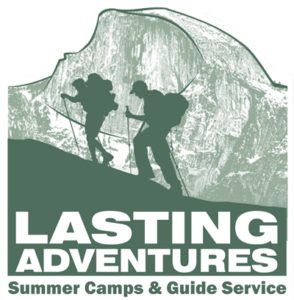
2012-2023 Traveler’s Choice on Trip Advisor – Over 1,200 5 Star Client Reviews!
Add Your Heading Text Here
Olympic national park, sequoia-kings canyon national park, joshua tree national park, lassen volcanic national park, trips by type, backpacking trips, youth programs, guided day hikes, specialty adventures, camping programs, lodge-based programs.
Click Here To Shop Adventure Deals!
Outdoor Summer Camps
Yosemite national park, outdoor education & group trips, specialty programs, joshua tree np winter camps, national park resources.
YOSEMITE NATIONAL PARK
OLYMPIC NATIONAL PARK
LASSEN VOLCANIC NATIONAL PARK
General Resources
1-800-513-8651, [email protected], p.o. box 1078, groveland, ca 95321.
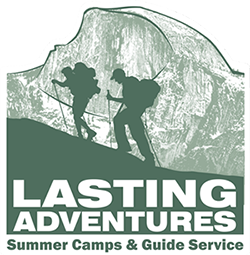
Olympic National Park Guided Backpacking Trips
Olympic national park guided backpacking trips.
Experience the wonder of Olympic National Park like never before with a guided backpacking tour from Lasting Adventures. No matter your level of experience, Lasting Adventures has an adventure for you in Olympic National Park. Whether you’re seeking a leisurely sightseeing experience or a challenging, rugged adventure, we offer an array of options that cater to all interests and abilities. Choose from the Hoh Rainforest , the Seven Lakes Basin , the Grand Valley , the Ozette Coast , or the Point of Arches ., and join us on a journey you’ll never forget. Our backpacking trips typically run for three to five days, led by experienced guides with extensive knowledge of the Olympic backcountry. Discover stunning backcountry waterfalls, beautiful alpine meadows, and hidden vistas that will leave you in awe. We prioritize Leave No Trace ethics on all our trips and offer wilderness skills training, covering everything from map and compass navigation to survival techniques, ecology, geology, and human history. Let us help you check off an unforgettable Olympic National Park backpacking adventure from your bucket list.
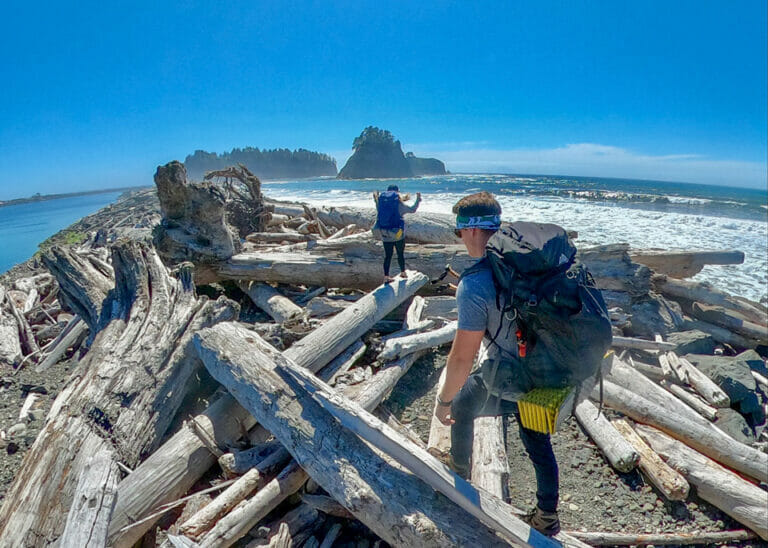
Our Guided Olympic Backpacking Trips
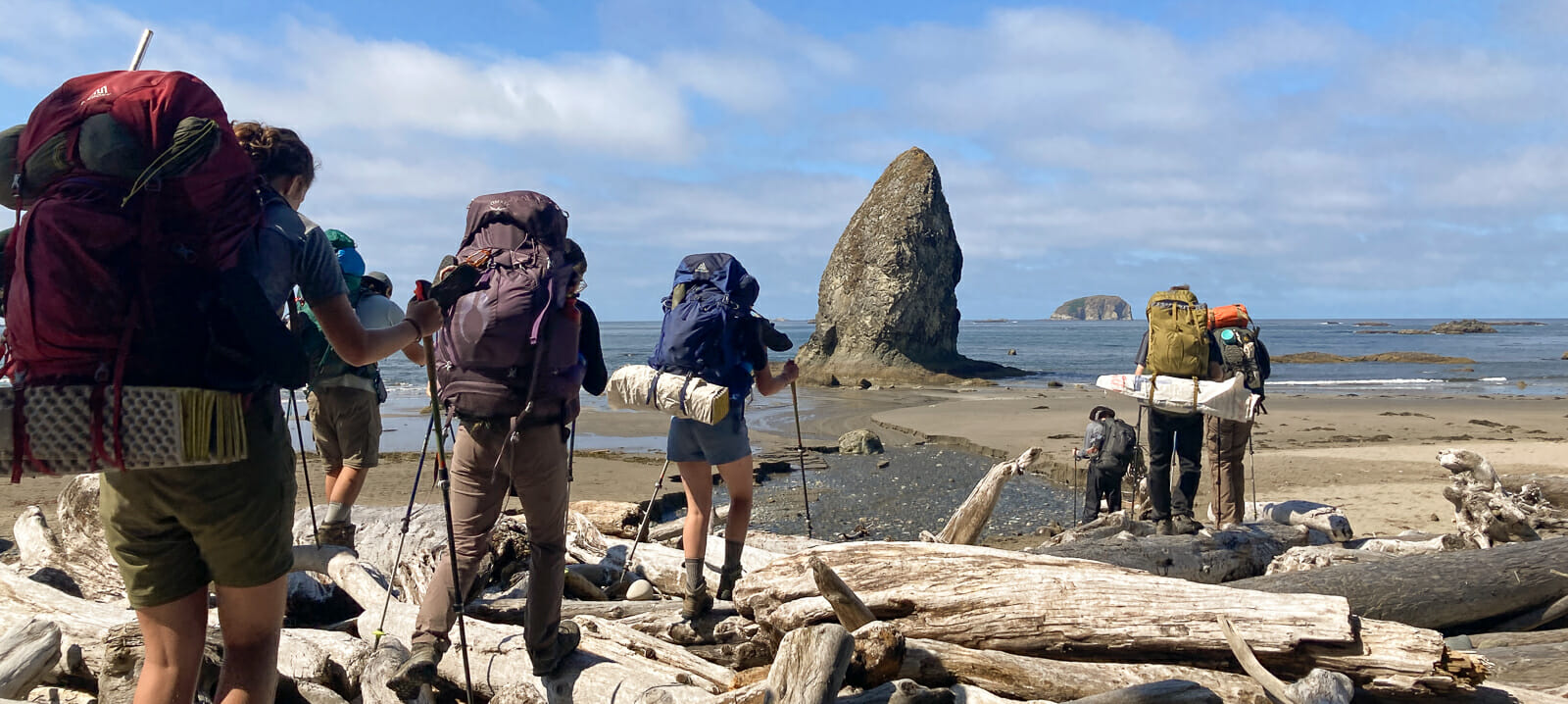
North Coast Backpack Trip
Trip Highlights:
- Coastal Trek
- Beach Camping
- Navigate Tides & Headlands
Difficulty:
Trip length:.
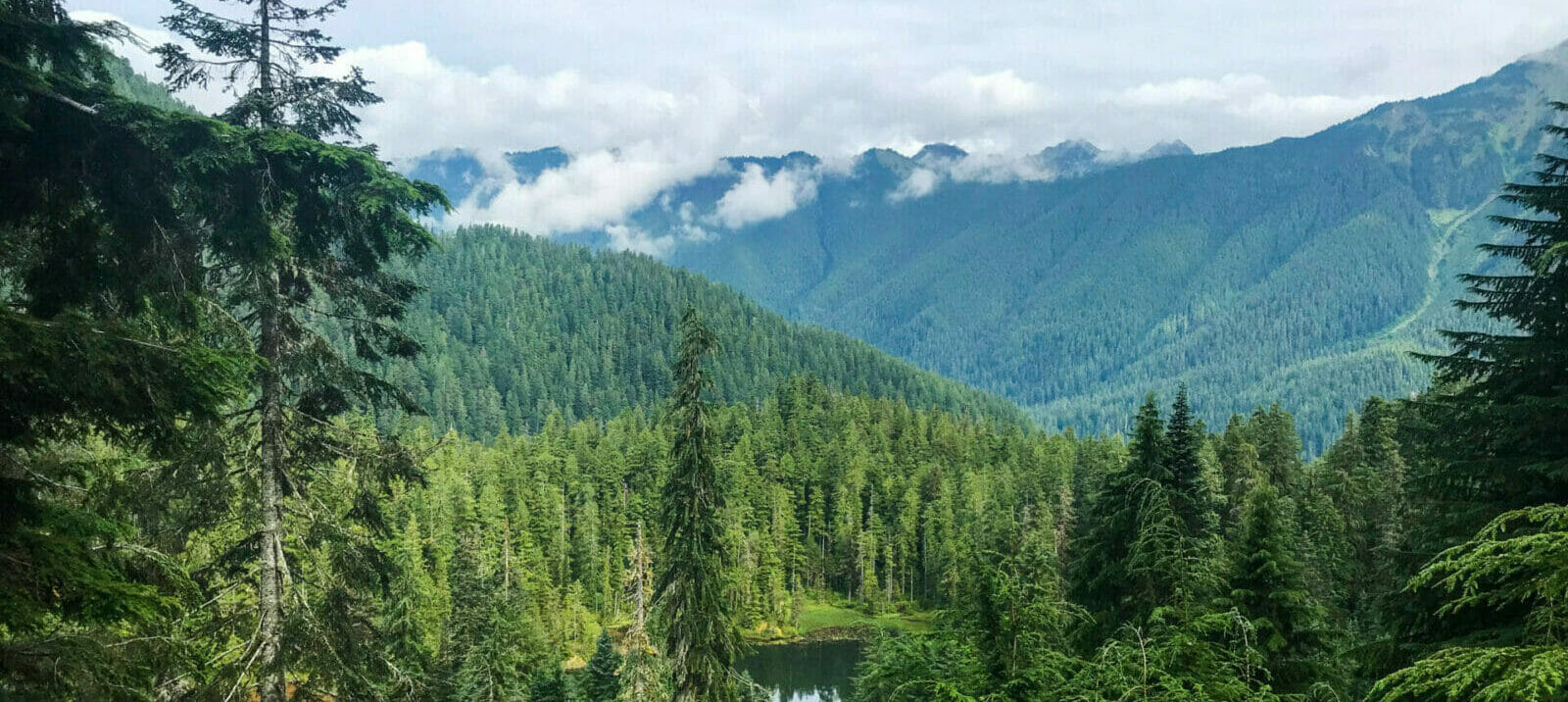
Rainforests and Alpine Lakes
- Hoh Rainforest
- Sol Duc Mountains

- The Grand Valley
- Olympic Mountains
- Puget Sound
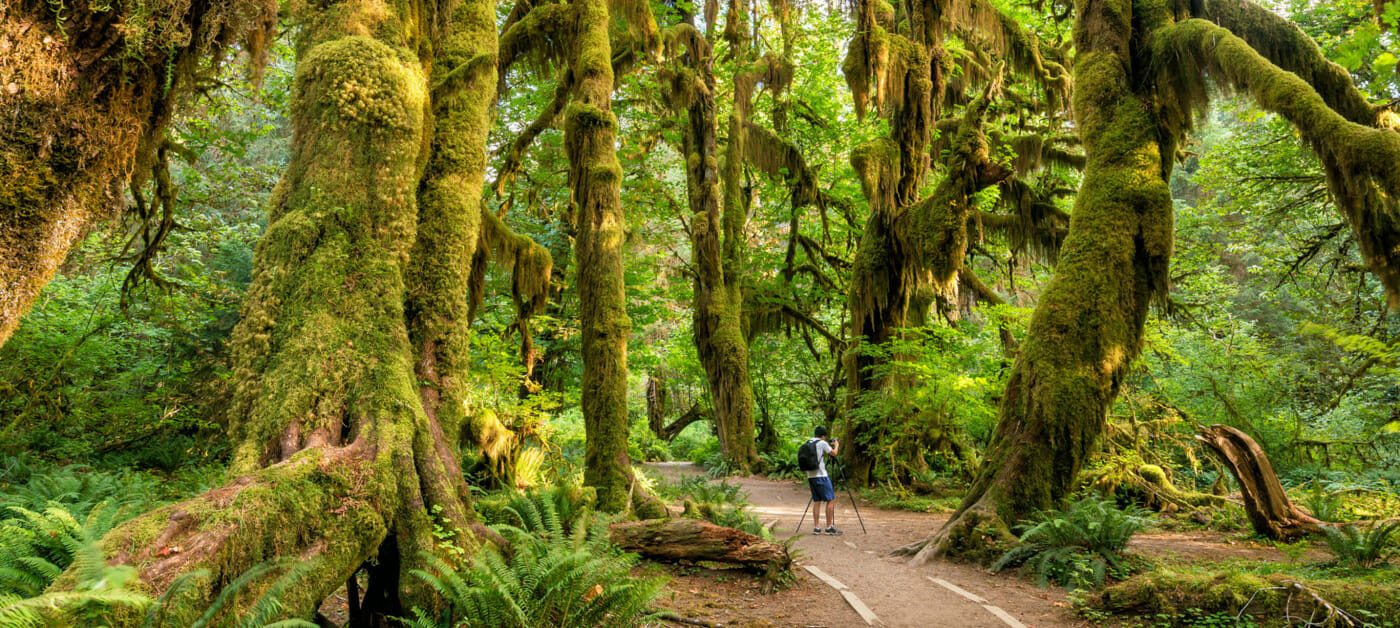
Hoh Rainforest and the Blue Glacier
- Blue Glacier
- Pristine Meadows
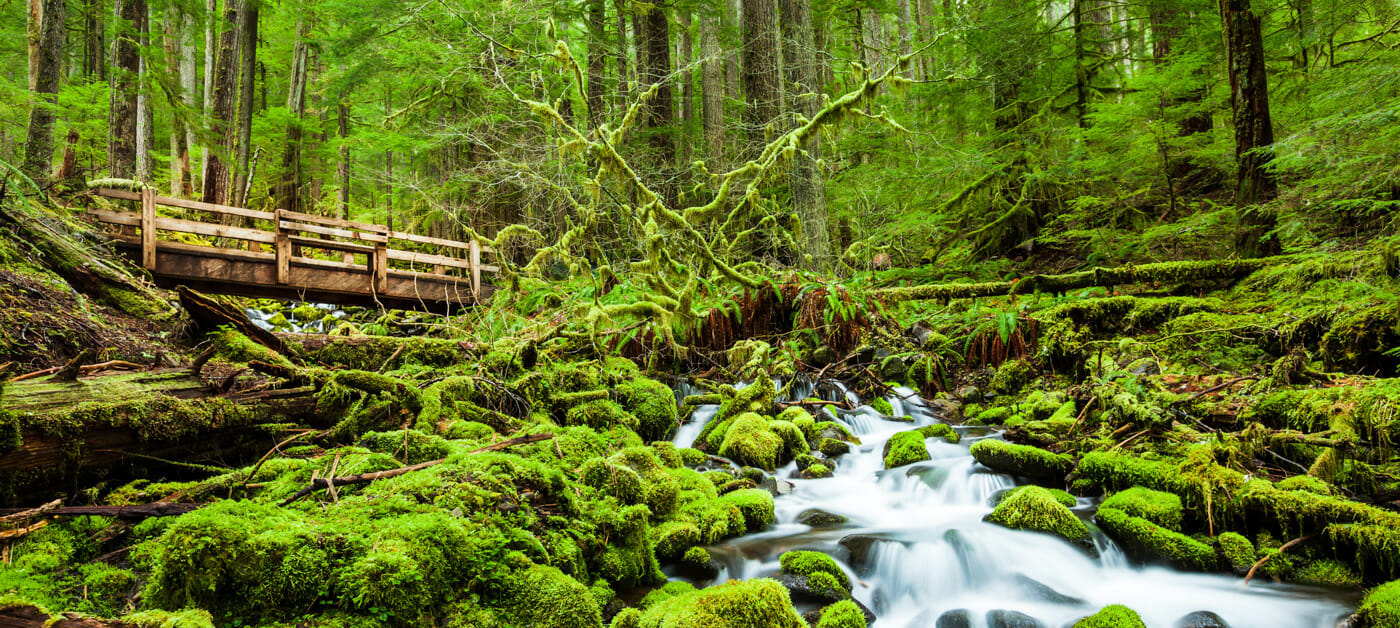
Sol Duc and the Seven Lakes Basin
- Seven Lakes Basin
- Old-Growth Forests
- Sol Duc Falls
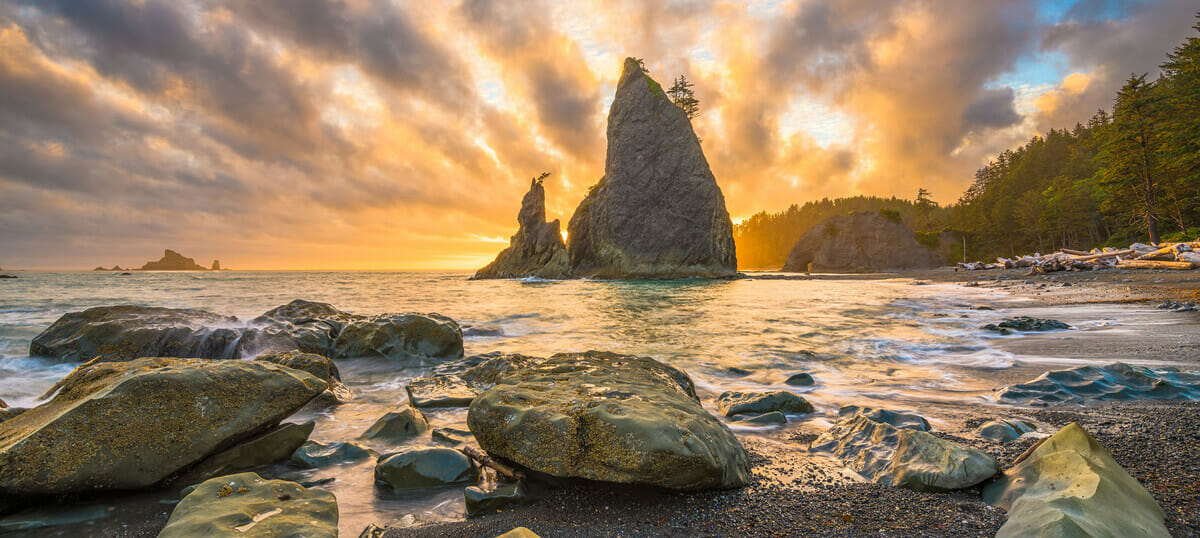
The Ozette Coast
- Lake Ozette
- Ancient Petroglyphs
- Marine Wildlife
Trip Filters
- Top-Rated Olympic Backpacking Trips on TripAdvisor
- 8,555 Clients Guided Since 1997
Subscribe to Our Mailing List:
P.o. box 1078 groveland, ca 95321, guide service.
SEQUOIA-KINGS CANYON NATIONAL PARK
SPECIALTY ADVENTURES
Youth Trips
SCHOOLS & GROUPS
ABOUT OUR PROGRAMS
©2024 Lasting Adventures | All Rights Reserved | Privacy Policy | Terms & Conditions | Cookie Policy
Adventure Deals
Trips by destination, sequoia-kings canyon, lassen volcanic, sequoia national park, joshua tree winter camps, lassen national park, trip finder.
You are using an outdated browser. Please upgrade your browser or activate Google Chrome Frame to improve your experience.

- Trip Styles
- Destinations
Olympic National Park Backpacking Trips

- Olympic Hiking Tours Olympic National Park Backpacking Trips
Our guided backpacking tours take you into the heart of world-renowned wilderness destinations. Enjoy solitude and adventure as you embark on a self-sufficient journey deep into Olympic!
Olympic National Park comprises a wild and stunning region along the Pacific coast of Washington. A mix of coastal, rainforest, subalpine and alpine ecosystems, the sheer diversity of this wilderness is phenomenal. And there’s no better way to experience it than on a multiday backpacking trip!
Our Olympic backpacking trips give you the option of exploring the coast or the alpine country, both with amazing rainforest hiking. We provide all the gear and meals, as well as transportation, permits, fees and a professional guide.
Come join us this summer for a trip you’ll never forget! Call us at 1-800-715-HIKE (4453) or email us to learn more.
Filter Trips
Trip length.
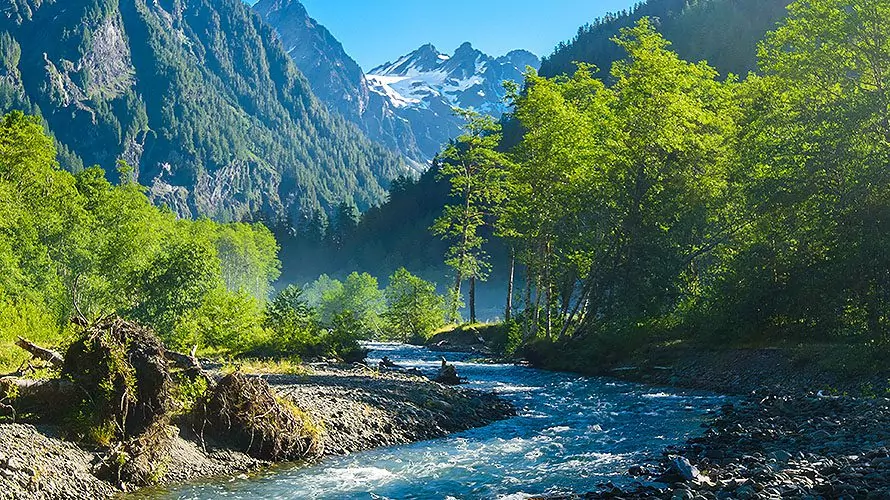
Enchanted Valley
Wild Olympic Coast Traverse
Olympic Rainforest to Glacier Trek
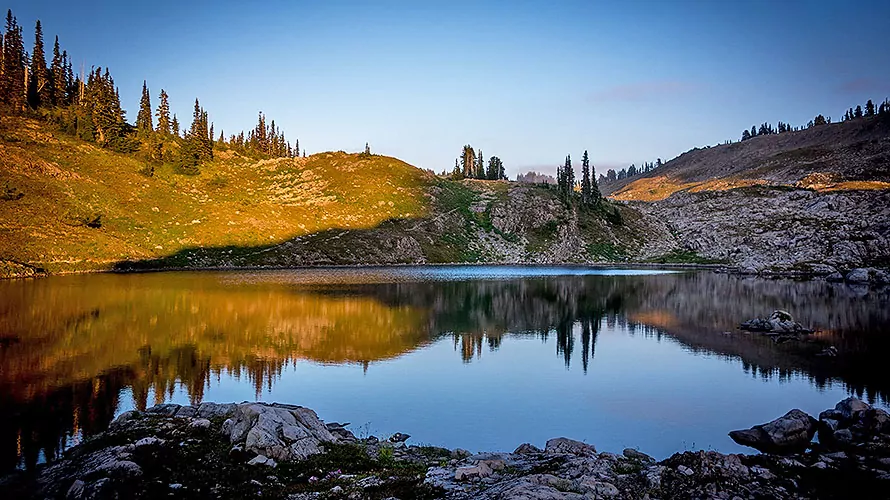
Seven Lakes Basin
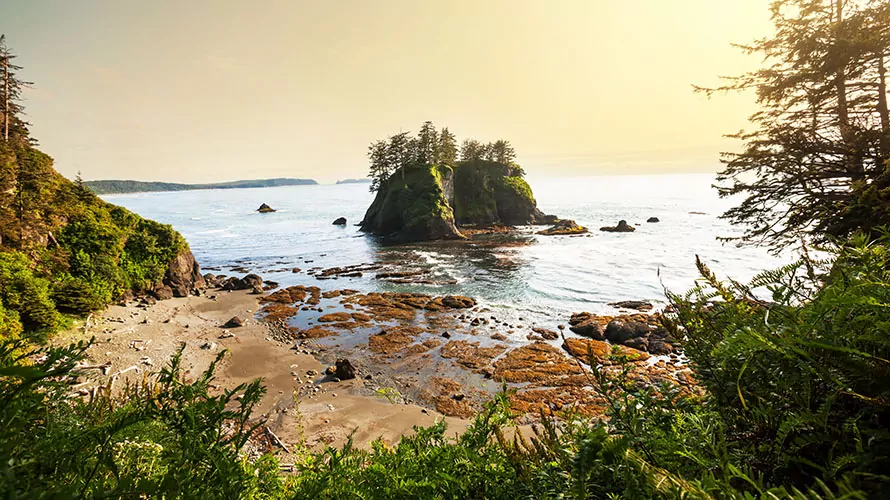
Point of Arches
Olympic Inn-based Tours
See Inn-based Tours
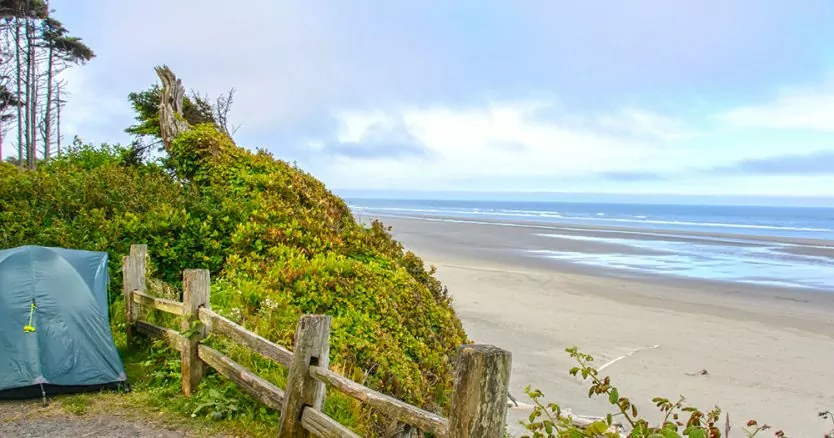
Olympic Basecamp Tours
See Basecamp Tours
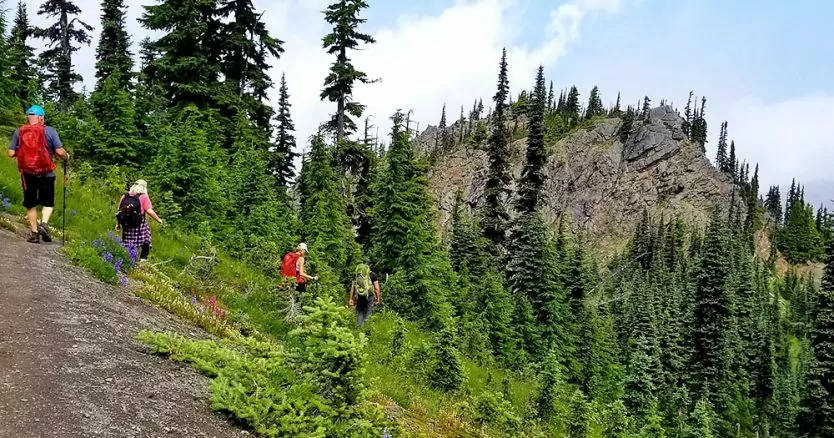
Olympic Day Hike Tours
See Day Hike Tours
OLYMPIC VISITOR INFORMATION
Tips for visiting olympic.
- VISITING OLYMPIC : Get info on what to do, when to visit, how to get there, best hikes, best tours and more.
- WHEN TO VISIT OLYMPIC : Find detailed information about when to visit the based on what you want to do and see.
- VISITING IN THE SPRING : Learn about visits to the Pacific Northwest in the months of March, April and May.
- VISITING IN THE SUMMER : Learn about visits to the Pacific Northwest in the months of June, July and August.
- VISITING IN THE AUTUMN : Learn about visits to the Pacific Northwest in the months of September, October and November.
- VISITING IN THE WINTER : Learn about visits to the Pacific Northwest in the months of December, January and February
- 10 BEST HIKES IN OLYMPIC : Find out what our top 5 recommended day hikes are with recommended pack lists and more.
- BEST OLYMPIC TOURS : Learn about the top tours and recommended companies for fishing, hiking, boating and more!
- WHAT TO DO IN OLYMPIC IN ONE DAY : Only have one day? Make the most of it by following our expert tips!
- OLYMPIC BACKPACKING PERMITS : Learn about the complicated Grand Canyon backcountry permit system and how to apply.
wildland Wires
Sign up to receive our exclusive Wildland Wire emails and stay up to date with Wildland Trekking's promotions, discounts, contests, outdoor tips and tricks, trip reports and more!

Olympic National Park Beach Backpacking: South Coast Trail Guide
This guide to backpacking the South Coast Trail in Olympic National Park will prepare you for a fun beach backpacking trip in Washington.
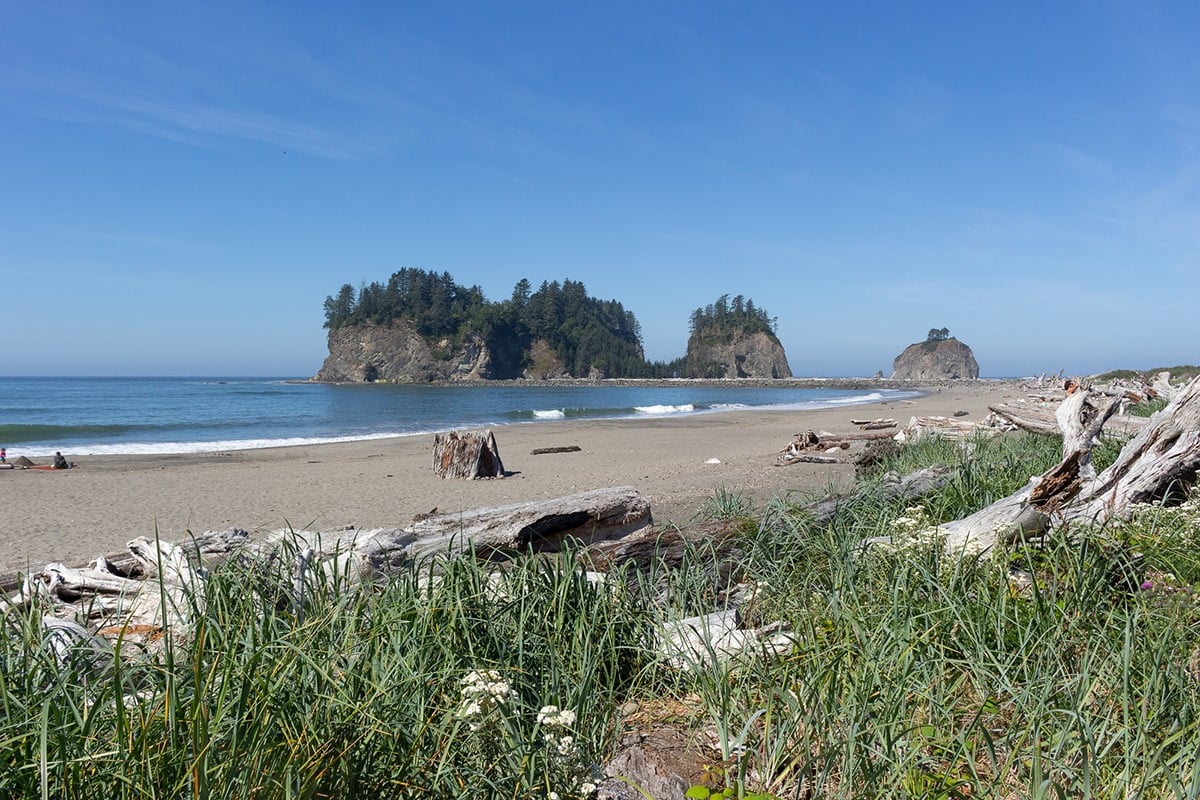
Washington’s Olympic Peninsula is filled with rugged sea stacks, abundant marine life, and sandy shores. Backpacking Olympic National Park is one of the best ways to explore this area and feels like one of the more wild experiences in the country. The South Coast Trail, a beach backpacking trip detailed here, provides a comprehensive view of the south coast of the Olympic Peninsula and is great for backpackers who are used to grueling mountain trails looking for a change. Plus, nothing beats waking up on a beach to the sound of waves and the smell of the ocean.
The trail follows the natural formations of the coastline, but some sections require an overland trail that is accessed by ladders and steep terrain when hiking on the shore isn’t possible. It’s also fairly easy to get to from Seattle, which means it can get pretty busy in the summer months. All in all, this is one of my favorite routes on the West Coast. If you’ve ever wanted to go beach backpacking, this is a great trail to start with.
In this guide to backpacking the South Coast Trail in Olympic National Park, we cover everything you need to know for a successful beach backpacking trip in Washington.
Best time for beach backpacking in olympic national park.
Washington is notorious for being wet, so the ideal season for backpacking Olympic National Park is fairly short. It’s best done between May-October . If you want to have more solitude, the fall months are the way to go (make sure to bring your rain gear ). And while fog is common on Washington beach backpacking trips, the good news is that a foggy morning doesn’t ruin the day – the coast is just as beautiful under a blanket of mist as it is under blue skies.
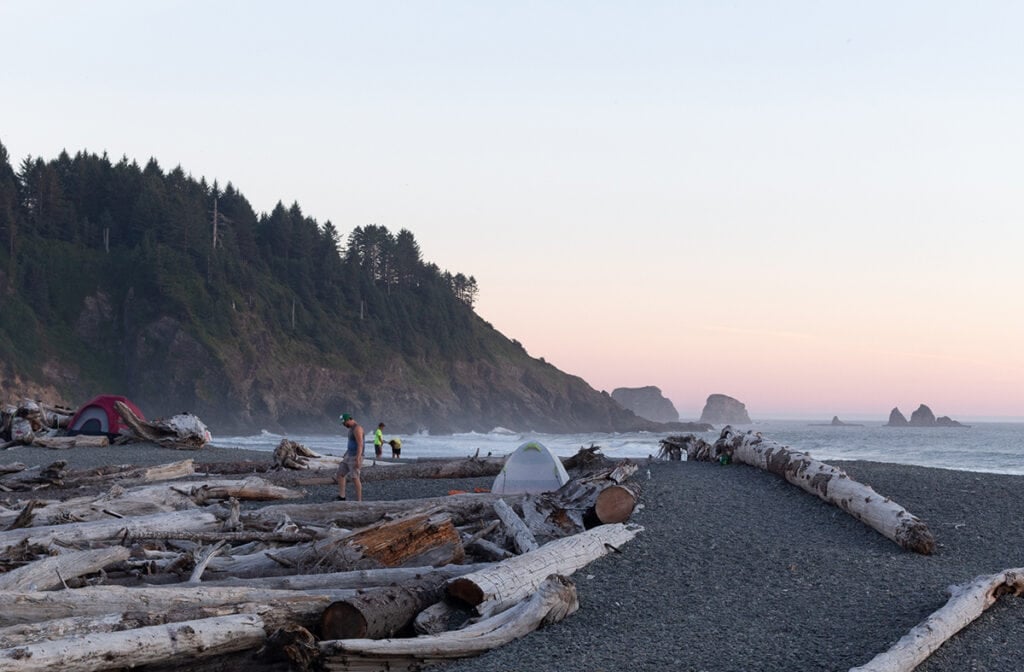
South Coast Trail Basics
Although this trail may not be as physically demanding as others, you have to know the tide cycles and some sections may require waiting for low tide to cross . This is important – you don’t want to get stuck because you didn’t look at the tides. You can find all this information using a tidal chart, which I recommend you have on you for the duration of your hike. A tidal chart will tell you the exact hours and locations of low tide so you can plan accordingly (this may require that you leave two hours later, or earlier, than originally planned, for example).
- Trailhead: Third Beach Trailhead (if hiking south) or Oil City Trailhead (if hiking north)
- Trail Type: One-Way
- Distance: 17 miles
- Elevation Gain: ~250 ft.
- Difficulty: Moderate
- Days Recommended: 3 days/2 nights
- Dogs Allowed: No
- Wilderness Permits Required: Yes
- Camping Reservations Required: No
Transportation Logistics
Since the South Coast Trail is a one-way route, many people opt to take two cars and leave one at the destination trailhead and drive the other back to the starting point. If you’re starting at Third Beach Trailhead, you can leave a car at the Oil City Trailhead parking lot (and vice-versa). Both parking lots are free and there’s no limit to overnight stays. If you are not planning to bring a second car, I recommend taking a shuttle from your destination trailhead back to your starting point . There’s one that runs every day from either trailhead for $60 per person (2 or less) or $40 per person (3 or more). You can find further information on shuttle rates and schedules here .
We left a second car at the trailhead but the whole ordeal was pretty time consuming. Take the shuttle if you can, it’ll save you time and energy.
Getting To Third Beach Trailhead
It’s about a four-hour drive from Seattle to Third Beach Trailhead . Otherwise, you can take a ferry to Bainbridge Island and drive the rest of the way for a more scenic ride. It might be a good idea to spend the night in Forks before your trip so you have a flexible start time, in case you need to alter it for the tides. You don’t need to pay for parking at the Third Beach Trailhead, although it gets pretty busy in the summer. Consider carpooling or getting there early for a spot. If the parking lot is completely full, you can consider parking at First Beach and starting your trek from there (it adds about a mile to your first day).
Getting a Wilderness Permit to Backpack in Olympic National Park
You can get your wilderness permit for backpacking Olympic National Park in advance online through the Olympic National Park Wilderness page . You don’t need specific permits depending on which trailhead you start at. You can get your reservation six months prior to your trip but make sure you get it at least a week before you start your trek.
Water and Toilets
There are natural water sources from streams and rivers throughout the hike, but make sure to bring a water filtration system or iodine . Pit toilets are available at all campsites.
Fire Regulations on Olympic National Park Beaches
Fires are only allowed on the beach with existing driftwood . I recommend camping on the beach instead of inland during your second night if you want to have a fire. It’s a really cool experience to have a campfire on the beach during sunset, and driftwood is plentiful.
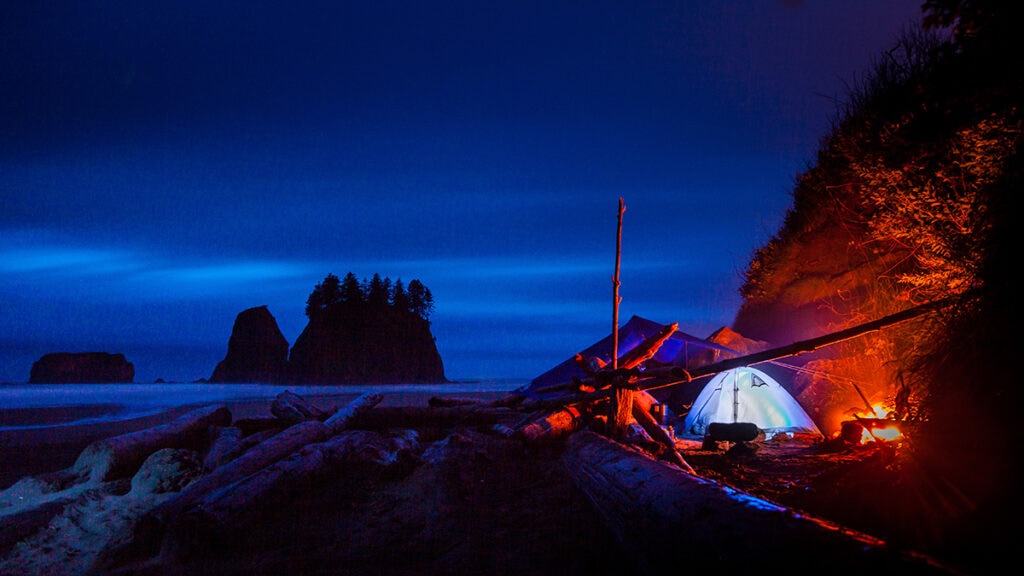
Beach Backpacking Gear Recommendations
When I was done with this Washington beach backpacking trip I was covered, and I mean covered, in sand and mud. I would recommend bringing full rain gear and plenty of layers so you’re prepared for any weather that might come your way, as well as sturdy hiking boots to support you while walking through the sand. In particular, high top hiking boots will help stabilize your ankles and also help keep sand out of your shoes. Another option is hiking in Tevas or similar hiking sandals since there are a few river crossings. Additionally, some people recommend gloves as the ropes on the trail can get wet and slippery in colder months.
Bear canisters are required and can be picked up at Quinault Ranger Station, along with tide charts and wilderness backpacking permits .
For more hiking and backpacking gear recommendations, check out the following posts:
- 3 Day Backpacking Checklist
- What to Wear Hiking
- What to Wear Hiking in Fall
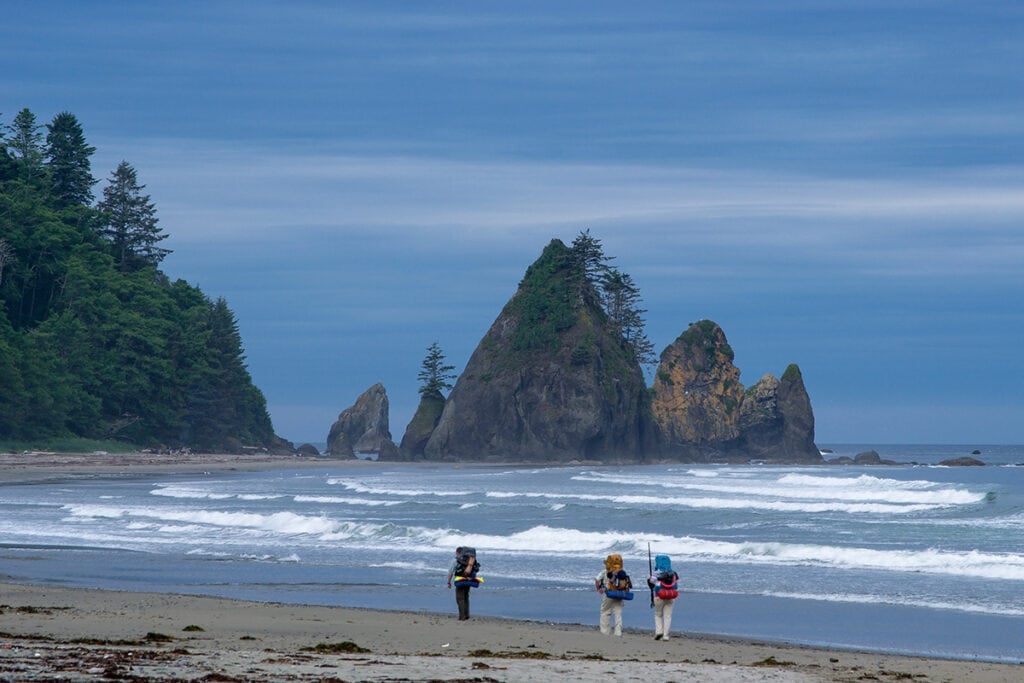
South Coast Trail Itinerary for Backpacking in Olympic National Park
Day 1: third beach trailhead to toleak point campsite.
- Distance: 6.8 miles
- Time: ~4-5 hours (depends on status of tides)
There are two options for starting out your trip. If you parked at First Beach, plan to add about a mile to the day. If you parked at Third Beach, a winding trail through the lush rainforest will take you down to the ocean, and your beach backpacking trip in Washington begins!
You’ll hike on the sand for a short time before reaching the first overland trail at Taylor Point. The trail will be marked by an orange and black circular sign, where a steep trail begins with a wooden ladder and rope. Keep your eyes peeled for the overland trail because it’s possible to miss it . There are two overland sections on this day.
The first point where you’ll have to deal with the tide is just south of Scotts Creek about an hour into your hike. The section is only passable when the tide is 4 ft or lower , so make sure to check your tide chart before you head out. We had to wait a little less than an hour for low tide, so I would bring a book or a hammock to wait it out if needed. When you round the bend just south of Scotts Creek you’ll make it to Strawberry Point where you’ll see campsites along the forests’ edge. You can choose to set up camp here instead of Toleak Point if you got a late start and want a shorter first day.
After hiking through sections of forest, sand, and driftwood, you’ll make camp at Toleak Point on the beach. There are a few sites in the forest but most are on the sand.
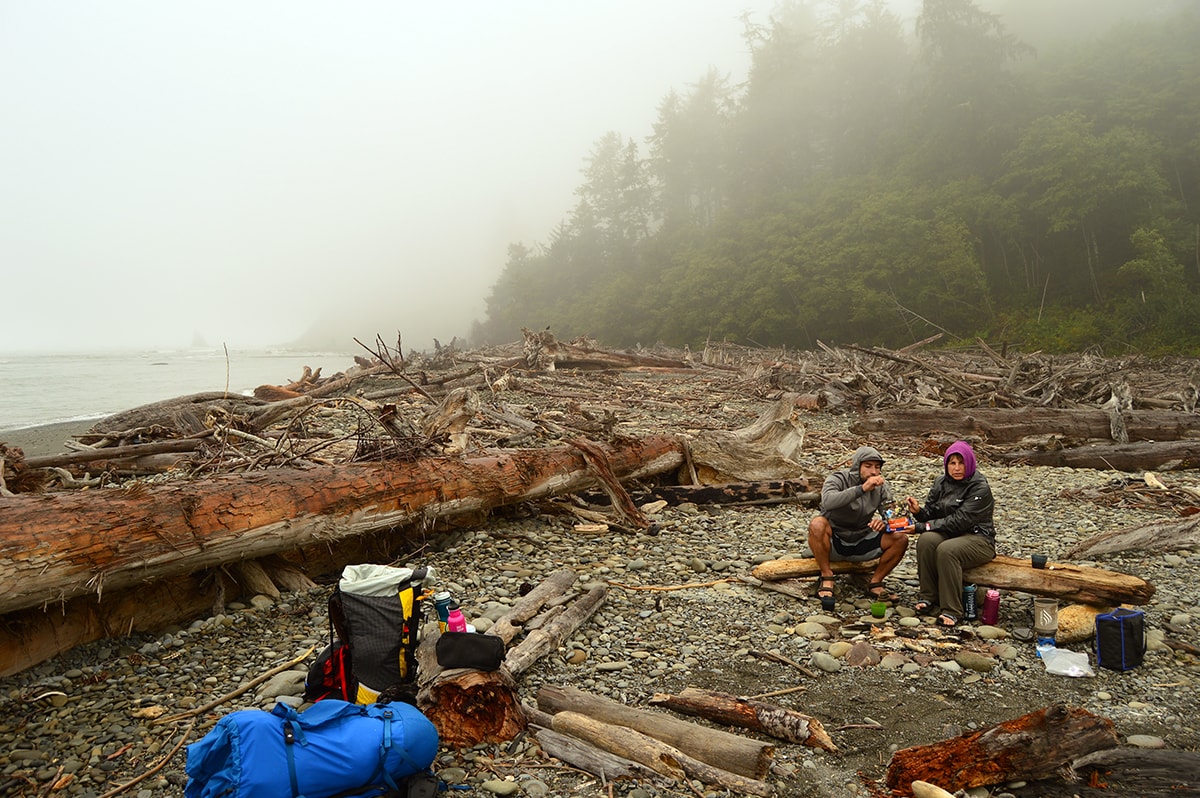
Day 2: Toleak Point Campsite to Mosquito Creek
- Distance: 4.6 miles
- Time: ~3-4 hours
This segment of the South Coast Trail is short and a great day to take your time and enjoy the tide pools. You’ll hike for about a mile on the beach before reaching an overland point where you’ll find an inland trail marked by the circular black and orange sign. The inland section here is a little longer than the first day and when the trail led back to the sand I took an hour long break to do some yoga on the beach – it was wonderfully slow-paced and peaceful.
There are a couple river crossings on this day about two miles in – Falls Creek and Goodman Creek. If you choose to cross Falls Creek during high tide, the water may be waist-deep (normally shin-deep). Goodman Creek is ankle deep. After crossing both these rivers, you’ll be walking on the beach for about two miles before reaching Mosquito Creek, where you’ll find a river crossing that should be done at low tide.
The camping spots at Mosquito Creek are primarily in the forest right off the overland trail . These spots can be regularly taken in the summer months. Camp on the beach if there are no forest spots (a better option anyway, in my opinion). This was one of our favorite nights on this Washington beach backpacking trip because we spent hours exploring the beach and looking at the sea anemones in the pools.

Day 3: Mosquito Creek to Oil City Trailhead
Distance: 6.1 miles Time: ~4-5 hours
The final day of this Washington beach backpacking trip is mostly in the rainforest. A lush, green environment feels welcome after days of trekking on the sand.
The inland trail can often get muddy and wet , so be aware of the conditions and come prepared. Caution should be used on the ladder when entering Jefferson Cove as it’s often wet and unstable .
South of Jefferson Cove is Diamond Rock. This is a tidal restricted area that should only be crossed at a tide of 2 ft or lower . When you get to the Hoh River you’ll follow a short trail along the river that will lead you back to the Oil City Trailhead.

Do you have any questions about backpacking the South Coast Trail in Olympic National Park or have you done it? Leave a comment below!
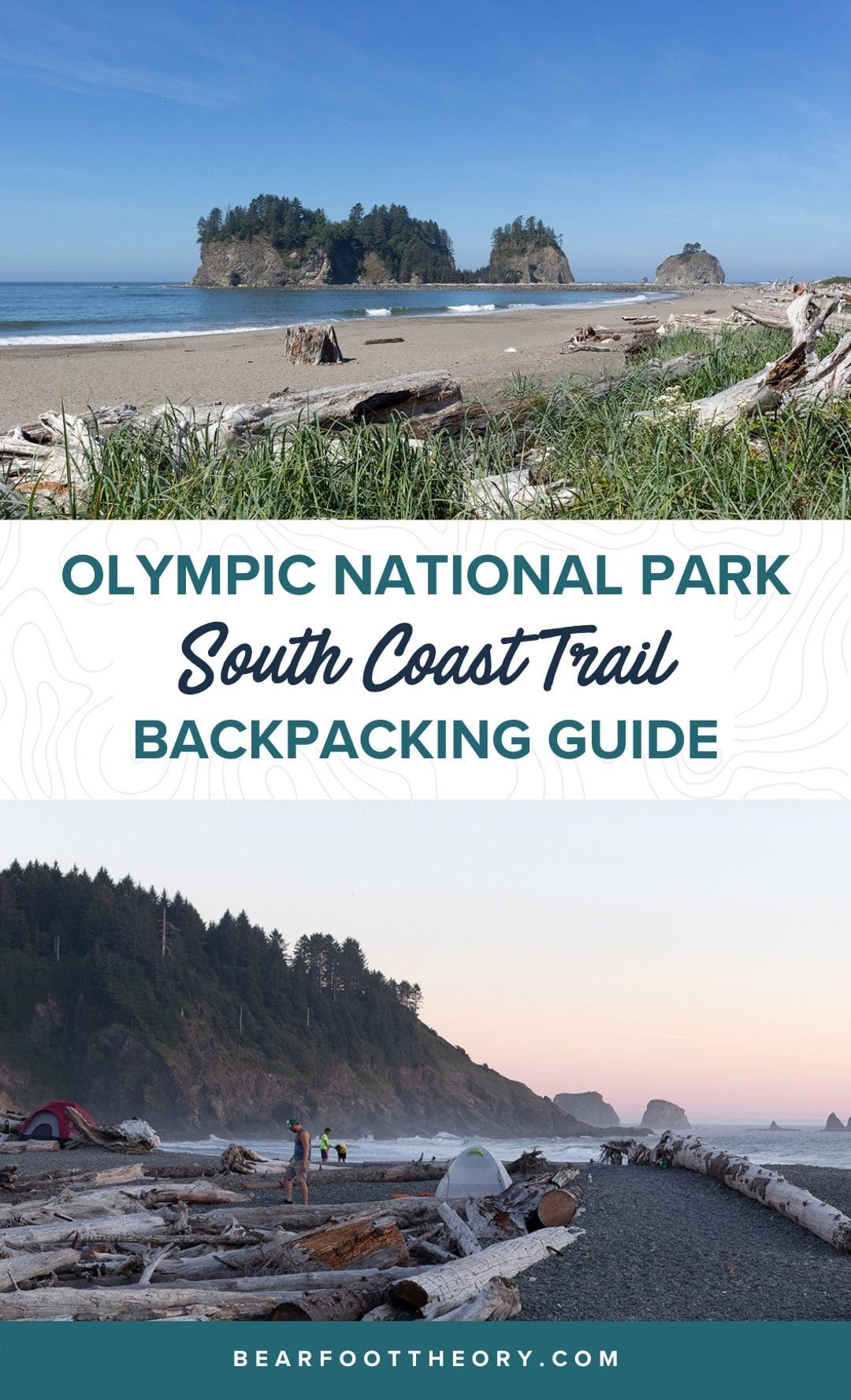
Polina is an avid skier, climber, and backpacker. She grew up in Minnesota to a family that loved backpacking and mountaineering, which solidified her love for everything outdoors. She believes that advocating for our environment is equally as important as going out and enjoying all it has to offer. You can find her living out of her SUV in the desert eating good food, basking in the sun, and writing.
Leave a Reply Cancel reply
Your email address will not be published. Required fields are marked *
Save my name, email, and website in this browser for the next time I comment.
We don’t have “shores” out here in the West. We have beaches. This ain’t New Jersey.
Wow! This can be one of the most helpful blogs we have ever come across on thesubject. Basically magnificent post! I’m also an expert in this topic therefore I can understand your hard work.

A Complete Guide to Olympic National Park
N amed after the mountains that surround it, Olympic National Park is a wilderness-lover's playground. Designated as an International Biosphere Reserve and a World Heritage Site by the United Nations, the park contains nearly one million acres of land, with several different ecosystems from snow-capped mountains and temperate rainforests (including the Hoh, one of the largest in the US) to over 70 miles of stunning coast.
Before President Theodore Roosevelt named this a national park in 1909—and prior to a short stint as a national monument before that—Olympic National Park was inhabited for thousands of years by Indigenous people of the region. The Skokomish, Klallam, Makah, Quileute, Hoh, Queets, and Quinault people's traditional land borders and lies within this national park; today, eight Olympic Peninsula tribes live nearby and maintain a relationship to it.
A visit to Olympic National Park means getting to enjoy trails to scenic lakes, walks through subalpine forests, and camping near wildflower meadows. Below, we cover how to get the most out of a trip to Olympic—from timing your trip right, to beelining for the best sights—so you can see how it embodies the beauty of the Pacific Northwest .
All listings featured on Condé Nast Traveler are independently selected by our editors. If you book something through our links, we may earn an affiliate commission.
How to get to Olympic National Park
Start your journey by flying into the closest airport, Sea-Tac International Airport (SEA). The drive from Seattle to Olympic National Park takes about two and a half hours; alternatively, Portland, Oregon is a four-hour drive away. If you don't want to drive, there are bus lines and a ferry that will take you from Seattle to the towns of Kingston, Edmonds, Discovery Bay, Sequim, and Port Angeles that surround the park, but you will need a car to properly explore once you arrive. Also worth noting is that the park's main road is a big loop—you can't cut directly across the park, and it can take time to turn around, so keep driving time and distance in mind when mapping out the places you plan to visit.
The Pacific Northwest is notorious for rain, and the area can see from 100 to 170 inches annually along the coast and western-facing valleys. While the park remains open year-round, many key roads and facilities are open weather permitting .
The summer months, specifically June through August, are the best time to visit this park as temperatures are warm and wildflower meadows explode with color—but everyone else knows to come in summer too, so prepare for crowds. Early fall from September to October is also a great time to visit, and though the weather can be unpredictable, the rain tends to hold out. Most of the rainfall in the park occurs between November to April. If you don’t mind getting wet, those early months can be a good time to have the park to yourself. January to April are less desirable as temperatures drop, most lodging will be closed, and camping is unavailable. The exception: skiing, snowshoeing, and snowboarding enthusiasts, who head to Hurricane Ridge, where the mountain records 30 to 35 feet of snow a year (just check avalanche conditions before any trip).
What to do in Olympic National Park
No national park visit is complete with a hike. Seemingly straight out of a fairytale is the Hall of Mosses trail located in the Hoh Rainforest. The short, flat 1.1-mile loop hike will take you under large moss-covered Sitka Spruce and Western Hemlock trees. (The trail is open year-round, but you’ll have to leave dogs at home.) If you want a hike with a little more punch, try the six-mile roundtrip hike to Hurricane Hill . At the top, marvel at panoramic mountain and water views. On a clear day, you will be able to see Vancouver Island , BC, and parts of the San Juan Islands . For more of a day hike, head to Lake Ozette to start on the Ozette Triangle Trail. The 9.4-mile loop has an elevation gain of 538 feet and covers both forest and beach terrain.
Hot springs
No trip to Olympic National Park is complete without a hot spring session. The best place to go? Sol Duc Hot Springs Resort . Located west of Lake Crescent, inside the national park, the source of the spring water comes from rain and melting snow, and is then directed into four spa pools ranging from 50 degrees Fahrenheit to 104. Guests staying at the resort get access, or you can book a 90-minute session in advance. (The springs close during the winter.)
The best views happen at night . Stargaze in the summer when there is less rain to disrupt your view and enjoy the near-total absence of human-caused light. Head to Hurricane Ridge to take part in a night sky program led by the Olympic Dark Rangers who will help you see galaxies, stars, and constellations through their free public telescope program; or join a three-mile round trip hike to Hurricane Hill for a constellation tour at the top.
Boat on Lake Crescent
Get out of the car, stretch your legs, and get a different point of view by booking a guided boat tour just 18 miles west of Port Angeles at one of the deepest lakes in the park: Lake Crescent, which is 624 feet deep. You'll spend 90 minutes learning about the history of the lake, the surrounding geology, and Indigenous stories. Stick around after the boat tour, as Lake Crescent has several hiking trails, picnic areas, and swimming during summer and fall. You can also rent a rowboat from Lake Crescent Lodge . (The boat tour runs Thursday to Sunday, from mid-June to mid-September.)
Cross-country skiing and snowshoeing
While trails in Olympic National Park may close due to winter weather, Hurricane Ridge is in its prime during the snow season. At an elevation of 5,242 feet, Hurricane Ridge offers all types of winter sports from snowboarding to downhill tubing. Cross-country ski and snowshoe 15 to 20 miles of routes in the region—but beware that no trails are groomed or marked. For those who want a less rugged experience, Hurricane Ridge Ski and Snowboard Area offers lift facilities and equipment rentals. The ski area is the westernmost in the U.S. and one of just three lift-serviced ski areas located inside a U.S. National Park. Backcountry skiers can also explore slopes and bowls in the area including Hurricane Hill, Sunrise Ridge, and Klahhane Ridge. If you visit in winter, just know that you'll need snow tires or chains to access these areas.
Where to stay in and around Olympic National Park
Camping in olympic.
During the summer months of June through September, reservations for campsites fill up fast. Reserve a spot at Hoh Campground to spend a night in the temperate rainforest. This year-round campground is best for adventure groups, as the park service offers summer ranger programs and even riverside campsites along the Hoh River. Those seeking solitude should head to the smaller, remote North Fork Campground . Or, listen to the sounds of the waves from the South Beach Campground overlooking the Pacific Ocean, where you also get beach access. The popular Fairholme, Kalaloch, Mora, Hoh Rain Forest, and Staircase campsites also need to be reserved in advance, but other campsites are first come, first-served.
Wilderness camping is also on offer, and permits become available for advance reservation in April, for the summer season through October. Seek out a permit for Seven Lakes Basin, High Divide Trail, and Royal Basin. On the 19.3-mile Seven Lakes Basin-High Divide Trail, you'll be rewarded with sweeping views of mountains, lakes, wildflowers, and glacier peaks. Royal Basin gives you the best of the Eastern Olympics, working its way to the scenic Royal Lake during an 18-mile out-and-back hike.
For visitors with an RV, Log Cabin Resort has a variety of campsites next to Lake Crescent that include full hook-up RV sites and wheelchair accessibility .
Near the park
There are several lodging options in the gateway communities surrounding Olympic National Park —most notably Port Angeles, Sequim, Port Townsend, and Forks—that all make for cool basecamps if you’re exploring the wider region. (And yes, these towns are famously known for their appearance in Stephanie Meyer’s Twilight saga.) Think about what you might want to do after a day in the park when deciding where to base yourself: You can go below ground on the Underground Heritage Tour in Port Angeles and learn about their subterranean network of tunnels and storefronts from the early 1900s, created due to flooded concerns; or take to the skies in Sequim with a hot air balloon ride. Downtown Port Townsend, meanwhile, is home to two National Historic Landmark Districts .
Located on the Pacific Coast in Forks, a standout stay is the laid-back and pet-friendly Kalaloch Lodge , which is open year-round, and sits between driftwood-lined beaches and an evergreen forest. At the lodge’s restaurant, Creekside , take a seat overlooking the ocean and bite into local and sustainable Pacific Northwest cuisine, such as their Grilled King Salmon or Northwest Elk Burger—60 percent of their food and beverages are sourced within 150 miles, are certified organic, or both; and every wine served comes from Washington.

Trail Treats: Our Favorite Food to Fuel a National Park Trip
By Kacee Saturay, Donor Stewardship & Social Media Manager
If you’re like me, you’re a little obsessed and overly excited about planning for a trip to one of Washington’s national parks. Aside from packing the 10 essentials and coordinating plans with your hiking buddies, one of the most important parts of planning a park outing is your food!
Our staff have spent hours preparing, packing, planning, and playing in Mount Rainier, North Cascades, and Olympic National Parks. Below you’ll find a few of our favorite treats and meals that you might want to pack for your next trip. There’s nothing worse than eating a snack that you’re not looking forward to after hiking uphill for hours!
Favorite Trail Snacks
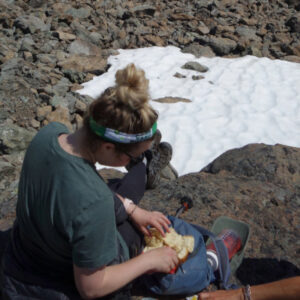
Alex, our Director of Marketing, says “I’m a sucker for a salty and sweet combo, so my go-tos are peanut M&Ms and salt and vinegar potato chips.” On a recent volunteer day to clean up the Gorge Falls Overlook in North Cascades National Park , Alex brought a bag of peanut butter M&Ms and I immediately added that to my list of snacks!
Kristen, our Events & Partnerships Manager, spends her days on a bike saddle or in trail running shoes in the alpine. Here are some of her favorite snacks:
“Spring Energy Gels are my favorite because they are real food, no questionable ingredients, it’s instant energy, and the Awesome Sauce flavor is the perfect boost of energy for when I’m cycling up to Paradise at Mount Rainier. Dark chocolate is my favorite summit treat and Muir Energy Gels’ cacao almond flavor tastes like chocolate icing!”
Feeling inspired by Krsten’s cycling adventures? Check out her write-up on biking the North Cascades Highway!
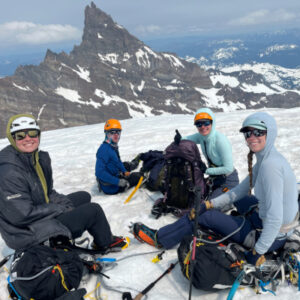
Brianna, our Administrative Coordinator, listed peanut butter and jelly Uncrustables as her all-time favorite and I couldn’t agree more! She said, “I probably ate my weight in them while I was summiting Mount Rainier.” There’s something about a circular PB&J sandwich while taking a break on a glacier that sounds like a dream right about now…
Is summitting Mount Rainier on your bucket list? Check out our Climb for a Cause program. You might just find yourself snacking on these treats on a glacier this summer!
Favorite Backpacking Meals
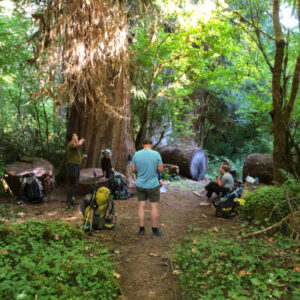
If you’re looking for even more calories, here are some of our favorite meals to have outside:
Alex’s first dinner on a backpacking trip is usually “a big bagel sandwich with lots of crunchy veggies, and then I’m looking to optimize weight for the rest of my meals.” She also adds that “instant oatmeal and peanut butter bagels are easy and quick to make, and keep me full for a while.”
I think I’m sensing a peanut butter theme with Alex’s trail treats!
To follow the bagel recommendation, Kristen loves taking a gluten-free everything bagel with vegan cream cheese on her trips to the backcountry. It’s a staple meal for her and she’s taken it on some epic backpacking trips to all three parks!
Looking to backpack in the parks? Check out our “Backcountry Beginner” blogs on securing permits in Mount Rainier , North Cascades , and Olympic National Parks.
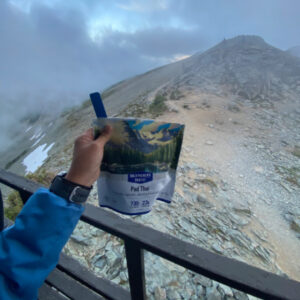
For me, I look forward to firing up my backpacking stove and cooking my favorite dehydrated meals once we reach camp. Backpacker’s Pantry’s Pad Thai has fueled many of my recent trips. I ate it three times on my 5-day Olympic National Park trip and never got tired of it. It was that good!
Speaking of Olympic National Park Backpacking trips! Check out Trek for the Trails – a new program we’re launching this summer where participants take a guided trip through the Enchanted Valley, all while supporting the park you’re in. Find out more about Trek for the Trails here.
We hope you found a few new treats to try on your next adventure in the parks. If you’re looking for more tips or park recommendations for the summer, we think you’ll enjoy these blogs:
- Best National Park Picnic Sites
- Hidden Gem Hikes in Mount Rainier, North Cascades, and Olympic National Parks
- Top 10 Spots for Wildlife Viewing in Washington’s National Parks
Washington’s National Park Fund is the official philanthropic partner to Mount Rainier, North Cascades, and Olympic National Parks. We raise private support to preserve and protect Washington’s national parks by funding scientific research, youth and family experiences, and projects that will keep these parks strong and vital now and forever, for everyone.
Cover photo by Nick Danielson, WNPF Creative Partner. Blog photos by WNPF staff.
- Park Experiences
- People of Interest
Advertisement
A stress-free guide to camping at olympic national park, share this article.
If you’re reading this, you’re probably already well aware of how gorgeous Washington’s beloved Olympic National Park is. This destination has a lot to offer, from magical views of the Hoh Rain Forest to outstanding wildlife spotting opportunities. For adventurous travelers who enjoy the Pacific Northwest’s vibrant greenery and dramatic shores, this park is one of the most alluring spots for a weekend getaway. Start sorting out your trip to the park with this simple guide to Olympic National Park camping spots. Below, you’ll find info on three of the park’s most popular campgrounds , plus three hidden gems that provide visitors with a more relaxed experience.

Photo by Jason Pratt
Olympic National Park camping options
Currently, Olympic National Park’s camping page features 15 campgrounds. Don’t worry, we’re not going to just list all of them here. Instead, we’ll focus on some of the park’s best campsites and what they have to offer guests. While securing a spot at these campgrounds can get competitive (especially in the summer), the incredible sights you’ll see there make them worth the struggle.
Three of the park’s best camping spots are: Kalaloch Campground, Hoh Rain Forest Campground, and Sol Duc Hot Springs RV Park & Campground. While the Kalaloch and Hoh Rain Forest campsites are open year-round, Sol Duc Hot Springs is only open from March to November this year. All three are popular for their gorgeous scenery, and snagging a reservation can be tricky. If you can’t manage to book a spot when planning your trip, keep an eye on the reservation website as your travel dates approach. Last-minute cancellations could be your ticket to scoring one of these coveted campsites.

Photo by NPS
Willing to branch out and try some different camping spots? Try South Beach Campground, Fairholme Campground, or Graves Creek Campground. This year, South Beach Campground is open from May to October and operates on a first-come, first-served basis. Fairholme Campground is open from April to September, with reservations required from late May to September. Graves Creek Campground, within the Quinault Rain Forest, is open year-round on a first-come, first-served basis.
Except for Graves Creek Campground, all of the above Olympic National Park camping spots feature RV camping sites. All campgrounds also welcome leashed pets .

Most Popular
25 of the flattest marathons and half marathons in the us, the best swimming holes in all 50 states, 10 luxurious us hot springs resorts you'll really want to visit, the 14 best trail running shoes recommended by pros, race around the world in these 30 destination half-marathons, 8 impressive facts that tell the tale of the brown pelican, protect your skin and the planet with these reef-safe sunscreens.
Please enter an email address.
Thanks for signing up.
Please check your email for a confirmation.
Something went wrong.
- Share full article
Advertisement
Supported by
What to Know Before Booking a National Park Trip This Summer
Additional routes in popular parks now require reservations, the annual pass gets a big change, Juneteenth is now a new free entrance day and more changes for 2024.

By Lauren Matison
In 2023, the seashores, lakeshores, battlefields, historic sites, monuments and more that make up the National Park Service had 325.5 million visits , an increase of 4 percent from the year before.
The National Park Service director, Charles F. Sams III, praised the surge of interest in “learning our shared American story throughout the hidden gems of the National Parks System.”
Expecting an even greater turnout in 2024, the Park Service and Recreation.gov , the booking platform for federal land reservations, have implemented new measures to streamline the park experience, manage overcrowding and safeguard the environment.
More parks are requiring reservations
To better avoid congested trails, packed parking lots and overflowing trash cans, additional parks are joining Rocky Mountain , Arches and Glacier National Parks this year in requiring day-use permits, timed entries and other reservations for travelers who wish to visit, particularly during peak hours, holidays and the parks’ high seasons. Yosemite National Park is reinstating a timed-entry system it instituted in 2020, but paused in 2022.
Many park enthusiasts expressed mixed feelings about the reservation policies, with some lamenting a lack of first-come, first-served campsites while others find comfort in knowing they have a confirmed booking. As nearly 75 percent of visitors each year descend on national parks from May to October (and often on weekends), park officials stand by the system.
“In some parks, the level of demand is exceeding the capacity for which infrastructure was designed or is outpacing the National Park Service’s ability to sustainably support visitation,” said Kathy Kupper, a public affairs specialist for the service. “This trend is resulting in the need to explore new strategies to protect natural and cultural resources and provide opportunities for safe and meaningful visitor experiences.”
It can be confusing.
New to implementing timed-entry reservations for vehicles is Mount Rainier National Park , in Washington, for its popular Paradise and Sunrise Corridors during certain times in the summer season. Reservations cost $2, are valid for one day and must be purchased along with the park ticket, but do not apply for visitors with wilderness permits or camping or lodge reservations. Similar vehicle reservations are now required for certain periods for viewing the sunrise at Haleakalā National Park in Maui, Hawaii , and driving the Cadillac Summit Road in Maine’s Acadia National Park .
Visitors wishing to hike Old Rag Mountain in Virginia’s Shenandoah National Park must obtain a day-use ticket between March 1 and Nov. 30, and in Zion National Park, in Utah, hikers wishing to visit Angels Landing , the dramatic 1,488-foot-tall rock formation, also need to purchase a permit. Fees range from $1 to $6, in addition to the parks’ entrance fees.
As each destination is managed differently, check the park’s webpage for the type of reservation required. Although most bookings can be made through Recreation.gov, some sites, such as Muir Woods National Monument, use a different system.
New features on Recreation.gov
In 2023, Recreation.gov reported that more than 4 million camping reservations and 2 million timed-entry reservations were booked online, and 1.5 million permits were issued. Some 2.9 million new users signed up for the site. With its expanding user base, the booking platform has added 58 reservable national park locations — including 17 campgrounds — such as Central Avenue Walk-in Sites at Indiana Dunes National Lakeshore and Bluff Hike In Camping in South Carolina’s Congaree National Park.
Recreation.gov has also improved an alerts feature, piloted in July 2023, that can notify users through email or mobile push notifications when a sold-out campsite becomes available. After Recreation.gov notifies you of availability, you must book the campsite yourself online — and quickly, as you’ll be shown how many other people (possibly hundreds) have received the same alert.
While its customer support center and mobile app are still only available in English, Recreation.gov recently introduced a Spanish language translation option. The Park Service partners with Latino Conservation Week , which hosts nationwide hikes and events on environmental education and in-park stewardship, and will celebrate its 10th year in September.
A limit to the annual America the Beautiful pass
The 2024 America the Beautiful pass no longer allows two owners. The annual interagency pass, which costs $80 and covers the entrance fees for more than 2,000 federal recreation sites (of which roughly 100 do not charge for admission year-round), is now marked by a single signature line on the back of the card. The pass owner must show I.D. and be present with any accompanying travelers wishing to access the park with the pass. (Annual passes issued in 2023 will still be valid until their expiration date.) The pass covers all passengers in a vehicle — up to four adults, and children under 16 are admitted free — or up to four cyclists riding together. Active military or veterans and people with permanent disabilities are eligible for a free lifetime pass; 4th grade students may receive a free annual pass; and senior citizens may purchase a $20 annual pass or pay $80 for a lifetime pass.
At the parks, more accessible features, E.V. chargers and new lodging
To better protect against global warming, the Park Service is putting more than $65 million from the Inflation Reduction Act and Great American Outdoors Act into climate mitigation and ecosystem restoration.
Using $15.9 million budgeted for zero-emission vehicle deployment, charging capacity and infrastructure, the Park Service is prioritizing a reduction in carbon emissions, said Mr. Sams, by installing new electric-vehicle charging stations and running electric buses.
An interactive online locator tool created in 2023 shows E.V. charging stations throughout 27 national parks and the type of chargers available. In addition to the tool, every national park page displays alerts on road closures, parking lot capacities, construction work and other incidents.
Mr. Sams also said the Park Service is investing $1.3 billion from the Great American Outdoors Act to improve accessibility features, ranging from a new A.D.A.-compliant visitor center at Morristown National Historic Park in New Jersey to new beach wheelchairs at Sleeping Bear Dunes , Channel Islands and Virgin Islands National Parks . Each destination’s website has an accessibility tab to help visitors plan their trip, and Recreation.gov now has a search filter on its homepage to make it easier to locate accessible accommodations.
New lodging options now available across the country include the Flamingo Lodge , which opened inside Everglades National Park last fall with 24 guest rooms built from repurposed shipping containers. In March, along the southeastern border of Great Smoky Mountains National Park, the Cataloochee Ranch reopened with 11 renovated cabins and a new restaurant. This spring, the Clubhouse Hotel & Suites will welcome its first guests in Rapid City, S.D., the closest major town to Badlands National Park , and opening in May in Idaho is the Yellowstone Peaks Hotel , a 30-minute-drive from Yellowstone National Park. This fall, California-bound travelers planning a visit to General Sherman, the largest known tree on Earth, might book at AutoCamp Sequoia , just outside Sequoia and Kings Canyon National Park .
Also in California: Those who don’t score a highly coveted (and contentious) spot at the newly reopened High Sierra Camps in Yosemite could book Wildhaven Yosemite in Mariposa, which offers more affordable rates, hiking trails and views of the Sierra Nevadas. Reservations for its first season are available beginning May 1.
Celebrating milestones and a new free entrance day
On the 60th anniversary of the Civil Rights Act, visitors can pay tribute to African American heritage at over 100 parks , including the Frederick Douglass National Historic Site in Washington, D.C., Birmingham Civil Rights National Monument , and the Selma to Montgomery National Historic Trail . This year also marks 100 years since Indigenous people were recognized as United States citizens. Although many parks have Indigenous programming , Mr. Sams, who is the first Native American to serve as N.P.S. director , suggested visiting Hopewell Cultural Historical Park in Ohio and Whitman Mission Historic National Historic Site in Washington, where he recently brought his daughter.
“In order to celebrate the diversity that makes our country great, we must share the complete story of America, which includes both the successes and challenges encountered on the way to form a more perfect union,” Mr. Sams said.
Juneteenth National Independence Day is the National Park Service’s newest free entrance day . Visitors can also take advantage of free admission on April 20, the first day of National Park Week; Aug. 4, the four-year anniversary of the Great American Outdoors Act ; Sept. 28 on National Public Lands Day ; and Nov. 11 for Veterans Day .
Follow New York Times Travel on Instagram and sign up for our weekly Travel Dispatch newsletter to get expert tips on traveling smarter and inspiration for your next vacation. Dreaming up a future getaway or just armchair traveling? Check out our 52 Places to Go in 2024 .
An earlier version of this article misstated the location of the Flamingo Lodge. It is inside Everglades National Park, not outside the park.
How we handle corrections
- Skip to global NPS navigation
- Skip to this park navigation
- Skip to the main content
- Skip to this park information section
- Skip to the footer section

Exiting nps.gov
Alerts in effect, visitor centers, park footer, contact info, mailing address:.
600 E. Park Avenue Port Angeles, WA 98362
360 565-3130
Stay Connected

IMAGES
VIDEO
COMMENTS
This extension will give you more miles and excellent vistas, including the best views of Mount Olympus in the area. 3. Enchanted Valley / Anderson Pass / O'Neill Pass Loop. Enchanted Valley is one of the most popular beginner backpacking destinations in Olympic National Park. Length: 52 mi.
Planning Your Wilderness Backpacking Trip. The Daniel J. Evans Wilderness remains one of the wildest regions in the contiguous United States. Nearly 50,000 campers enjoy Olympics' wilderness annually, ... In 1988, Congress designated 95% of Olympic National Park as Wilderness. In December 2016, Congress re-designated the "Olympic Wilderness" as ...
Recommended Days: 3-5 days. One of the more popular backpacking trip in Olympic National Park, those who get a permit to Seven Lakes Basin are rewarded with eye candy of mountains, lakes, animals and forests. Aptly names, the basin is full of lakes, mountain goats, wildflowers, and incredible views of glaciated peaks around the Olympic Mountain ...
Olympic National Park: My Second Ever Backpacking Trip . Heather DuBrall. I was invited on a two-day backpacking trip in Olympic National Park with two lady adventure friends. The shenanigans with friends on the first day was invigorating, and the solitude of an early morning photo tour on the second day was a dream.
Backpacking permits are required year-round in Olympic National Park. All permits are created through Recreation.gov, most of which are self-booked by wilderness users. If you are having trouble booking a trip online yourself, contact the Port Angeles Wilderness Information Center during business hours for assistance at (360) 565-3100.
One of the first online resources you'll want to utilize for planning a backpacking trip into Olympic National Park is the Wilderness Trip Planner map, published by the National Park Service. This colorful map highlights all 600+ miles of Olympic's backcountry trails and hundreds of wilderness camps. It's overwhelming to open the Wilderness ...
The Enchanted Valley trailhead (also called the Graves Creek trailhead) is located in one of the most overlooked spots on most travelers' Olympic National park itinerary, the Quinault Rainforest. It's located along the southern portion of the Olympic Peninsula Loop and will take take about three and a half hours of driving time from Seattle ...
Best Alpine Views in Olympic National Park: Seven Lakes Loop. This 17.5-mile loop follows a ridgeline around a subalpine basin where the eponymous lakes are nestled, with matchless views of 7,965-foot Mt. Olympus from the ridge's 5,000-foot spine. On the way in you'll also pass Sol Duc Falls, where three 50-foot cascades drop into the same ...
The Wilderness Trip Planner is a useful resource with in-depth descriptions of trails, camping, precautions, and tips. If we treat Olympic with respect, we can preserve its wildness and grandeur for future generations. In 1988, Congress designated 95% of Olympic National Park as Wilderness.
Hiking trips in Olympic National Park are not limited to mountains and forests. The stunning Olympic Coast is full of rocky headlands, mesmerizing sea life, and unforgettable sunsets. This coastline is certainly within reach via day-hiking, but a multi-day backpacking trip is the absolute best way to connect with this magical area. ...
The backpacking trip to Blue Glacier is one of the iconic routes of Olympic National Park and the most direct route to Mount Olympus. Utilizing the Hoh River Trail, this route transitions from lush temperate rain forest terrain (800 ft) to subalpine vistas of the Olympic Mountains from the glacier morraine. ...
The North Coast section of Olympic National Park - from Shi Shi Beach to Rialto Beach - is not your ordinary walk on the beach. This route features some of the most rugged and isolated coastal landscapes in the country. From tidepools full of life to sea stacks miles out in the ocean, every headland you round offers another breathtaking view.
As Enchanted Valley is one of the more popular backpacking trips in Olympic National Park, the parking at the trailhead is a bit tight. The parking lot is really just the end of the road with only maybe 20-30 clearly designated parking spots.
The 73-mile Olympic Wilderness Coast provides some of the most unique backpacking routes within the National Park Service. With our shuttle service, you can choose from any of the three sections: 1) Oil City to Third Beach, 2) Rialto to Ozette, or 3) Ozette to Shi Shi. Each of the routes are about 20 miles and can be hiked in any direction ...
Camping Permits. When backpacking Olympic National Park visitors are required to stay in established permitted campsites. The best way to obtain a camping permit is to be prepared to grab a reservation when they become available 6-months to the day in advance of your first desired night on the trail. Once reserved, the park service will issue your permit within a few days of your scheduled trip.
Olympic National Park: Hoh River Trail to Blue Glacier. Hike through temperate rain forest alongside the Hoh River to the tip of the Blue Glacier--the largest glacier in Olympic National Park--and 7,980-foot Mt. Olympus towering above the ice. BACKPACKERMagazine Published Sep 19, 2013. Olympic National Park.
Trip Highlights: The Grand Adventure is a journey for those seeking the authentic wilderness backpacking experience in Olympic National Park. Our trail travels from high to low, visiting deep, riparian valleys and high, windy ridges. Engulfed in montane forest and subalpine meadow, this trip offers something for visitors of Olympic National ...
Our backpacking trips typically run for three to five days, led by experienced guides with extensive knowledge of the Olympic backcountry. Discover stunning backcountry waterfalls, beautiful alpine meadows, and hidden vistas that will leave you in awe. We prioritize Leave No Trace ethics on all our trips and offer wilderness skills training ...
Olympic Hiking Co. leads customized guided backpacking trips throughout Olympic National Park year-round. With our own gear inventory backpacks, tents, sleeping bags, and beyond, we are able to provide a fully-outfitted backpacking trip with top-rated gear. Whether you are a first-time backpacker or a seasoned backcountry enthusiast, our team ...
When planning a backpacking trip, it's crucial to make a realistic, honest appraisal of how far you can expect to travel in a given day. Over ambitions plans can, and have, led to dangerous situations in the wilderness. ... If you do a lot of backpacking in Olympic National Park, you should consider purchasing a Wilderness Annual Pass. The ...
Olympic Rainforest to Glacier Trek. Location: Washington Hiking Tours. Area: Olympic Hiking Tours. Trip type: Guided Backpacking Trip. Difficulty: Highlights: Stunning High Country, Views of Blue Glacier, Old Grows Rainforests …. 3 Days. from $1465.
Distance: 6.1 miles. Time: ~4-5 hours. The final day of this Washington beach backpacking trip is mostly in the rainforest. A lush, green environment feels welcome after days of trekking on the sand. The inland trail can often get muddy and wet, so be aware of the conditions and come prepared.
What to do in Olympic National Park Hiking. No national park visit is complete with a hike. Seemingly straight out of a fairytale is the Hall of Mosses trail located in the Hoh Rainforest. The ...
For me, I look forward to firing up my backpacking stove and cooking my favorite dehydrated meals once we reach camp. Backpacker's Pantry's Pad Thai has fueled many of my recent trips. I ate it three times on my 5-day Olympic National Park trip and never got tired of it. It was that good! Speaking of Olympic National Park Backpacking trips!
If you're reading this, you're probably already well aware of how gorgeous Washington's beloved Olympic National Park is. This destination has a lot to offer, from magical views of the Hoh Rain Forest to outstanding wildlife spotting opportunities. For adventurous travelers who enjoy the Pacific Northwest's vibrant greenery and dramatic shores, this park is one of the most alluring ...
Visitors wishing to hike Old Rag Mountain in Virginia's Shenandoah National Park must obtain a day-use ticket between March 1 and Nov. 30, and in Zion National Park, in Utah, hikers wishing to ...
Olympic National Park Visitor Center, 3002 Mount Angeles Road, Port Angeles, WA 98362 Phone: (360) 565-3100. Open daily; hours vary according to season. Current hours; Information and trip planning advice for all wilderness users, including current trail reports, safety, weather and Leave No Trace tips. Wilderness Camping (Backpacking) Permits ...